
Apple Green
What color is Apple Green? What are the examples of Apple Green color in life? How does apple green look? What colour goes with apple green? What color does a green apple reflect? What does green color symbolize? What looks best in Apple Green? What strange or uncommon things can be of the Apple Green color? The Apple Green Revolution
What color is Apple Green?
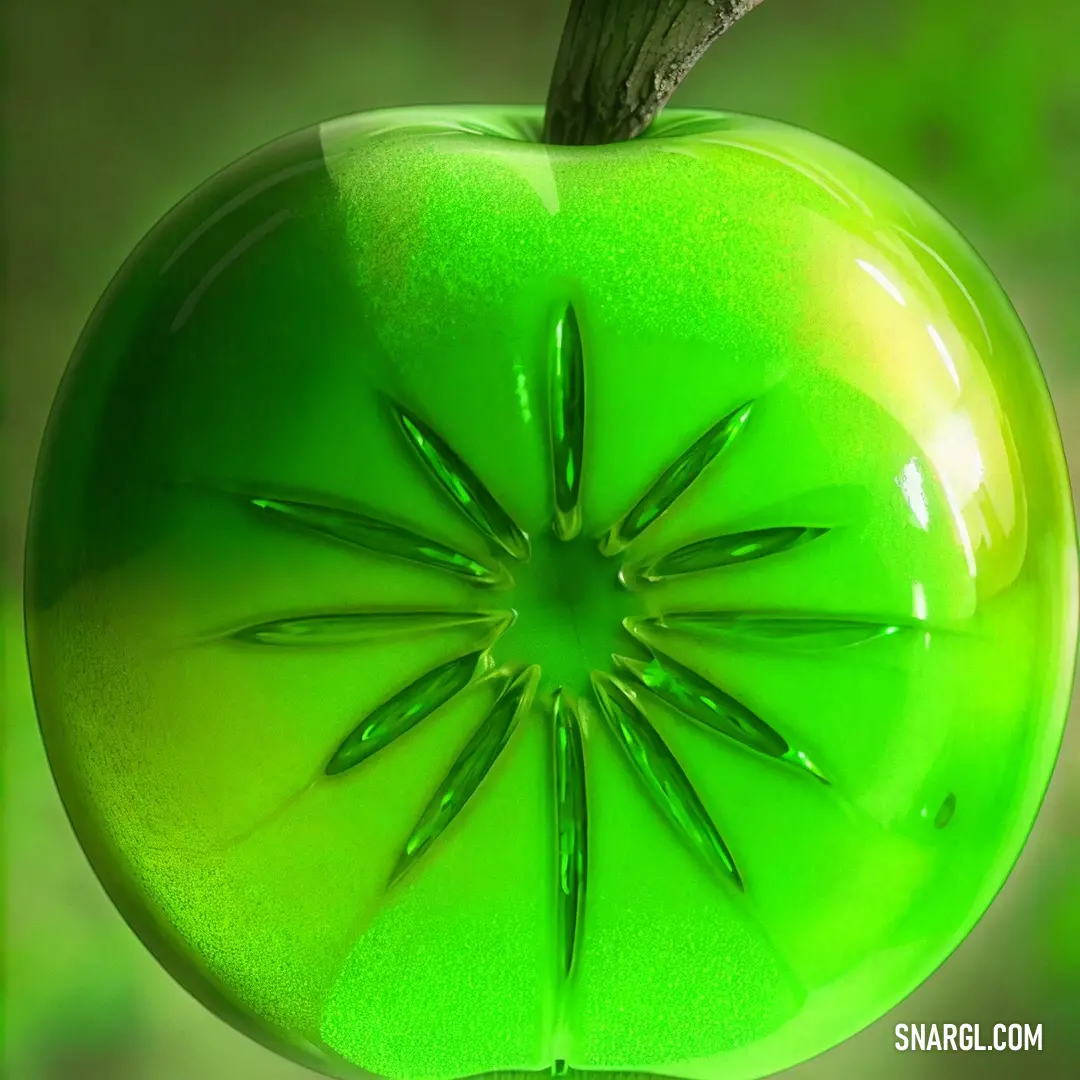
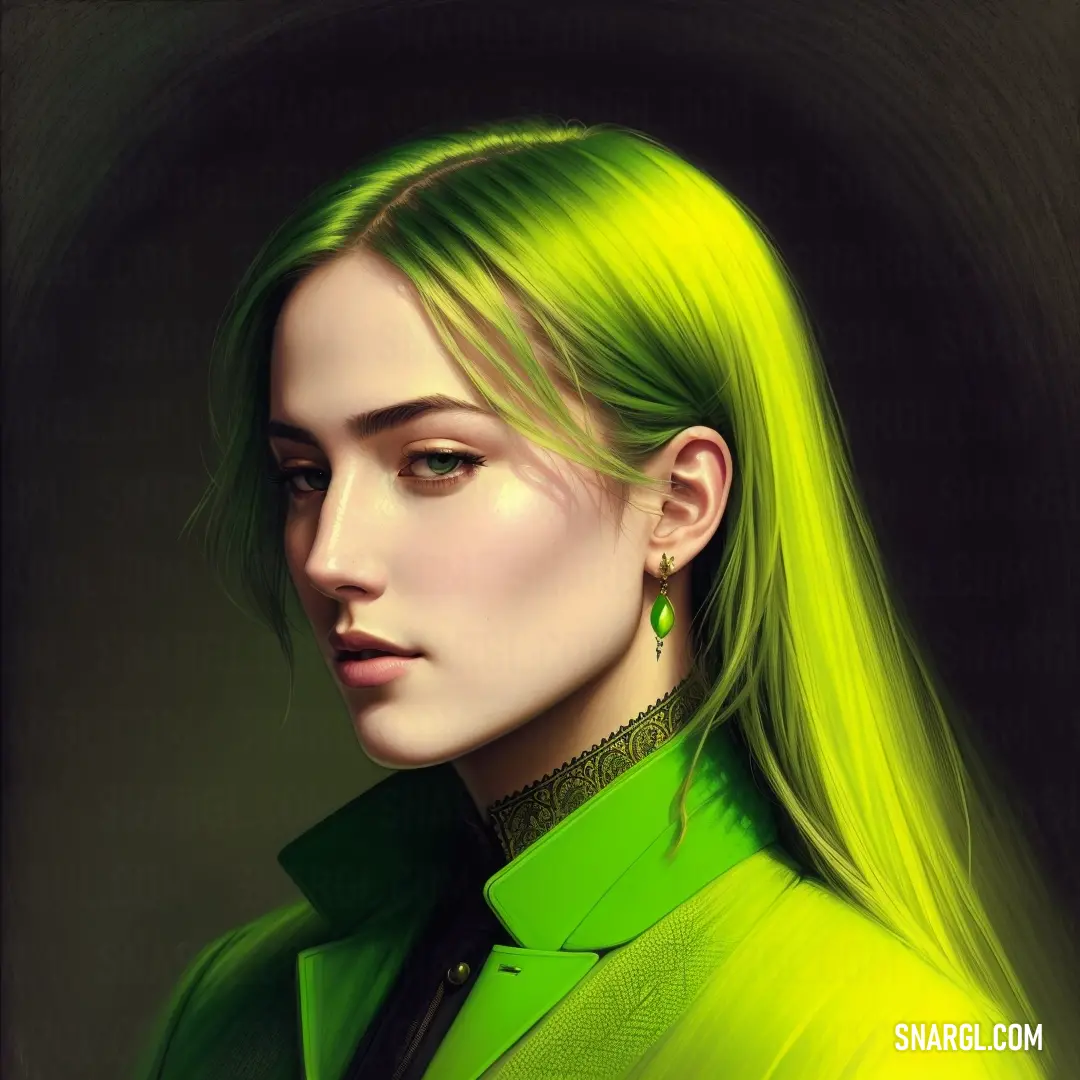
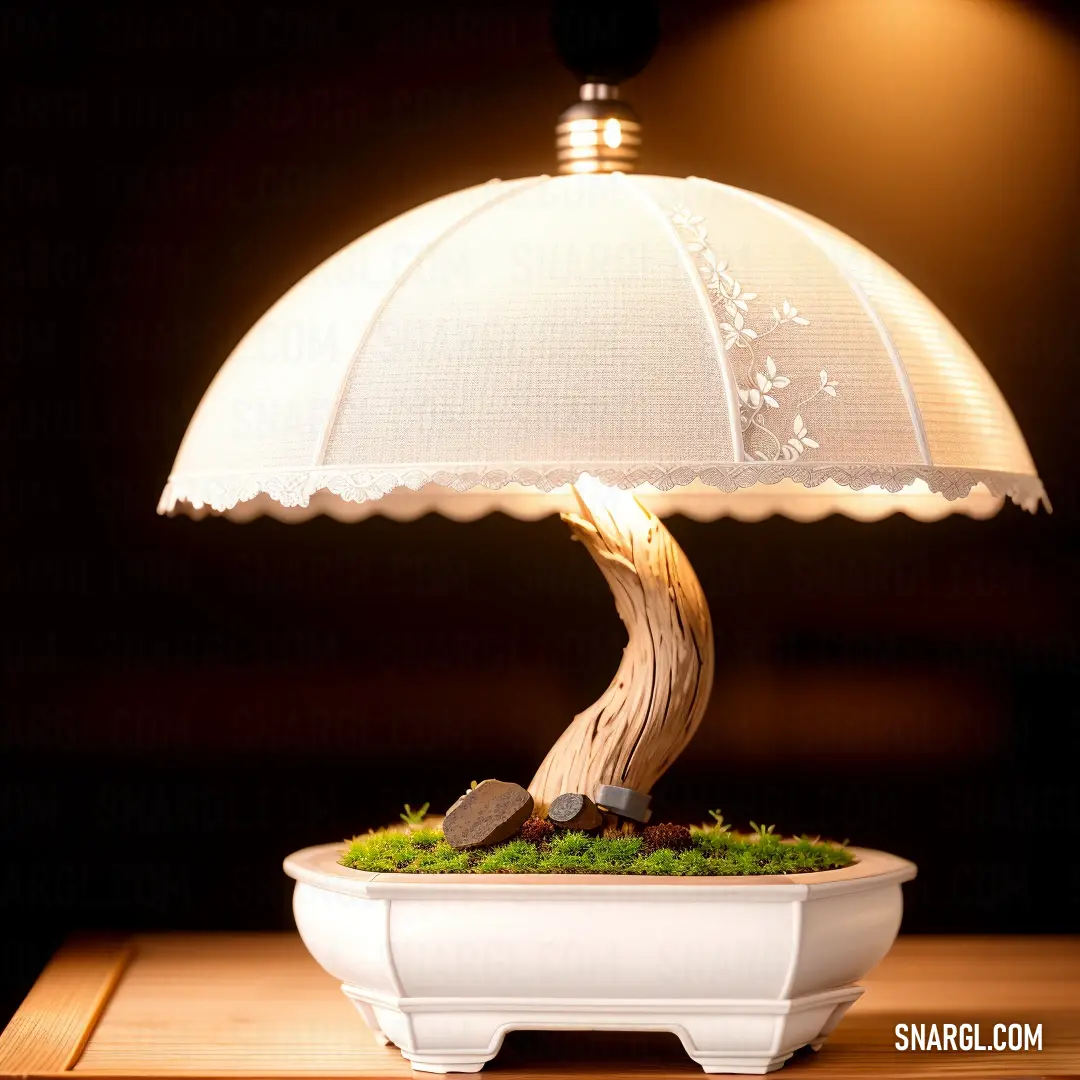



This color has a HEX code of #8DB600, which means it is composed of 55.29% red, 71.37% green and 0% blue in the RGB color space.
It is a strong yellow color with a hue angle of 73.5 degrees and a saturation of 100%.
It is not in the X11 and web color lists, so it cannot be used by name in HTML and CSS code.
Example of the palette with the Apple Green color

See these colors in NCS, PANTONE, RAL palettes...
What are the examples of Apple Green color in life?
It is often associated with freshness, nature, and health.
Some examples of Apple Green color in life are:
Apple Green fruits and vegetables: Some fruits and vegetables that have an Apple Green color are green apples, limes, kiwis, celery, lettuce, broccoli, and cucumbers.
These foods are rich in vitamins, minerals, and antioxidants that can benefit the body and mind.Apple Green home decor: Apple Green can be used to decorate the home with a refreshing and cheerful vibe.
It can be paired with white, gray, or beige for a clean and modern look, or with other bright colors like yellow, orange, or pink for a playful and energetic feel.
Apple Green can also be used as an accent color to add some contrast and interest to a neutral or dark room.
Some examples of Apple Green home decor are rugs, curtains, pillows, lamps, vases, and wall art.Apple Green fashion: Apple Green can be worn to create a fun and lively outfit that stands out from the crowd.
It can be matched with black, navy, or brown for a sophisticated and elegant style, or with other bright colors like turquoise, purple, or coral for a bold and vibrant look.
Apple Green can also be used as an accessory to add a pop of color to a simple or monochrome outfit.
Some examples of Apple Green fashion are dresses, shirts, jackets, shoes, bags, and jewelry.
Example of the palette with the Apple Green color
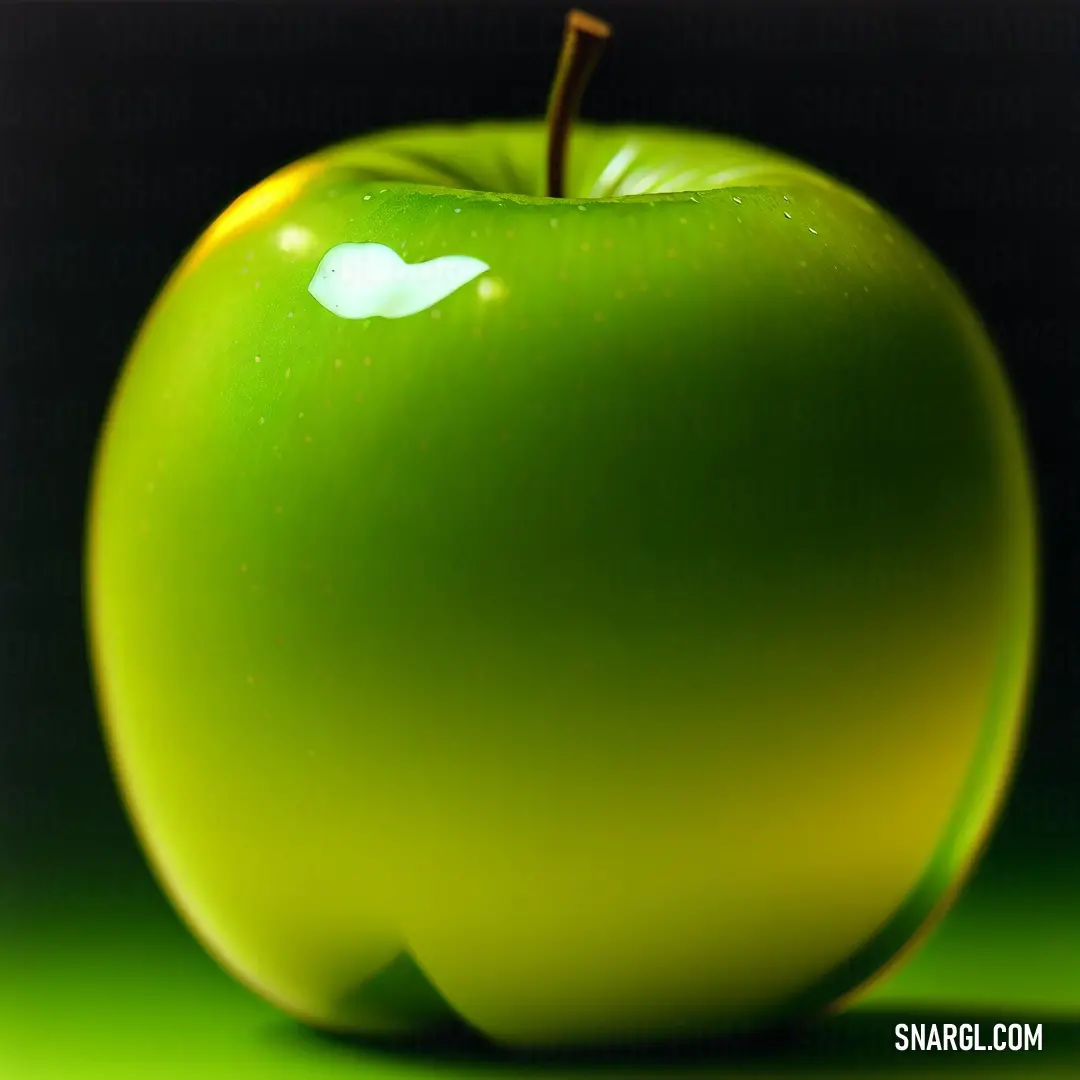
See these colors in NCS, PANTONE, RAL palettes...
How does apple green look?
Example of the palette with the Apple Green color

See these colors in NCS, PANTONE, RAL palettes...
Example of the palette with the Apple Green color

See these colors in NCS, PANTONE, RAL palettes...
What colour goes with apple green?
Example of the palette with the Apple Green color
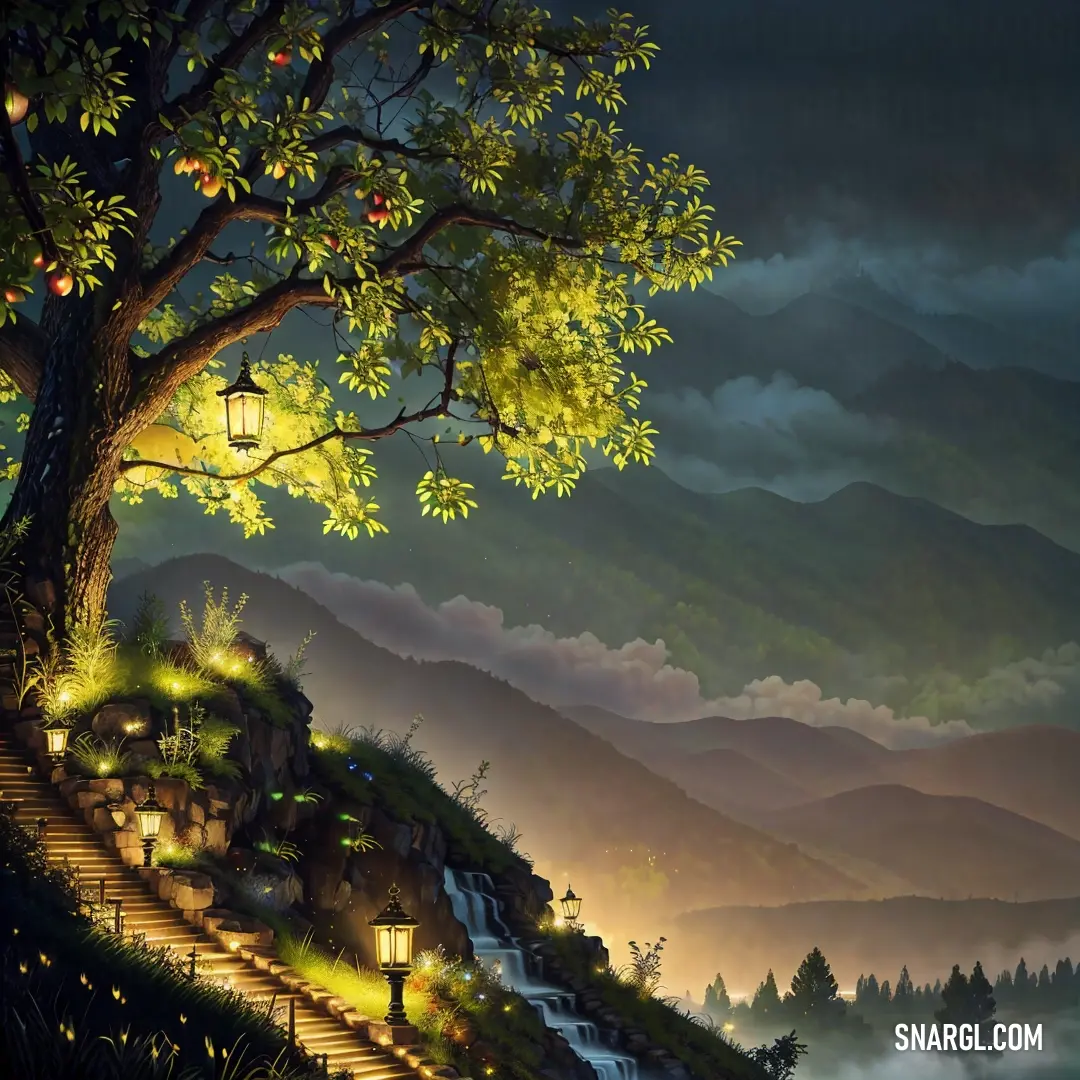
See these colors in NCS, PANTONE, RAL palettes...
What color does a green apple reflect?
Pigments are substances that absorb certain wavelengths of light and reflect others, giving objects their characteristic colors.
Light is composed of different colors, each with a specific wavelength and energy.
When light hits an object, some of the colors are absorbed by the object and some are reflected.
The colors that are reflected are the ones that we see.
The most common pigment in green apples is chlorophyll, which is also found in plants and gives them their green color.
Chlorophyll absorbs red and blue light, and reflects green light.
This is why green apples appear green under white light, which contains all the colors of the rainbow.
However, the color of a green apple can change depending on the type and color of the light source.
For example, if a green apple is illuminated by a red light, it will appear dark or black.
This is because the red light is absorbed by the chlorophyll and there is no green light to reflect.
On the other hand, if a green apple is illuminated by a green light, it will appear bright green.
This is because the green light is transmitted by the chlorophyll and there is no other color to absorb.
The color of a green apple can also change depending on the type and color of the filter used to view it.
A filter is a transparent material that only allows certain colors of light to pass through and blocks others.
For example, if a green apple is viewed through a red filter, it will appear red.
This is because the red filter only transmits red light and absorbs all other colors.
The green apple reflects the red light that passes through the filter and absorbs the rest.
Similarly, if a green apple is viewed through a green filter, it will appear green.
This is because the green filter only transmits green light and absorbs all other colors.
The green apple reflects the green light that passes through the filter and absorbs the rest.
To summarize, a green apple reflects the color green because of the chlorophyll pigment in its skin, which absorbs red and blue light and reflects green light.
The color of a green apple can change depending on the color of the light source and the filter used to view it.
Example of the palette with the Apple Green color

See these colors in NCS, PANTONE, RAL palettes...
Example of the palette with the Apple Green color
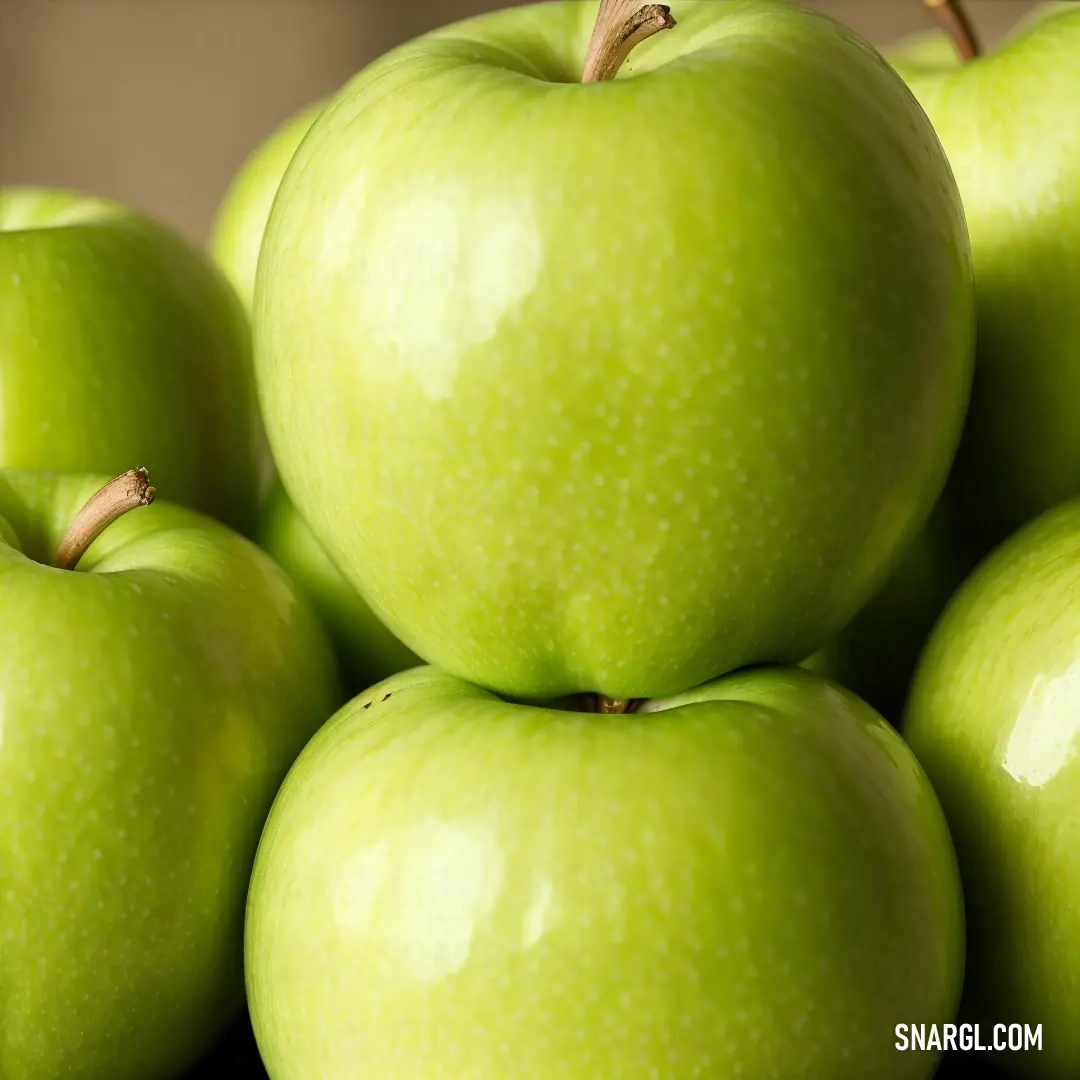
See these colors in NCS, PANTONE, RAL palettes...
What does green color symbolize?
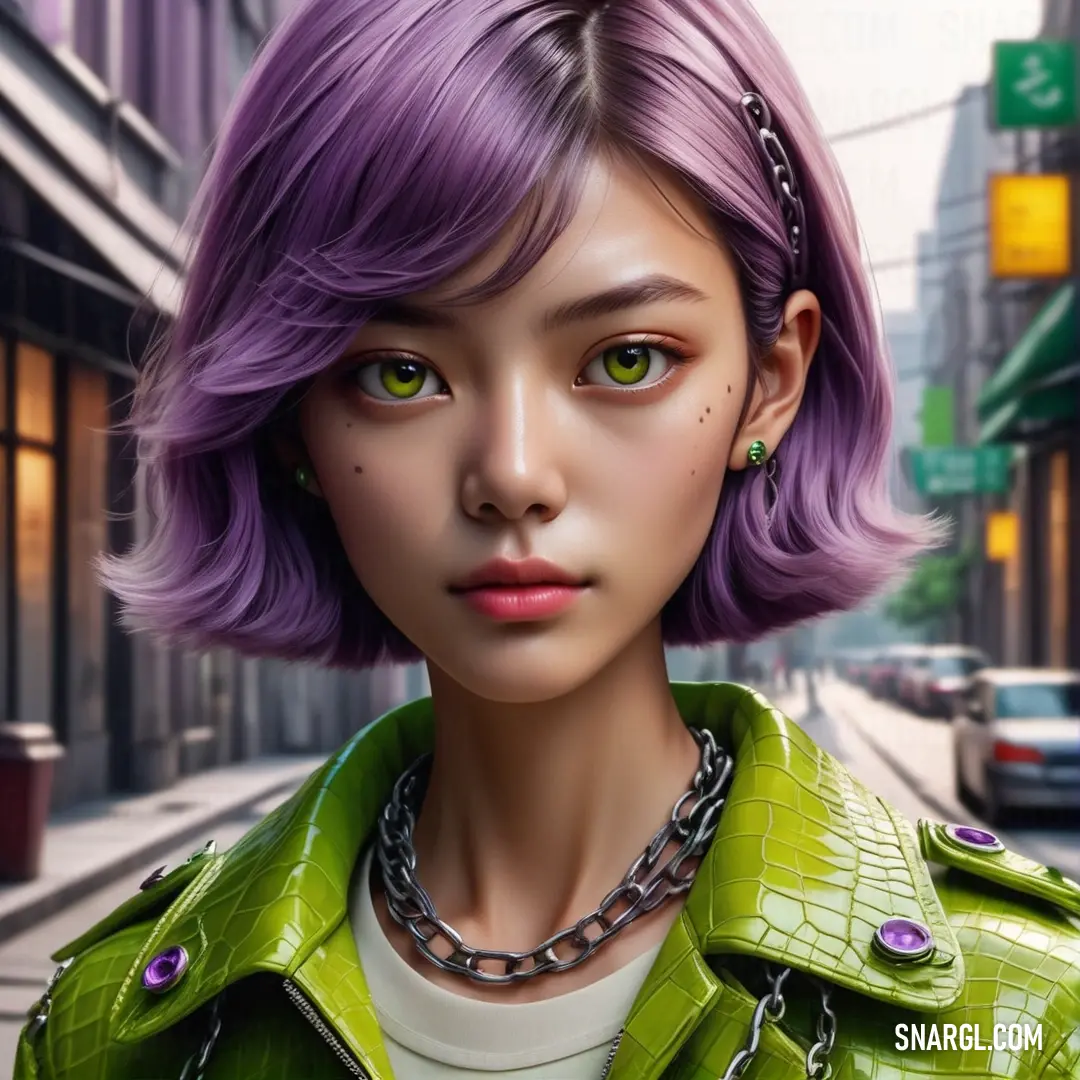
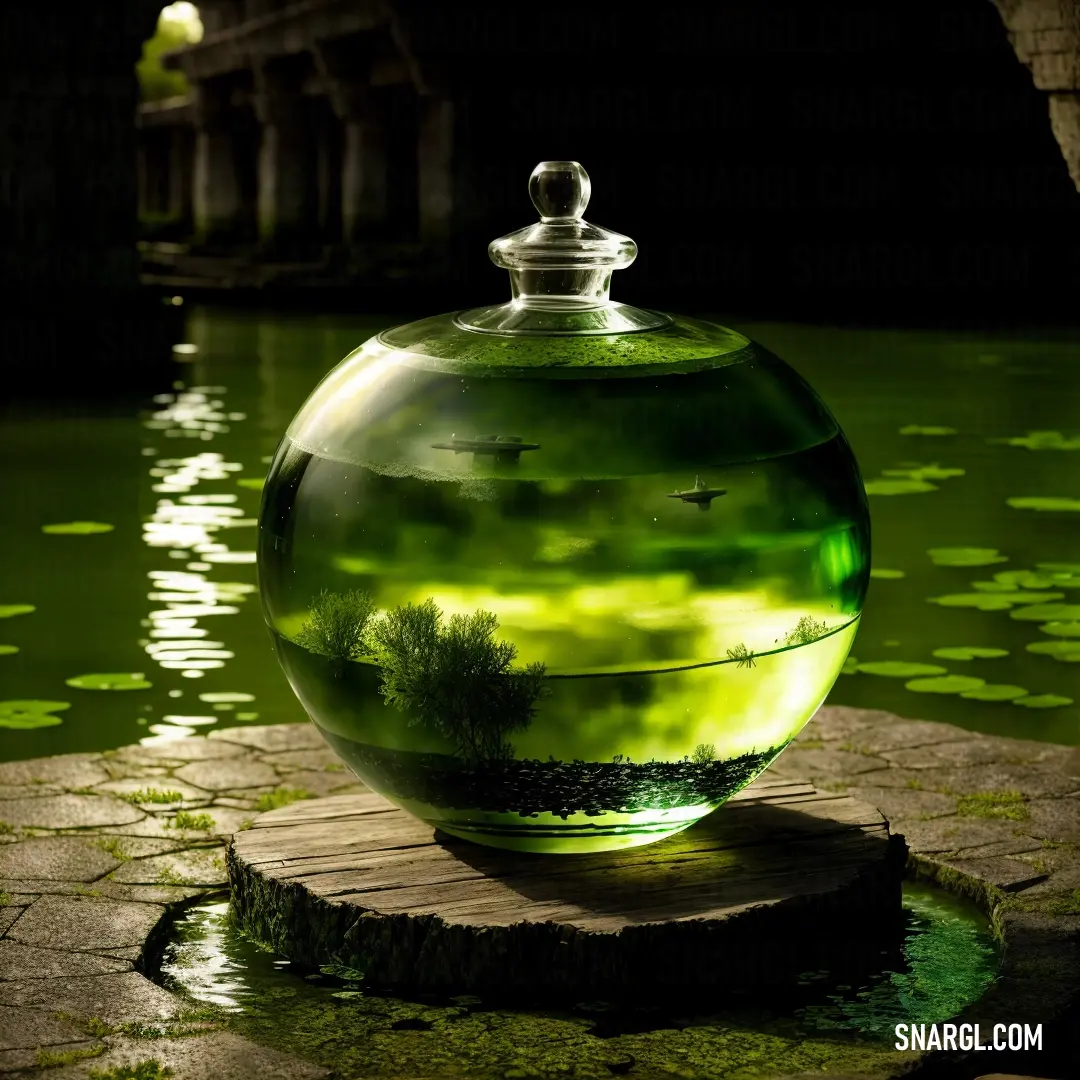
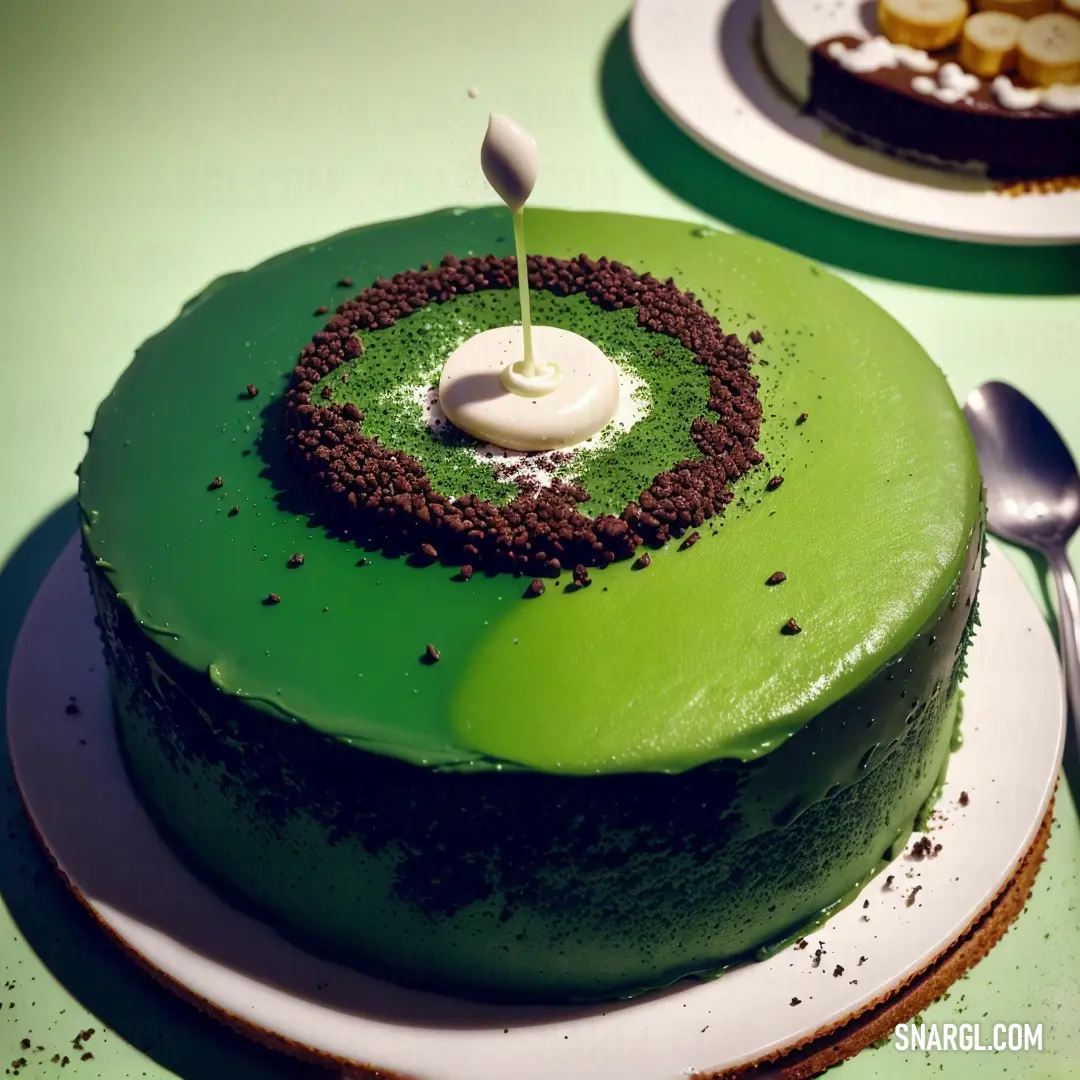
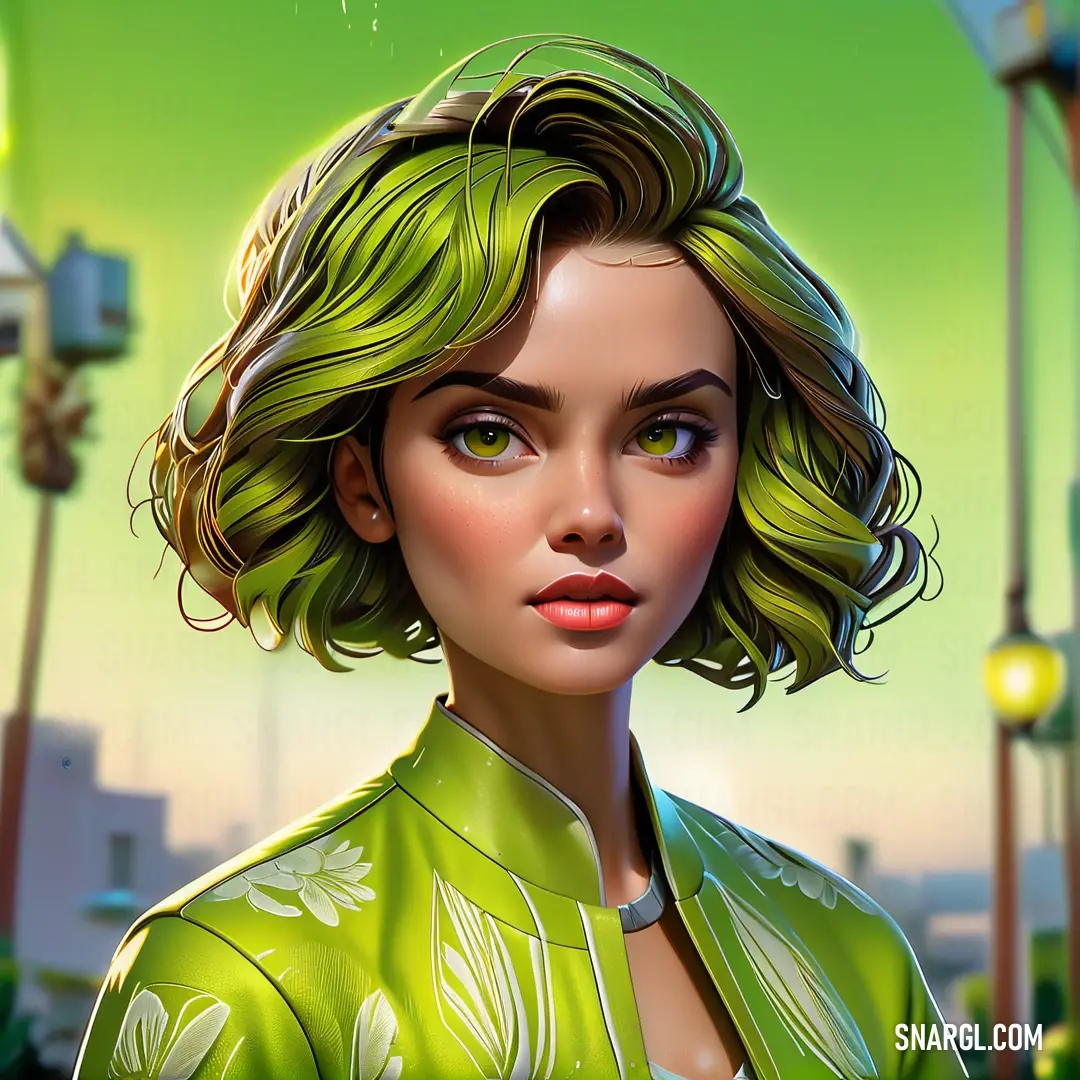
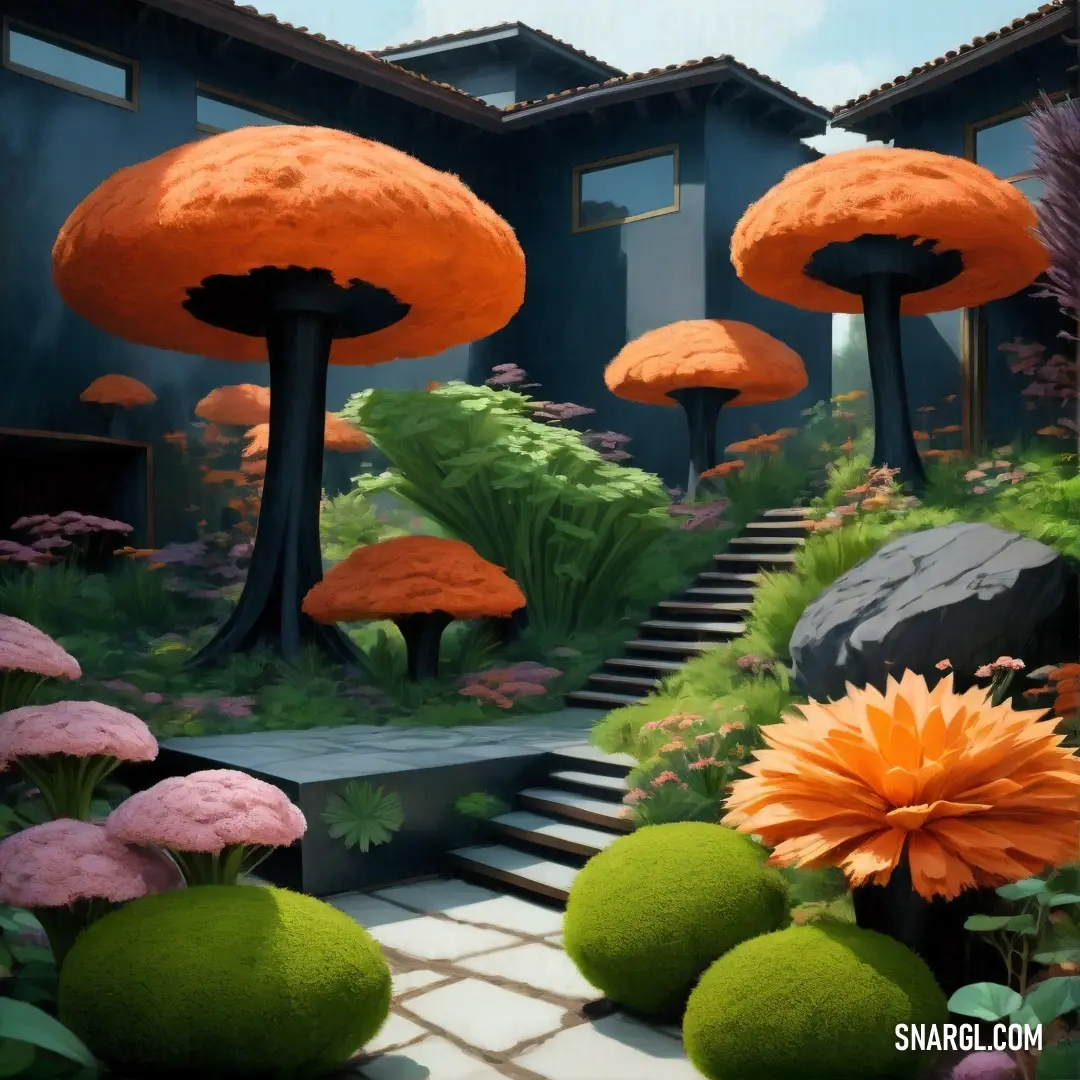
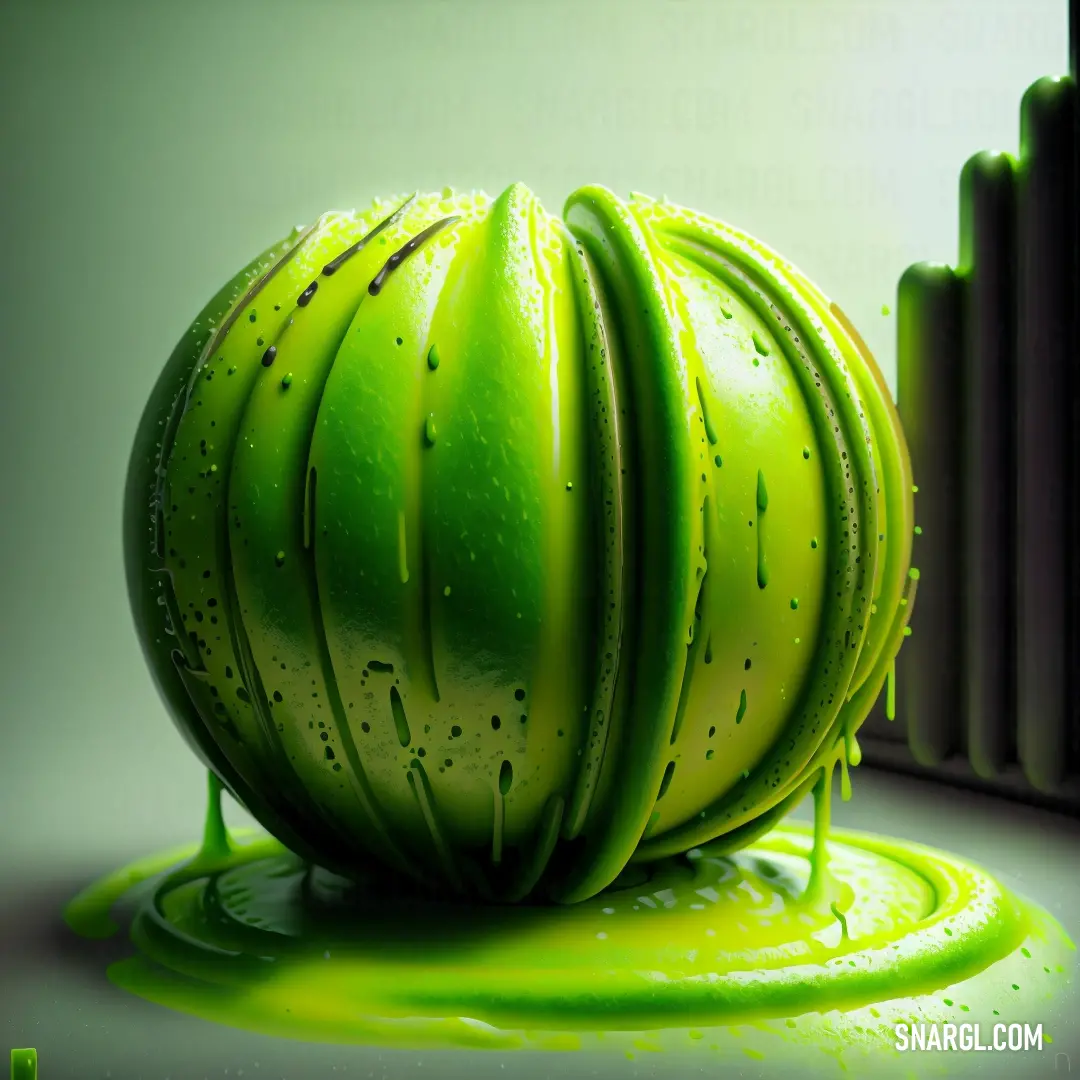
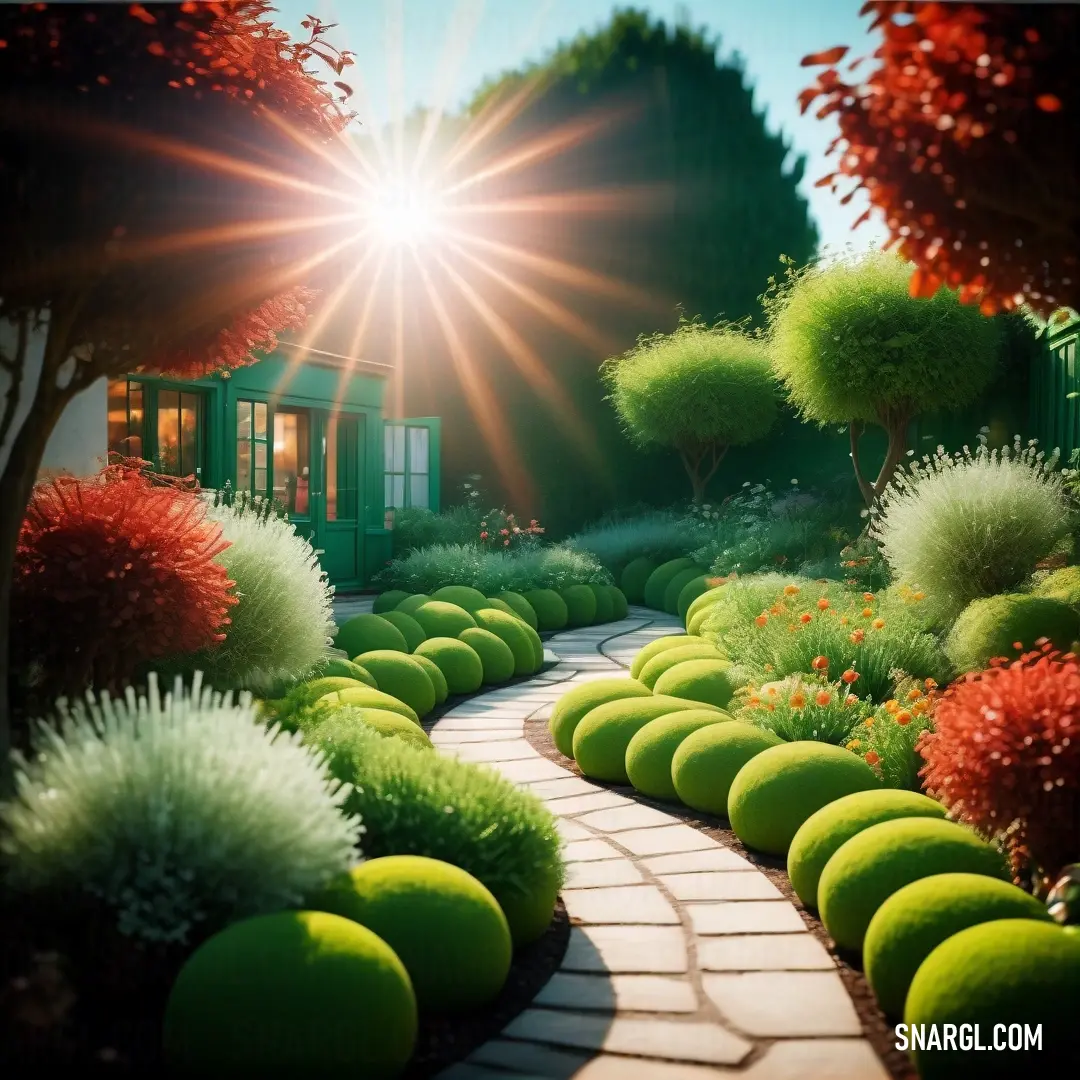
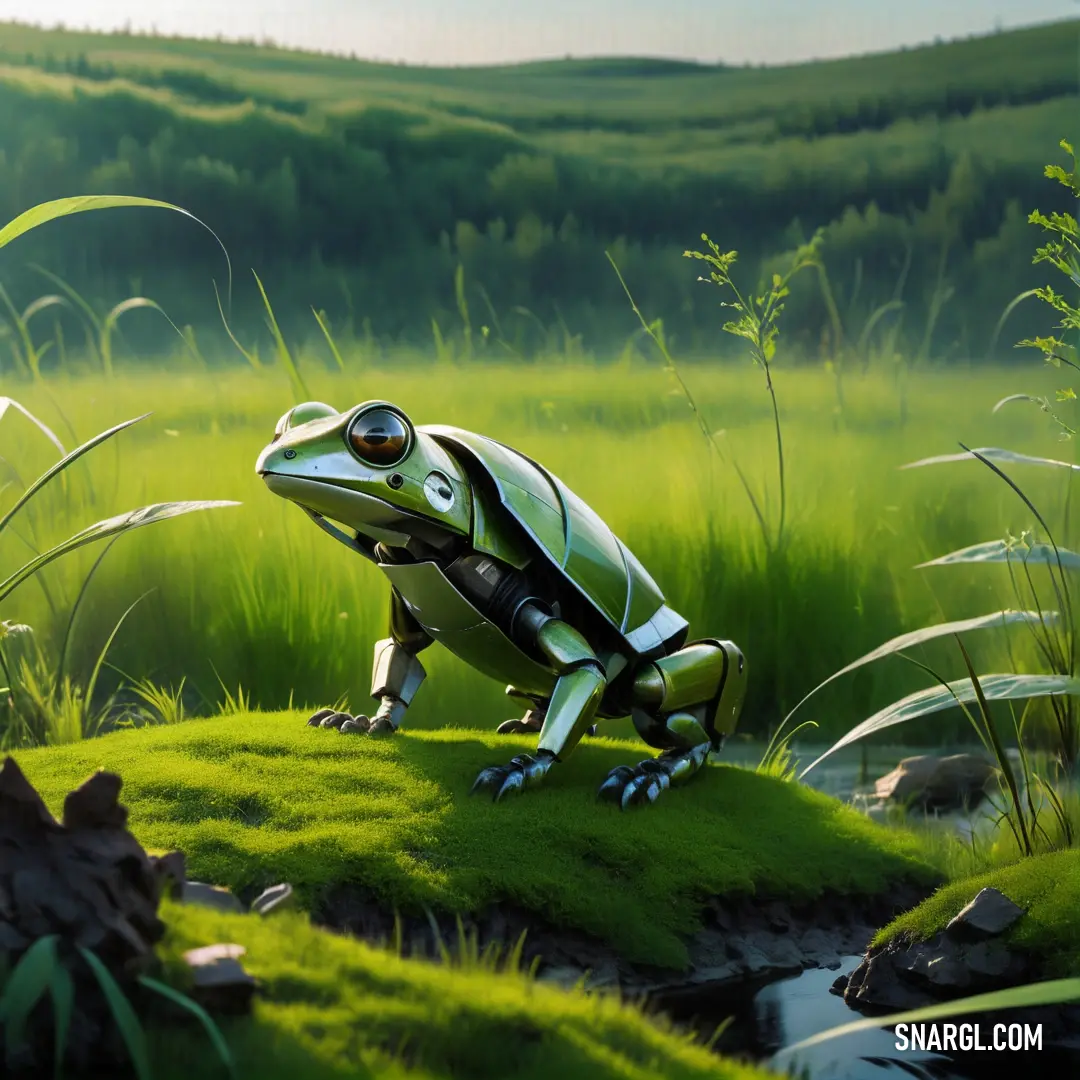
It symbolizes good health, generosity, hope, and harmony.
It is also a calming and relaxing color that can reduce stress and promote balance.
However, green can also have negative meanings, such as envy, greed, and sickness.
Green color can have different meanings in different cultures and contexts.
For example, in Islam, green is a sacred color that represents respect and the prophet Muhammad.
In China, green can imply infidelity or adultery.
In the Bible, green can signify immortality, resurrection, and fertility.
It is also the color of the heart chakra, which is related to love, compassion, and healing.
Green is a versatile and complex color that can evoke various emotions and associations.
It can be used to create a soothing, natural, or fresh atmosphere, or to convey a sense of growth, progress, or vitality.
Example of the palette with the Apple Green color

See these colors in NCS, PANTONE, RAL palettes...
Example of the palette with the Apple Green color
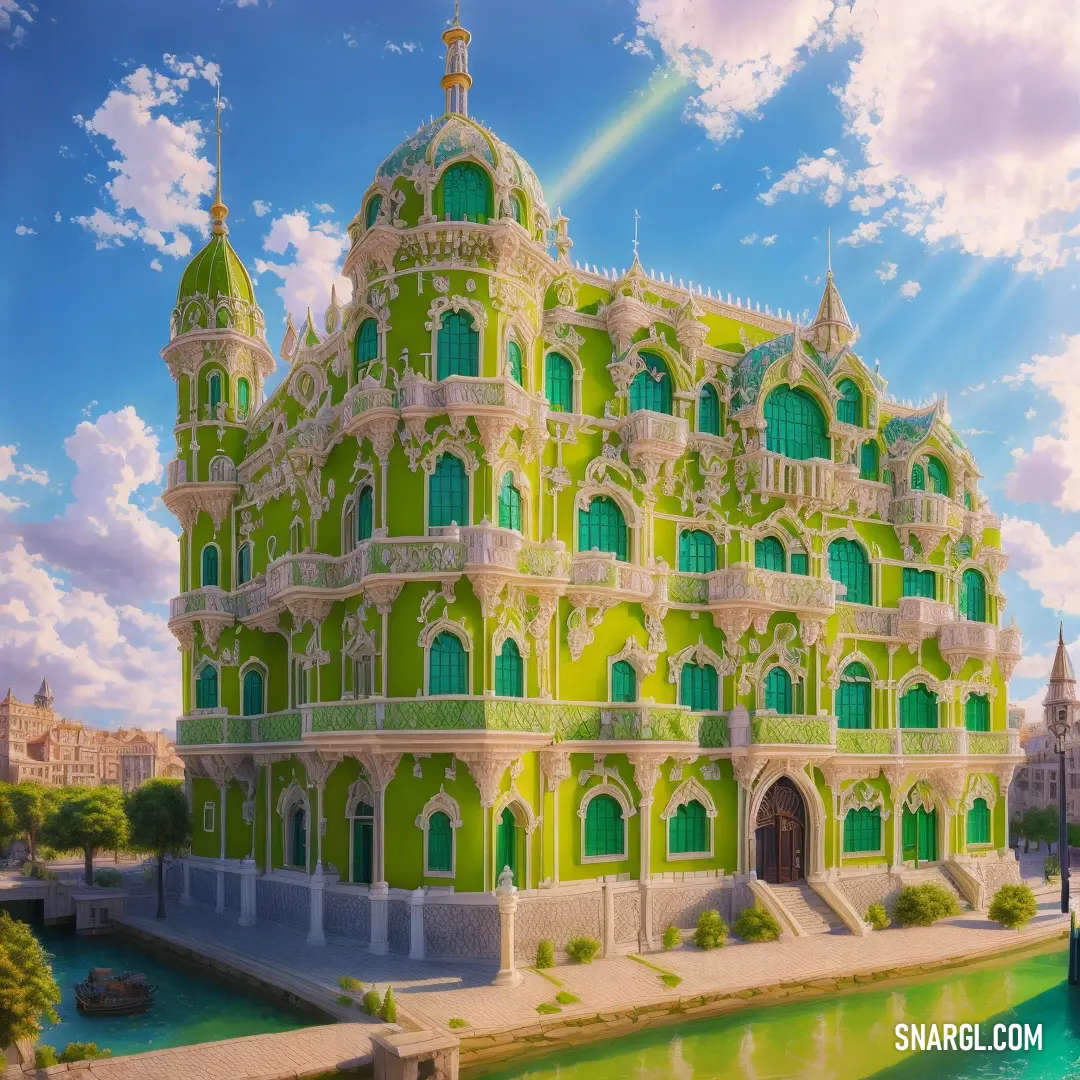
See these colors in NCS, PANTONE, RAL palettes...
What looks best in Apple Green?
It is a light and bright shade of green with a hint of yellow.
This color often associated with nature, health, freshness and vitality.
Some examples of what looks best in Apple Green are:
Plants and flowers: Apple Green is a natural choice for plants and flowers, as it creates a harmonious and lively contrast with other colors.
For example, you can pair Apple Green with white, pink, purple, or orange flowers to create a beautiful bouquet or garden.Clothing and accessories: Apple Green can be a flattering and fashionable color for clothing and accessories, especially in spring and summer.
It can make you stand out from the crowd and express your personality.
You can wear Apple Green with neutral colors like black, white, gray, or beige, or with complementary colors like purple, blue, or magenta.Home decor and furniture: Apple Green can brighten up your home and add some freshness and energy to your space.
It can work well with different styles, from modern to rustic, and different materials, from wood to metal.
Use Apple Green as an accent color for walls, curtains, pillows, rugs, or lamps, or as a main color for sofas, chairs, tables, or cabinets.
Example of the palette with the Apple Green color

See these colors in NCS, PANTONE, RAL palettes...
What strange or uncommon things can be of the Apple Green color?
Example of the palette with the Apple Green color

See these colors in NCS, PANTONE, RAL palettes...
Example of the palette with the Apple Green color
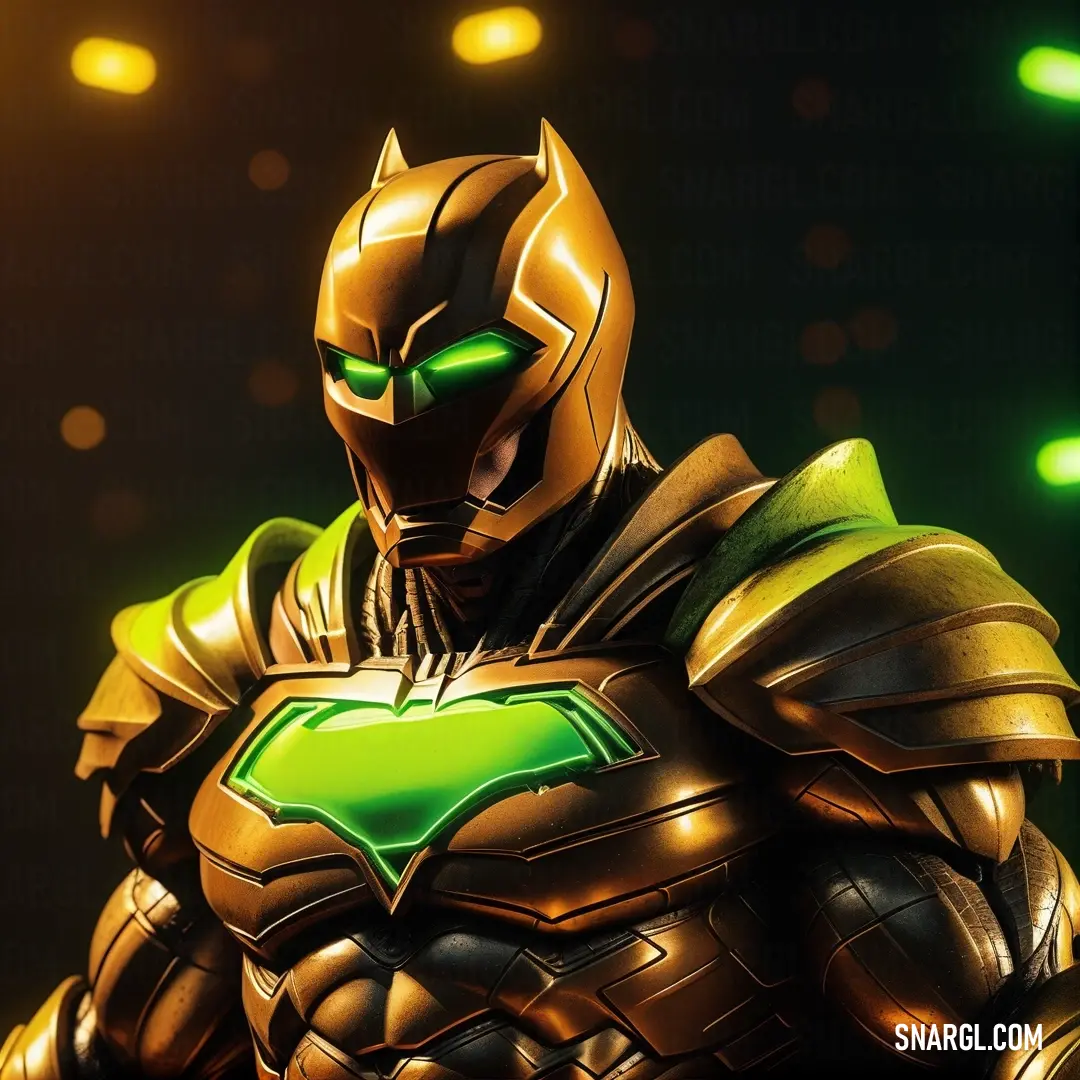
See these colors in NCS, PANTONE, RAL palettes...
The Apple Green Revolution
One sunny afternoon, Dr. Ford was experimenting with a new skin cream in his lab when he accidentally spilled a vial of apple green dye onto his pristine white lab coat. Instead of being upset, he was mesmerized by the vibrant hue. "This color is simply... electrifying!" he exclaimed, twirling around to admire the unexpected splash of color.
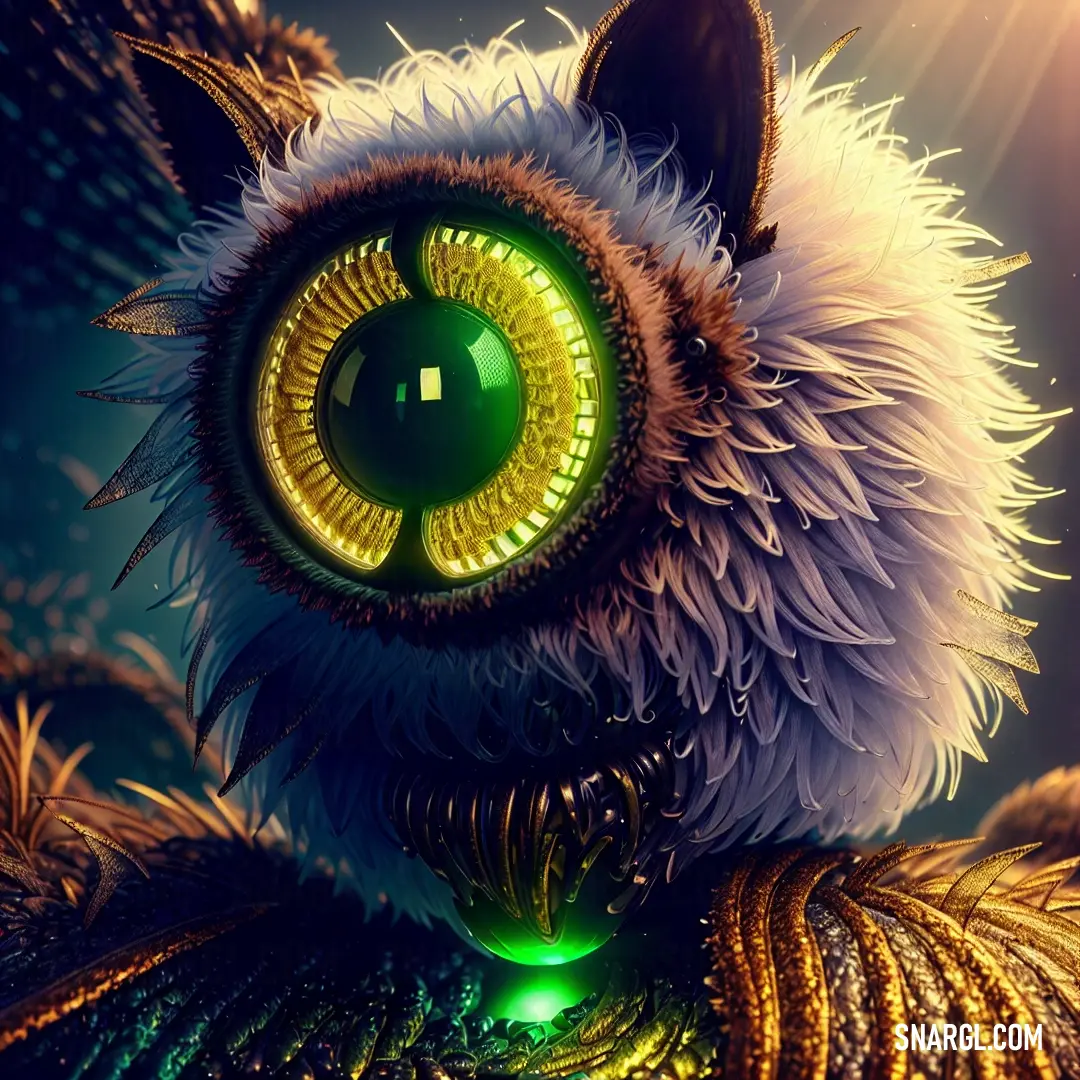
Meanwhile, across town, Professor Honey was in her own lab, trying to create a fabric that could change colors based on the wearer's mood. Her experiments had been unsuccessful so far, resulting in fabrics that either stayed stubbornly grey or turned an alarming shade of neon pink. Frustrated, she decided to take a break and visit her favorite café.
As fate would have it, Dr. Ford and Professor Honey ended up at the same café, both nursing their respective frustrations. Dr. Ford, still wearing his apple green-stained lab coat, caught Professor Honey's eye. "Excuse me," she said, approaching him, "but that color is absolutely stunning! Where did you get it?"
Dr. Ford explained the accidental spill, and Professor Honey's eyes lit up with excitement. "I think we might be onto something here," she said. "What if we combined your apple green dye with my mood-changing fabric?"
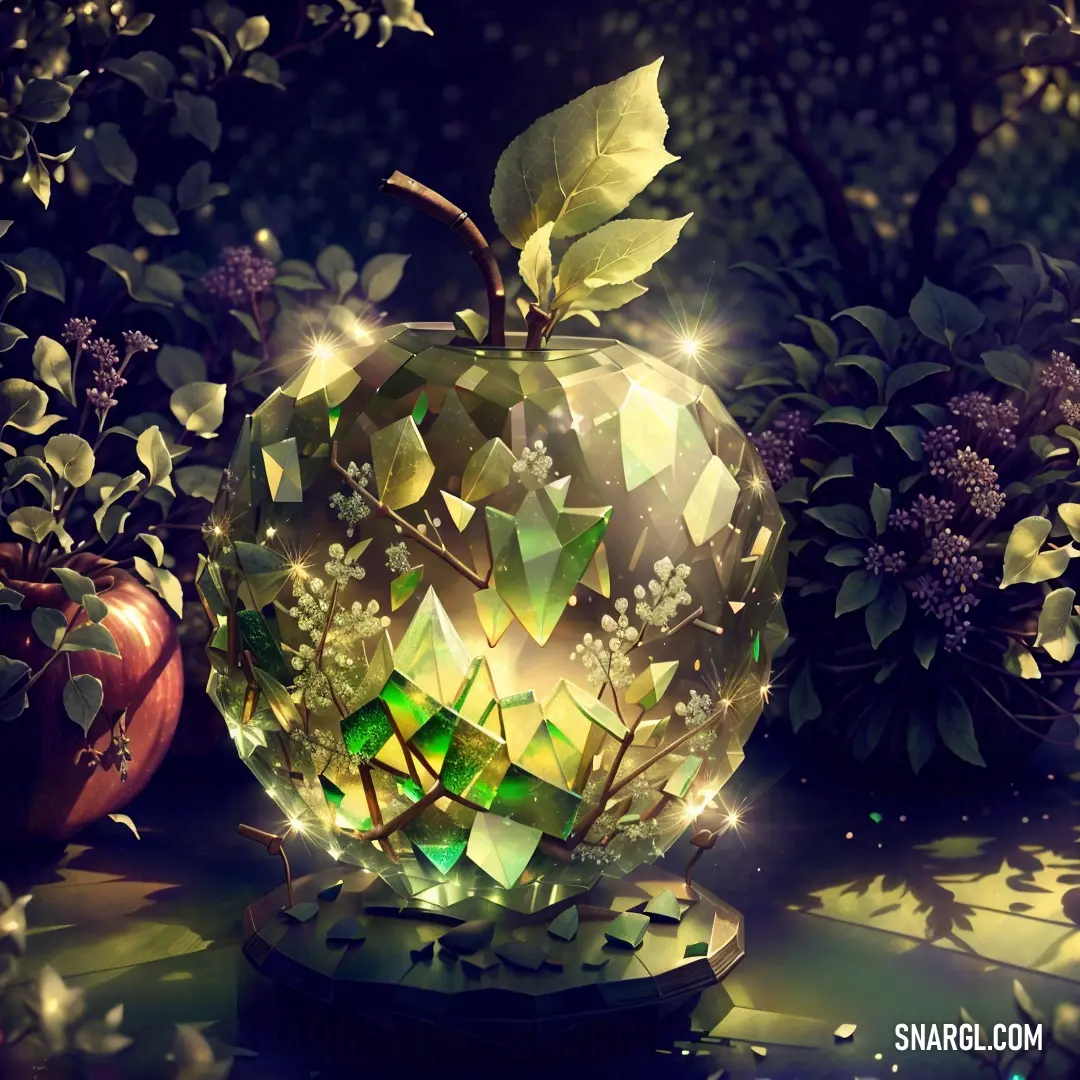
The two quickly became partners, working day and night in Professor Honey's lab. After several failed attempts and a few minor explosions, they finally succeeded. The result was a fabric that not only changed colors based on the wearer's mood but also had a base color of the most striking apple green.
They decided to debut their creation at the annual Fashionopolis Fashion Show. The night of the show, the audience was buzzing with anticipation. As the models strutted down the runway in their apple green outfits, the fabric began to shift colors, reflecting the models' emotions. The crowd gasped in awe as the clothes turned from serene blue to passionate red, then to joyful yellow.
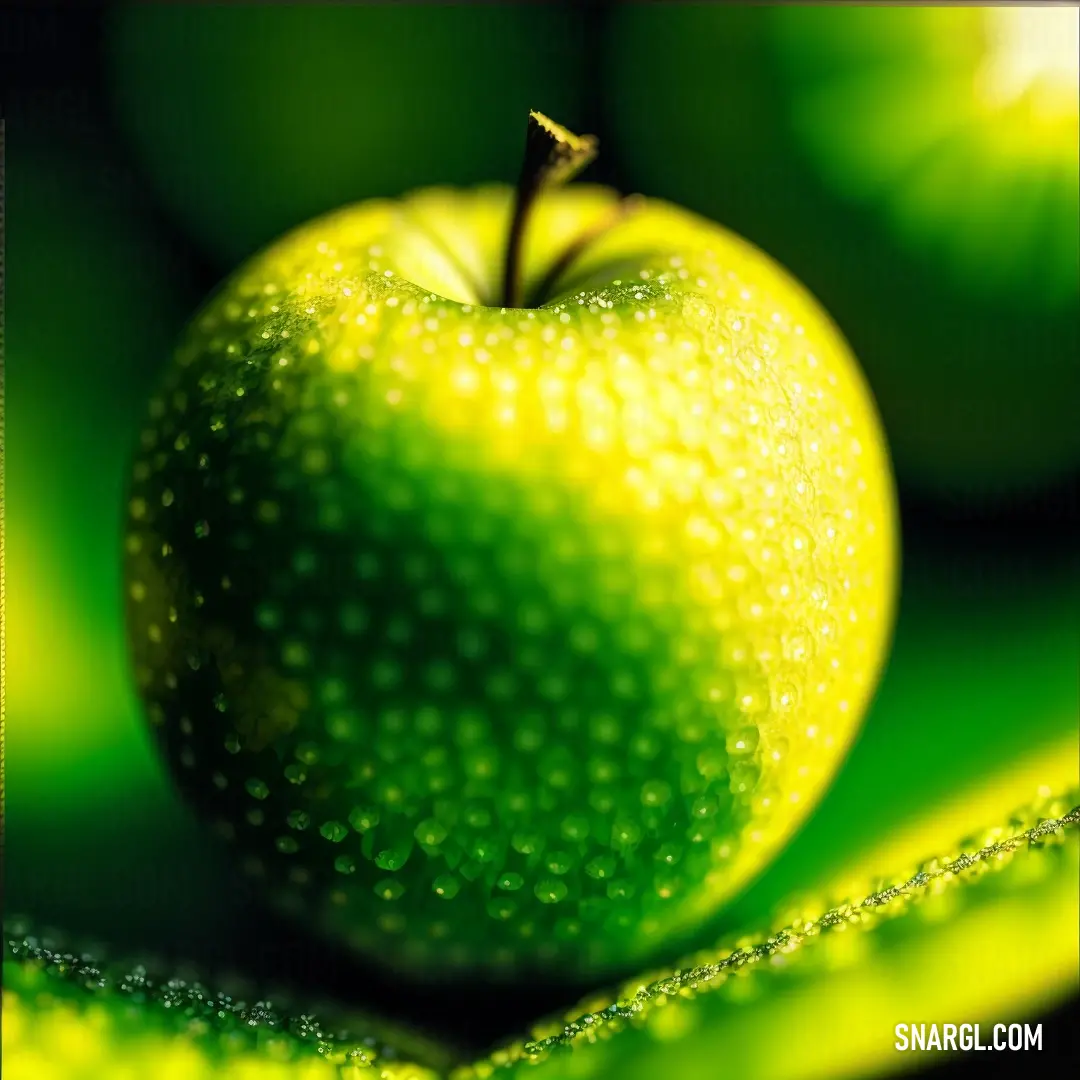
The fashion world was turned upside down. Designers from all over the globe clamored to get their hands on the apple green fabric. Dr. Ford and Professor Honey became overnight sensations, hailed as the pioneers of a new era in fashion.
But their success didn't stop there. They continued to innovate, creating fabrics that could repel stains, generate warmth, and even emit a pleasant fragrance. All of these innovations, of course, featured their signature apple green color.
In the end, Dr. Ford and Professor Honey proved that sometimes, the most extraordinary discoveries come from the most unexpected accidents. And so, the Apple Green Revolution began, changing the world of fashion forever.


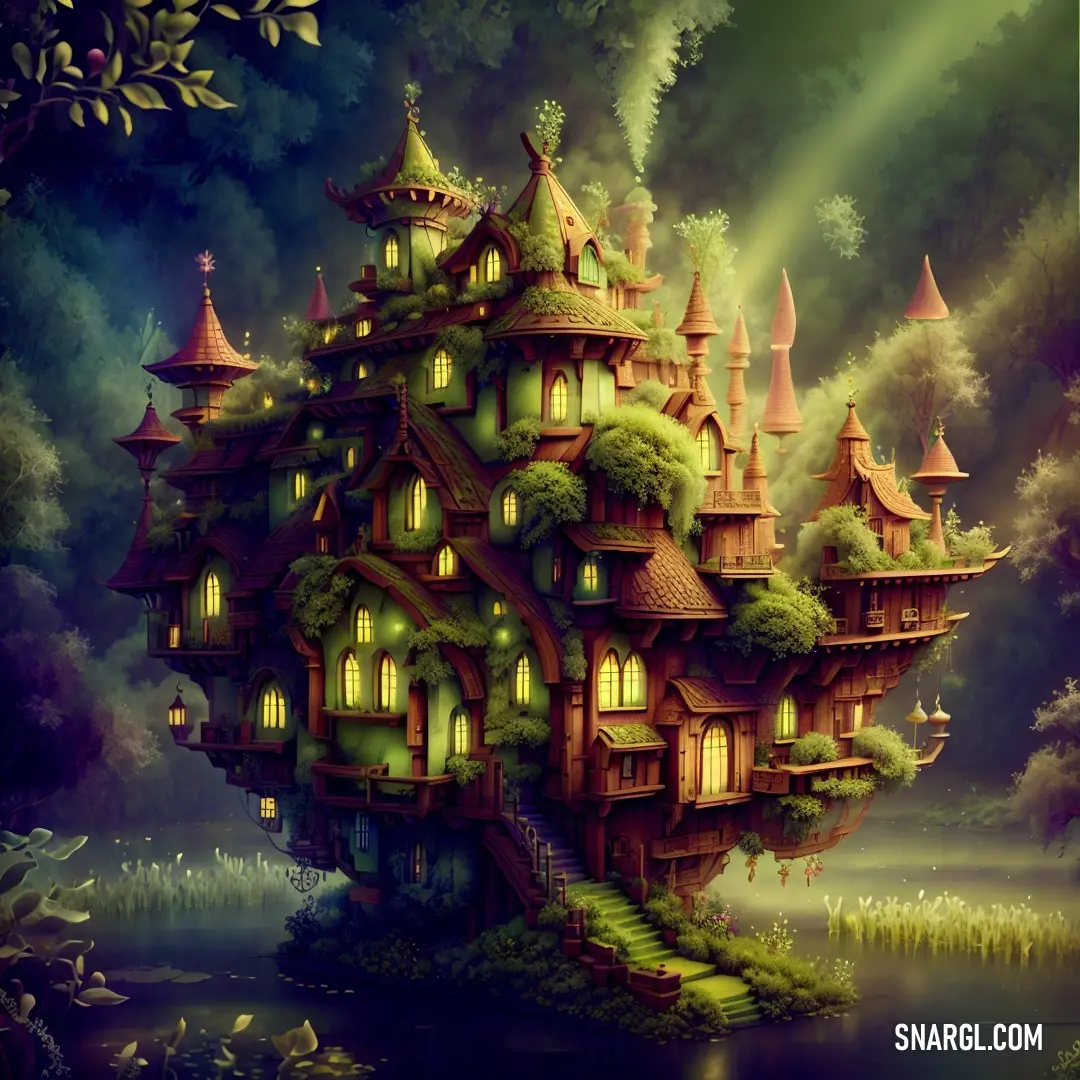




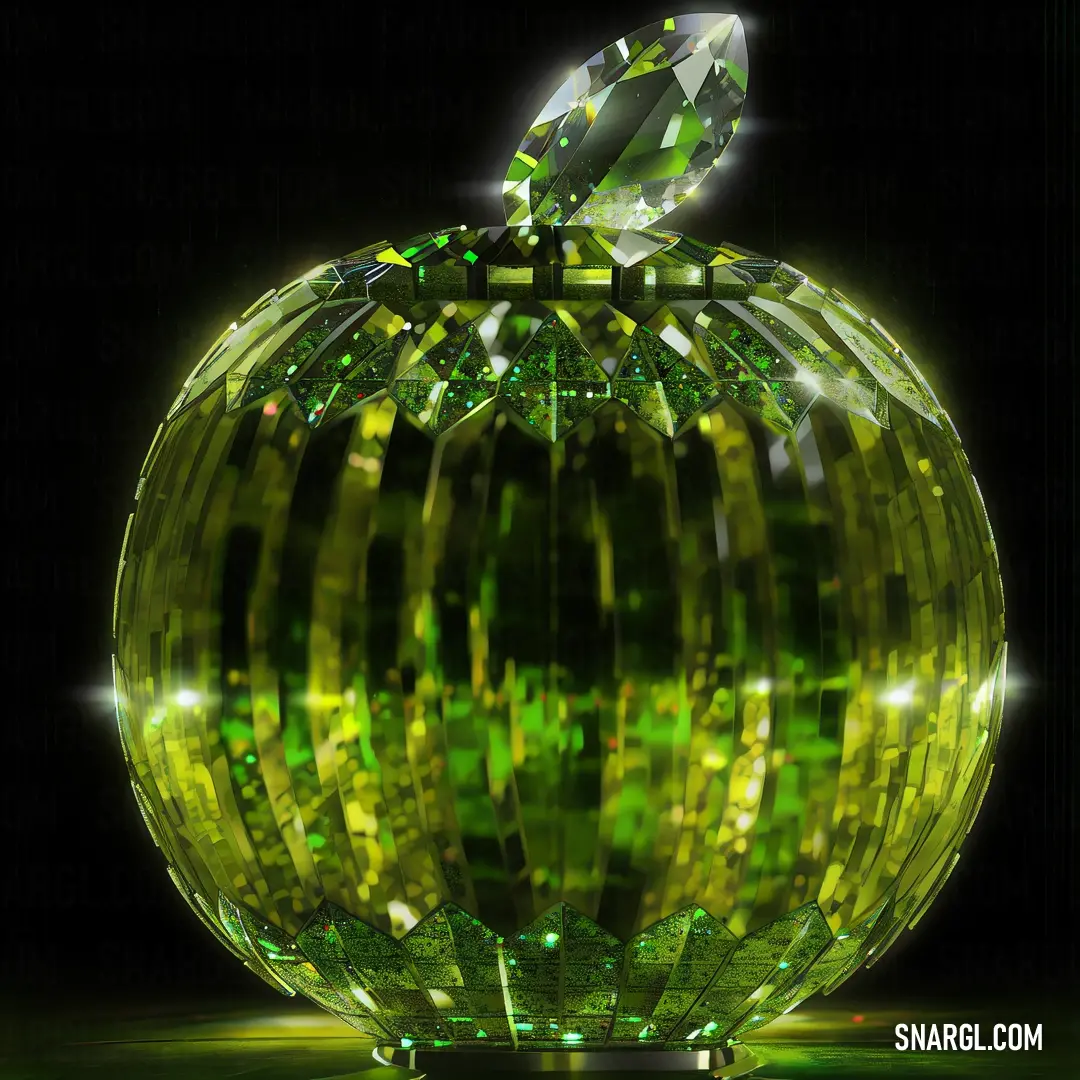
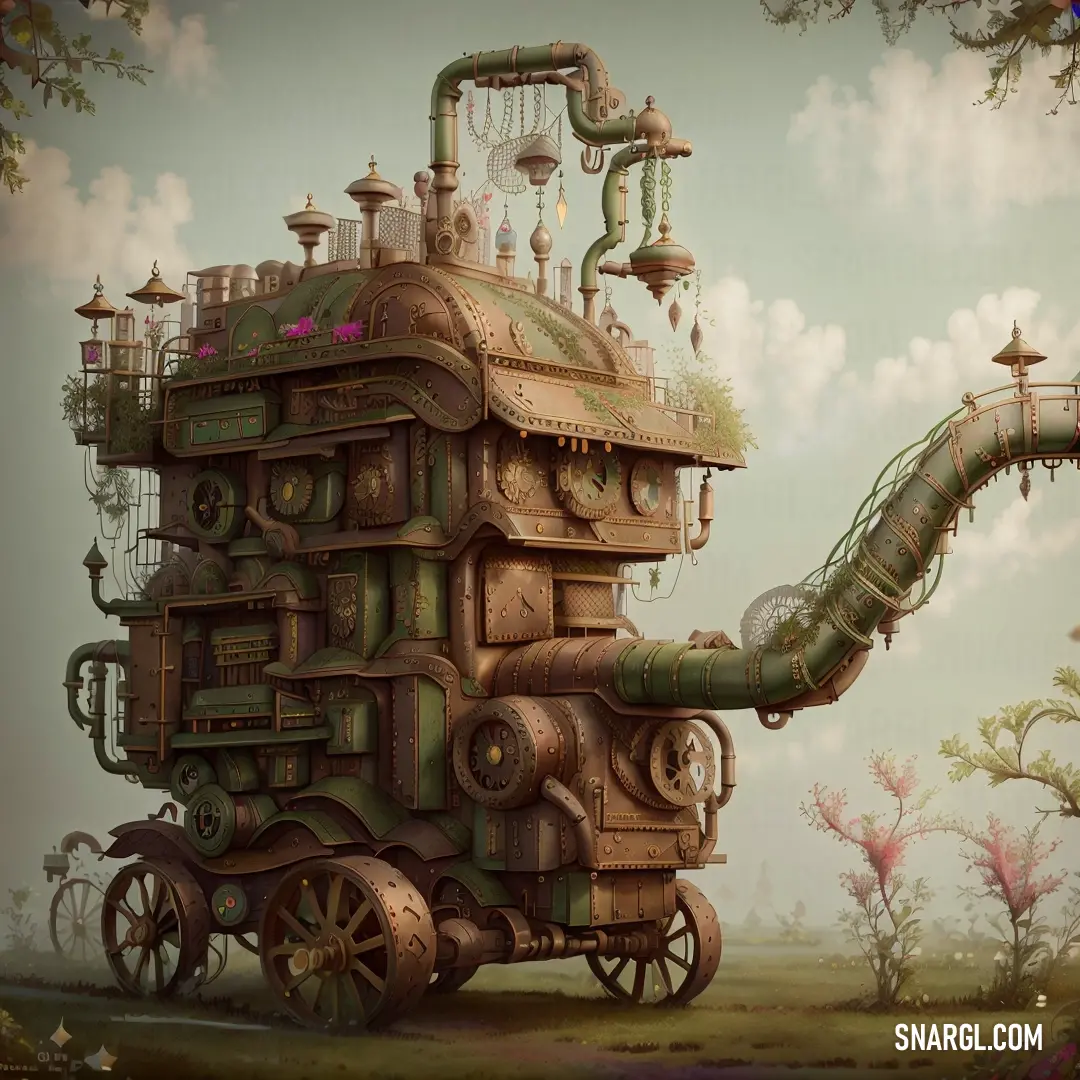
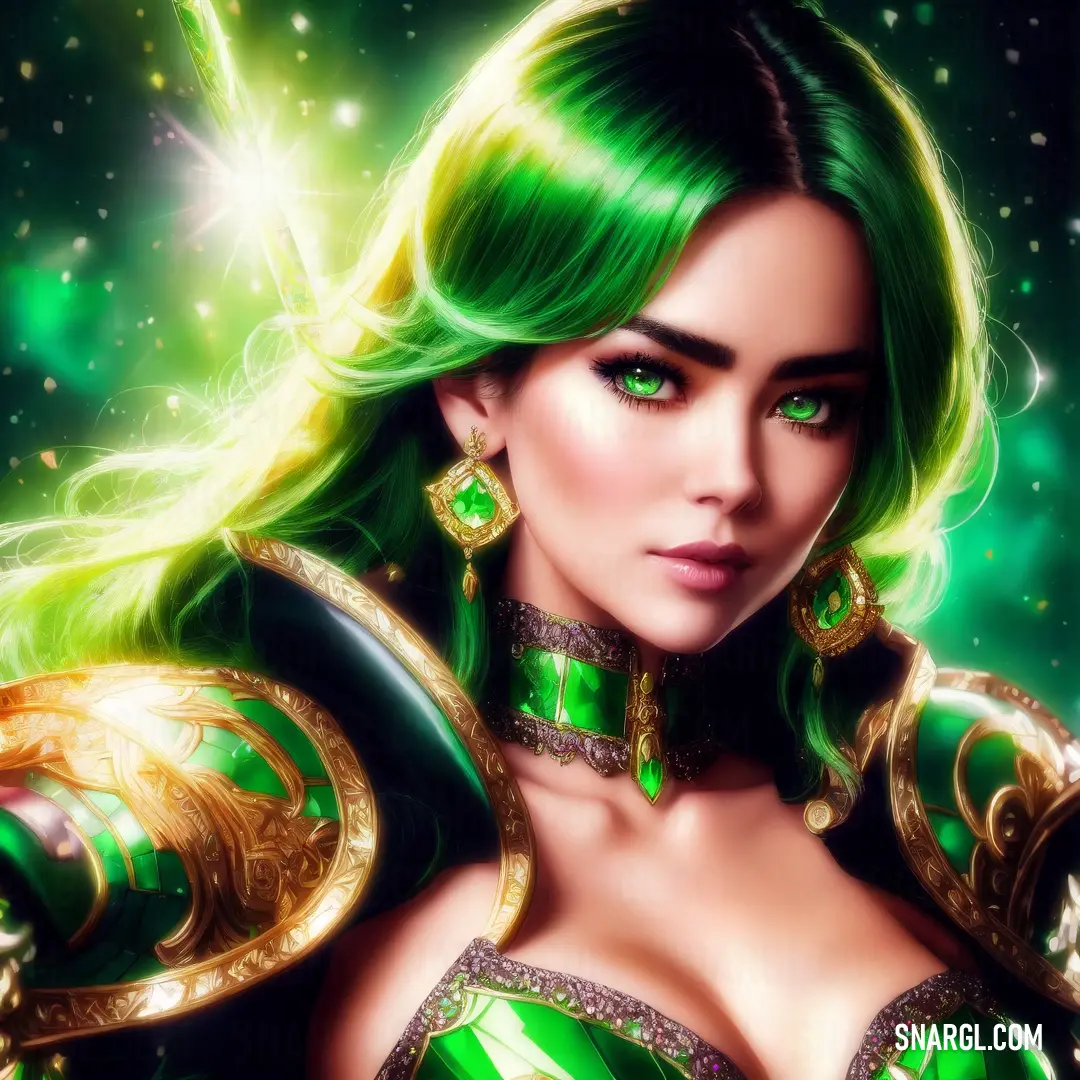

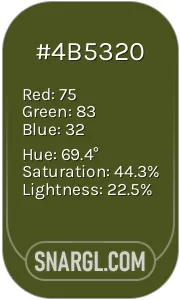 Army Green
Army Green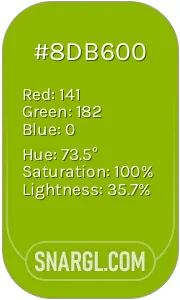 Apple Green
Apple Green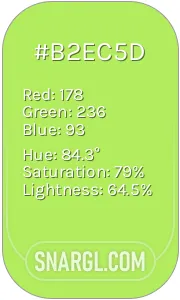 Inchworm
Inchworm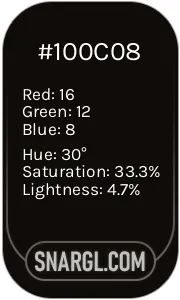 Smoky black
Smoky black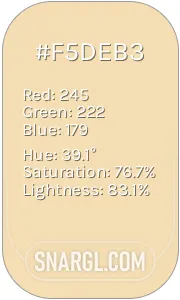 Wheat
Wheat
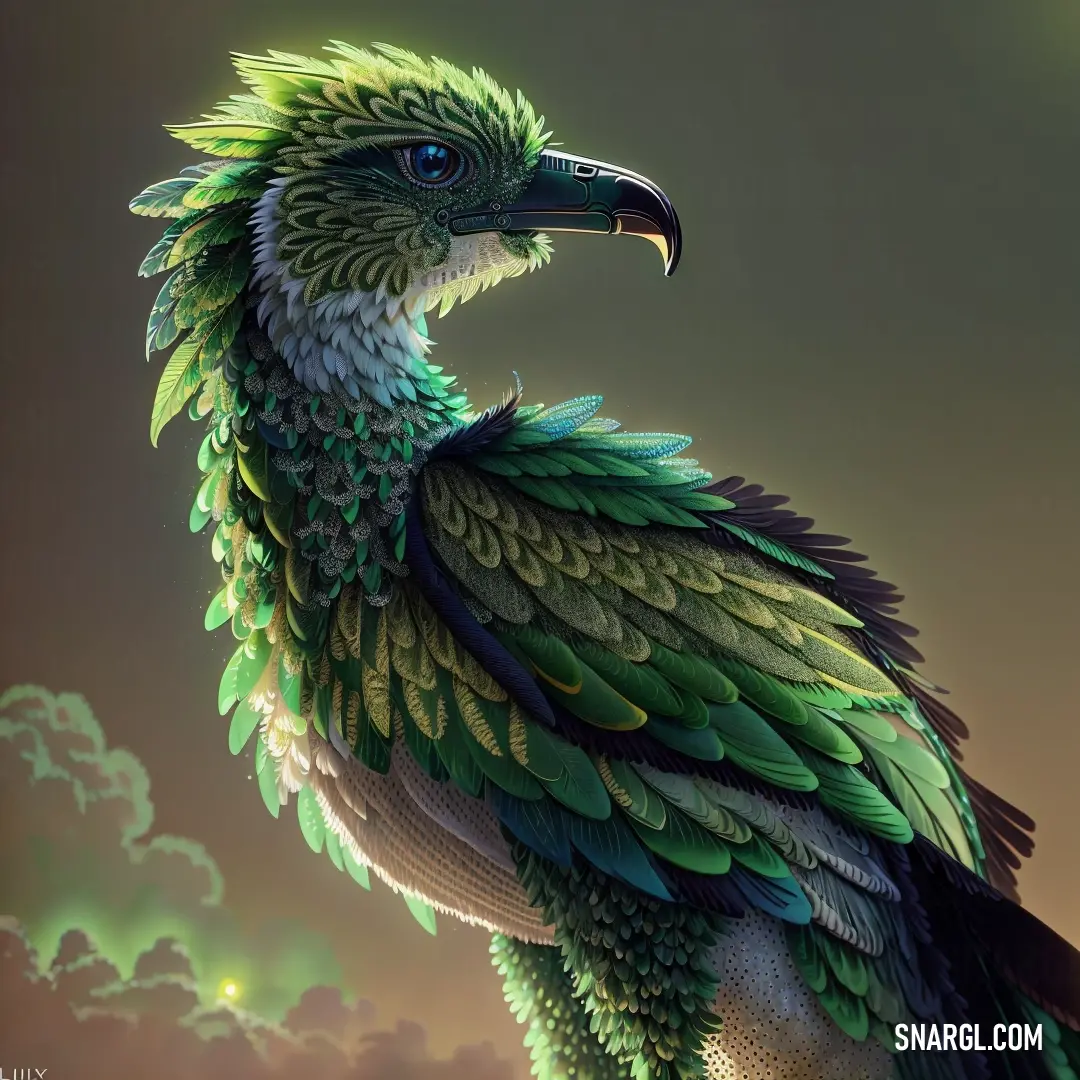
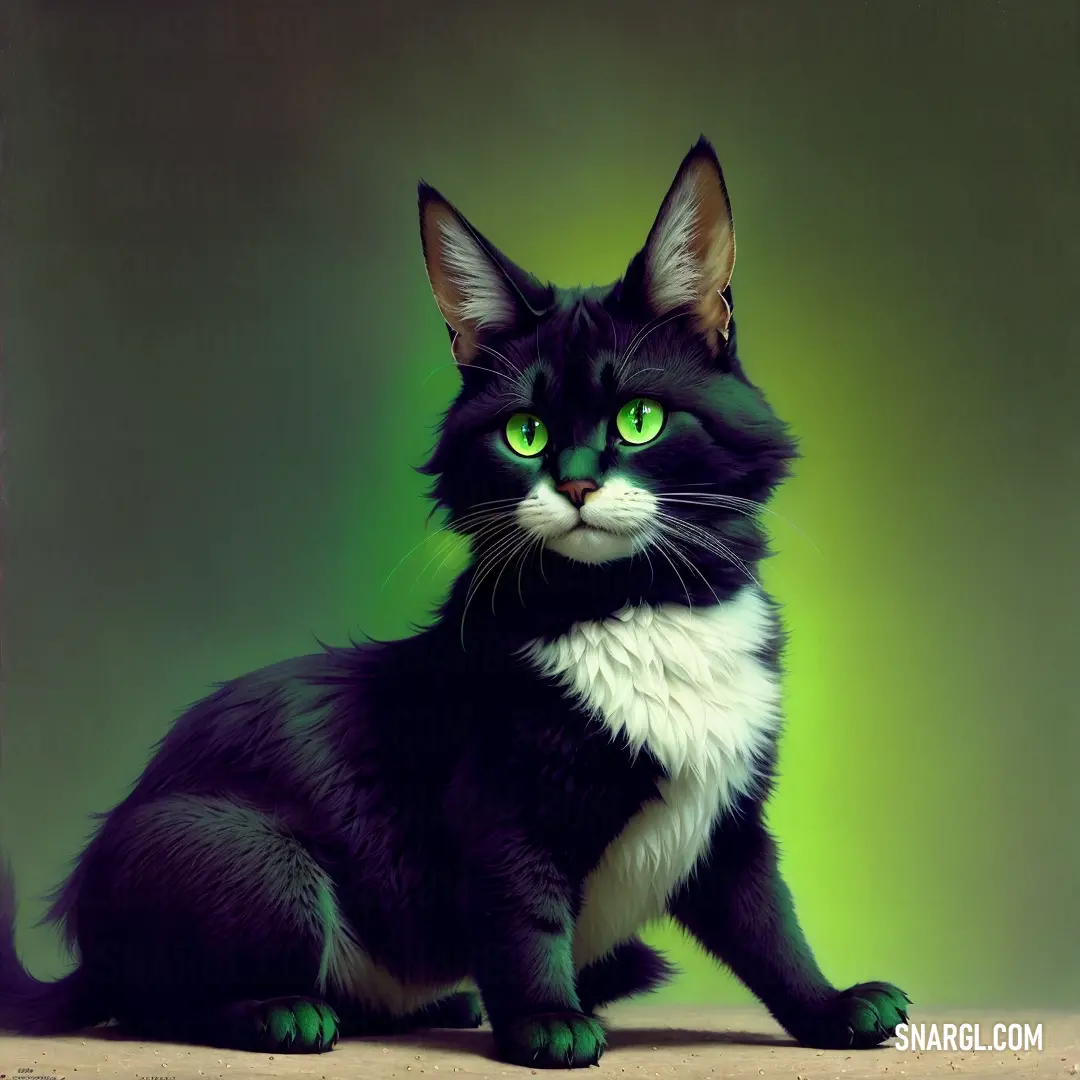
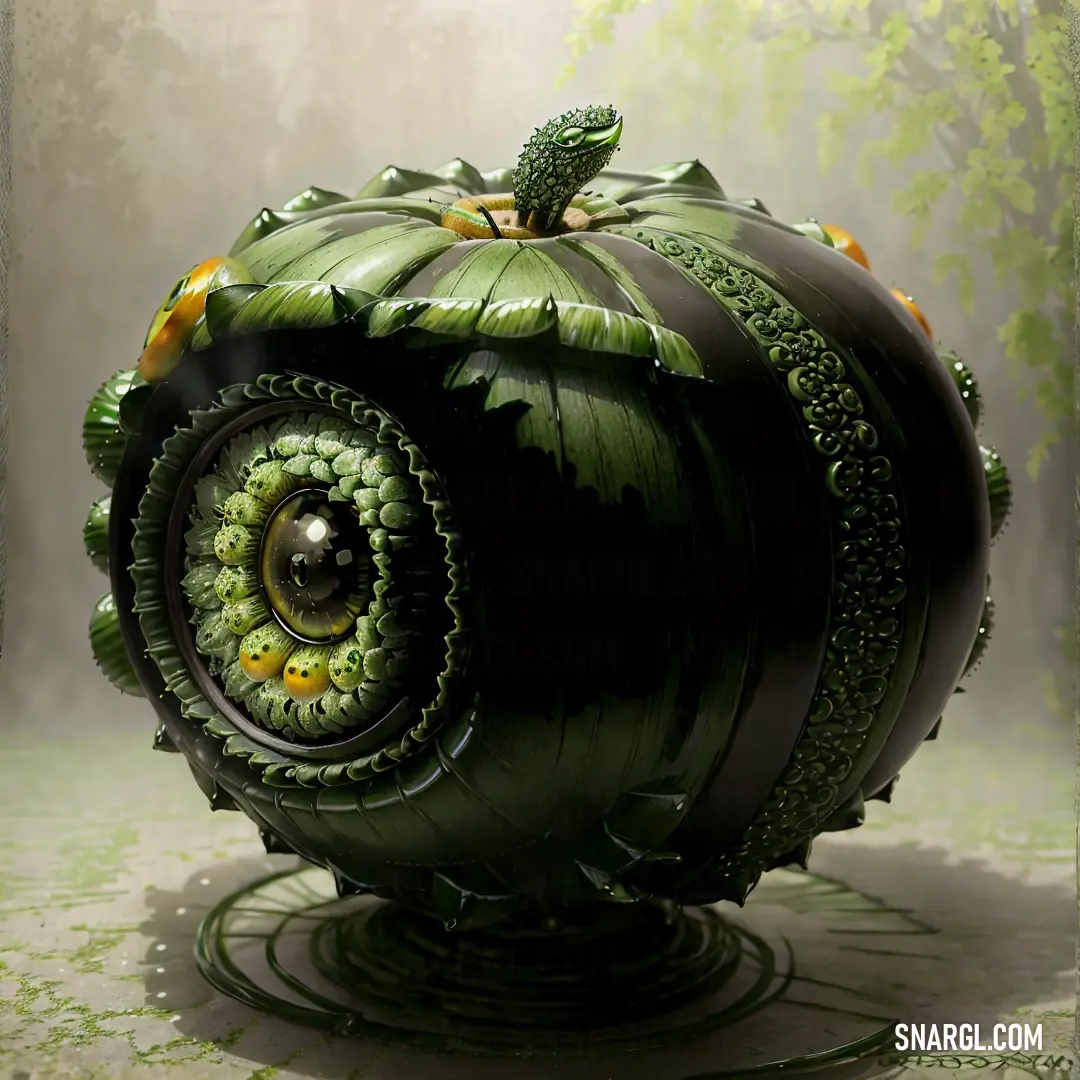
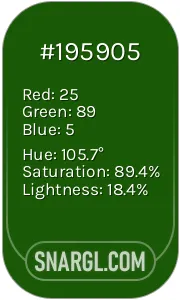 Lincoln green
Lincoln green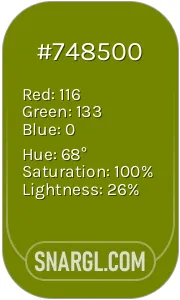 Swamp green
Swamp green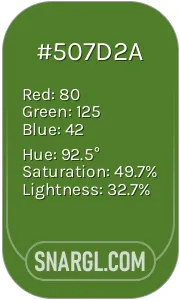 Sap green
Sap green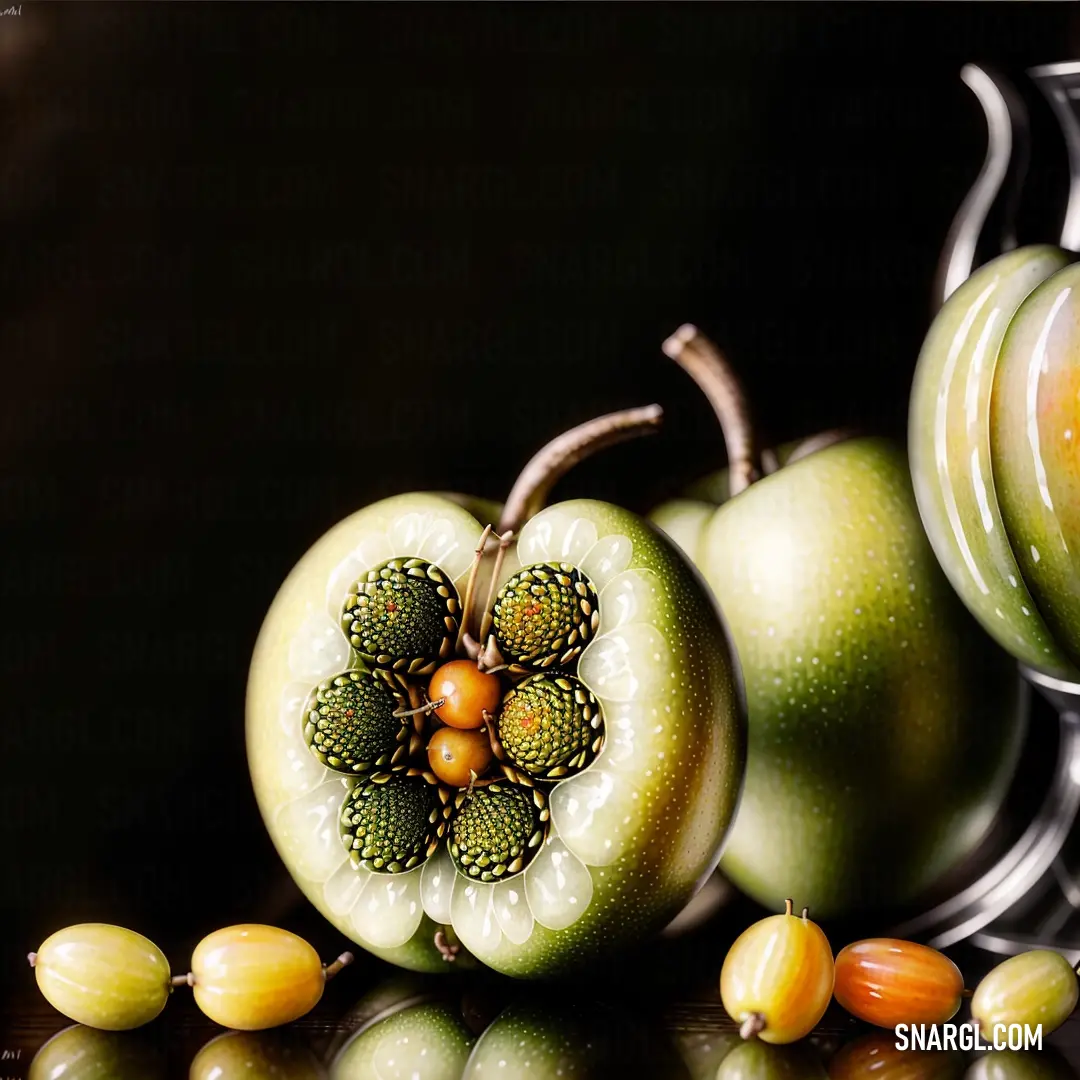
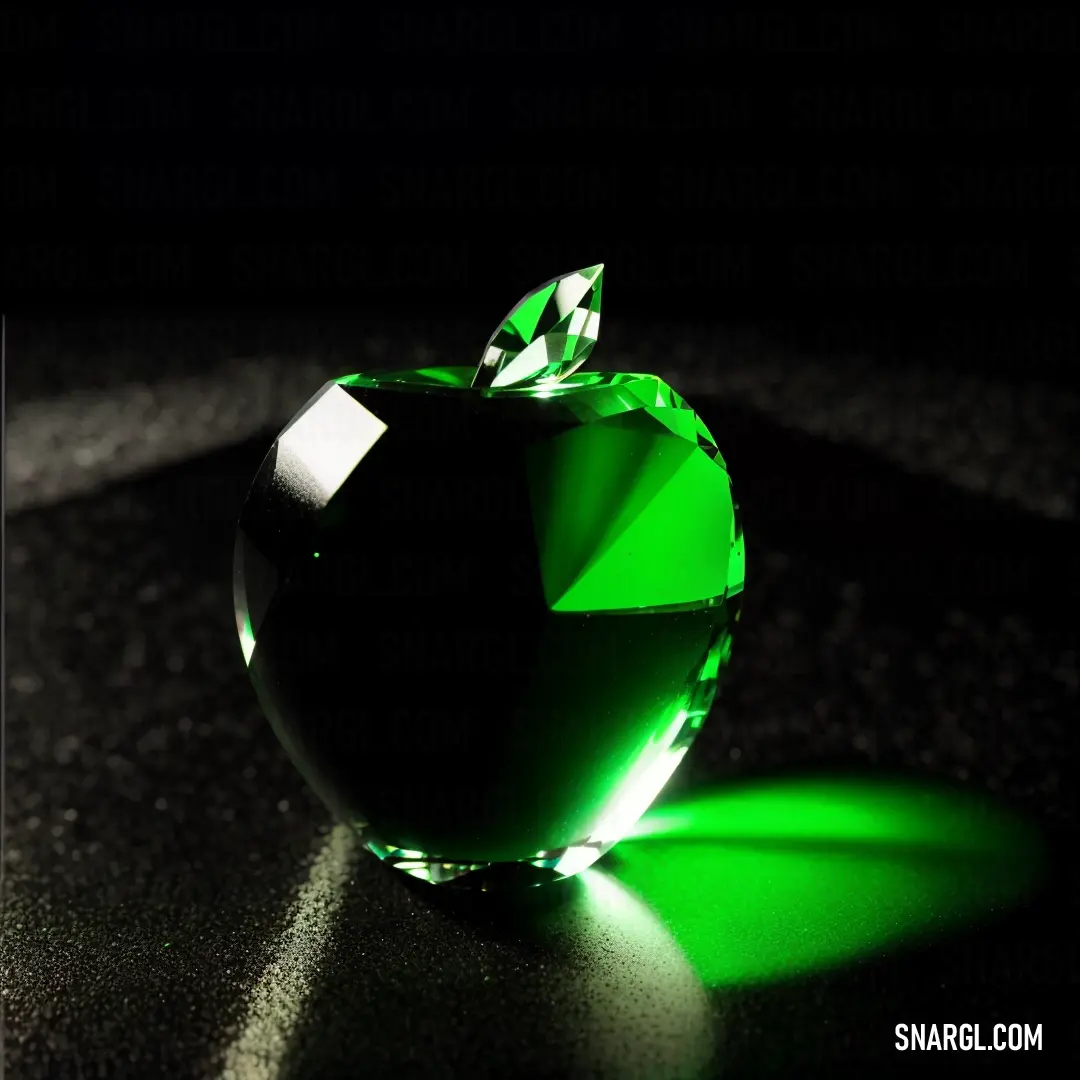
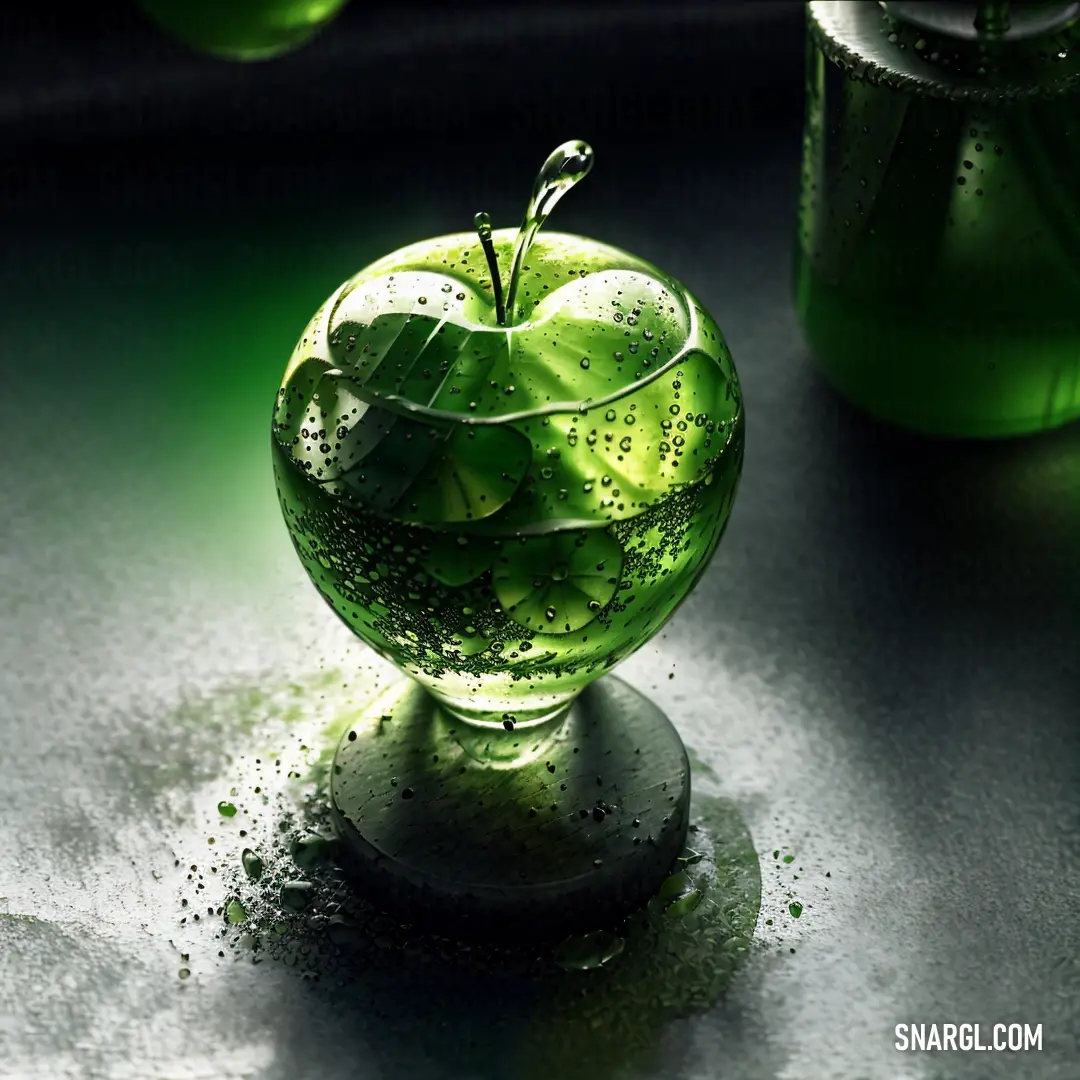

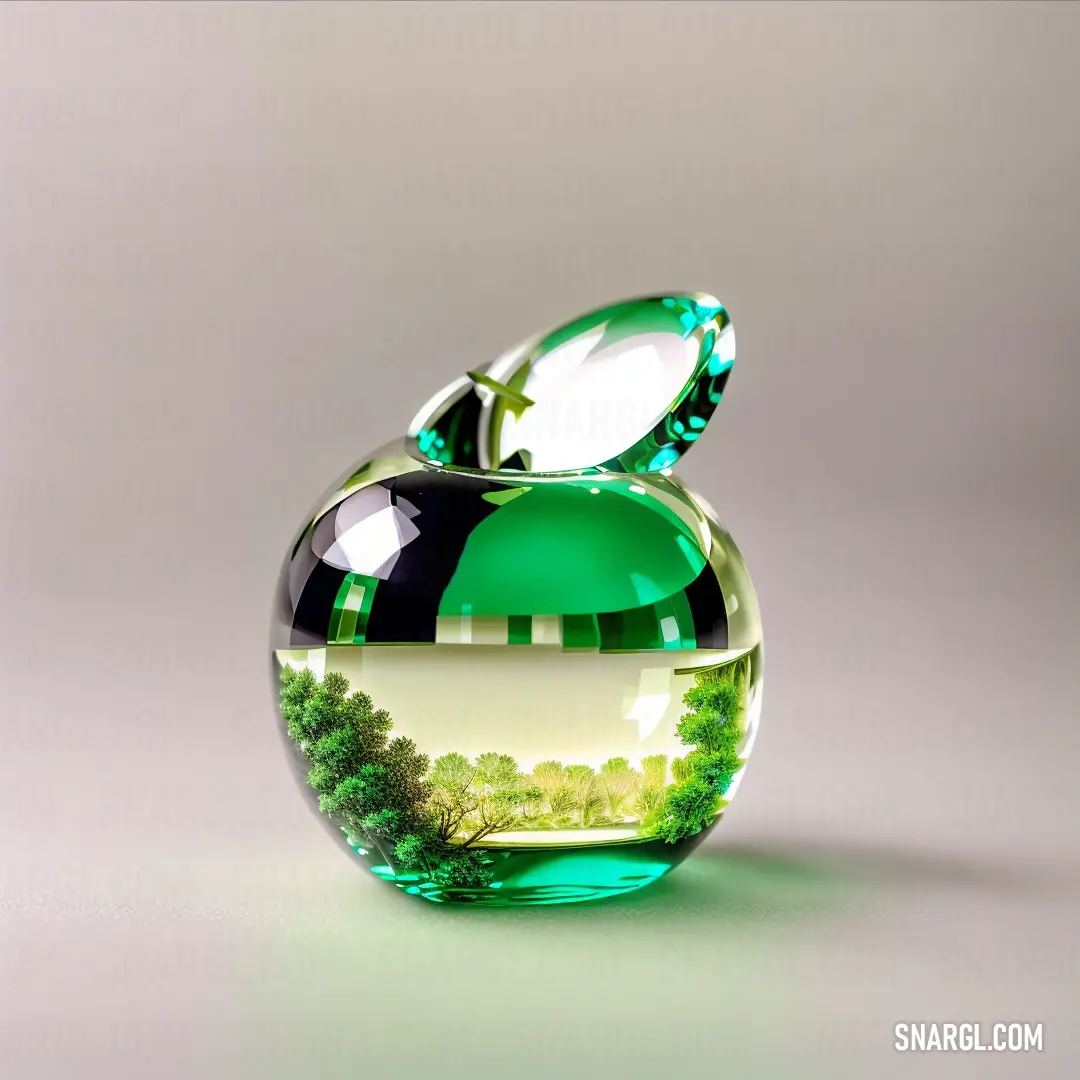
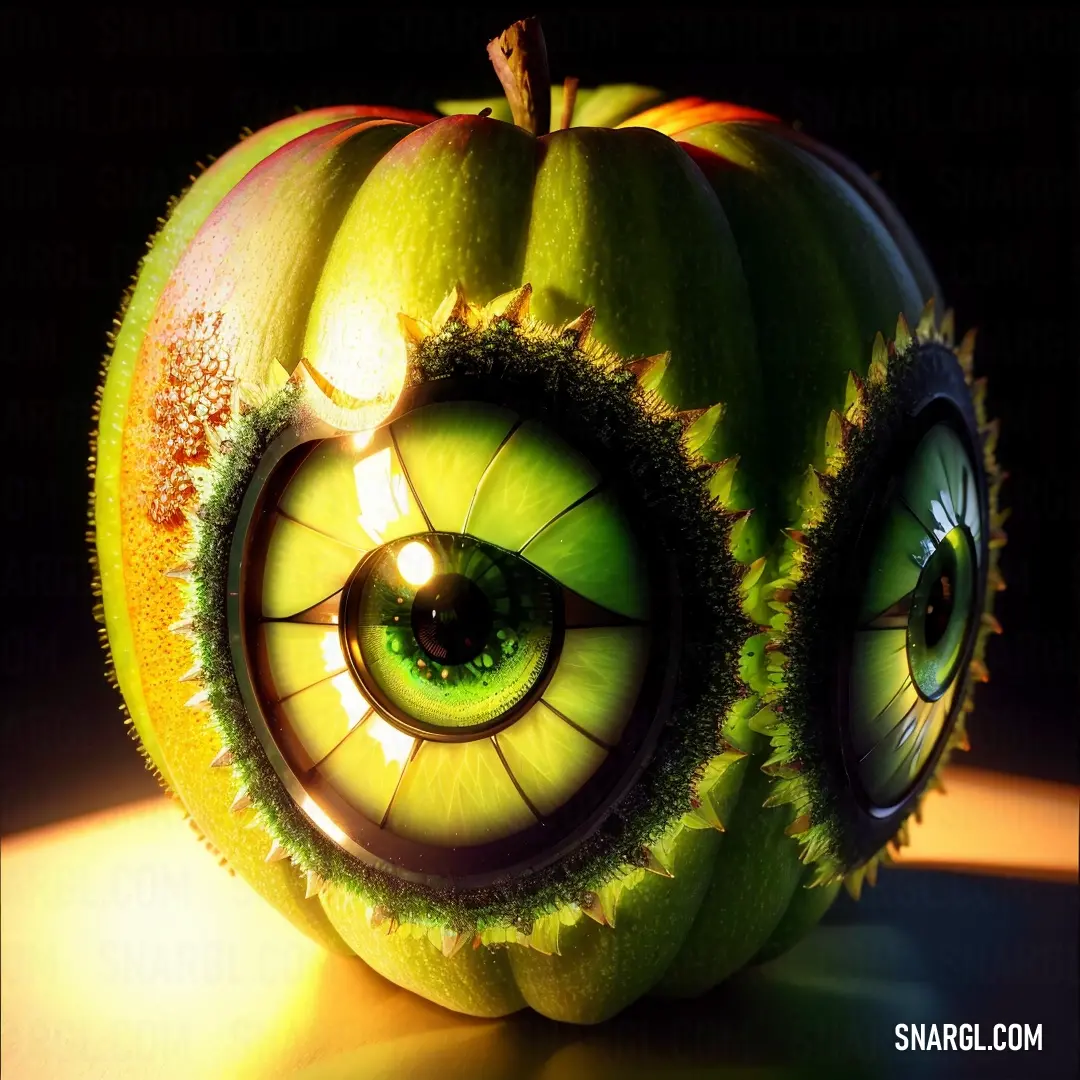
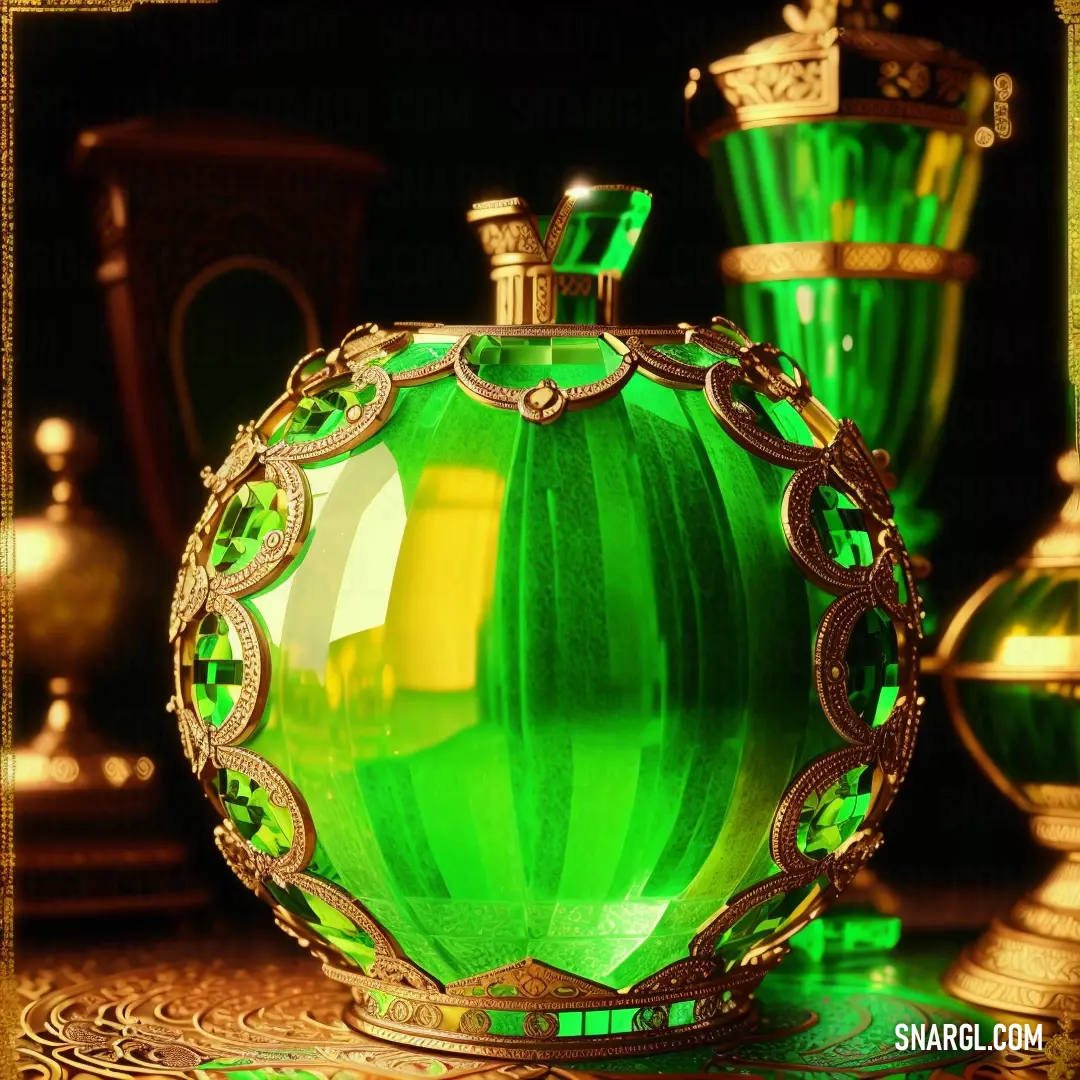
 Aquamarine
Aquamarine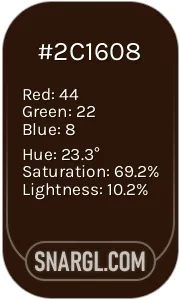 Zinnwaldite
Zinnwaldite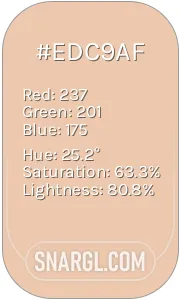 Desert sand
Desert sand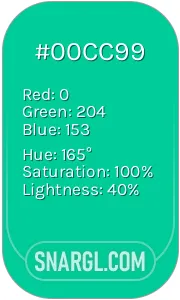 Caribbean green
Caribbean green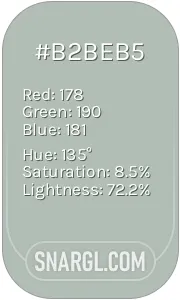 Ash grey
Ash grey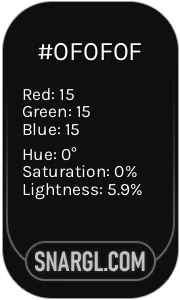 Onyx
Onyx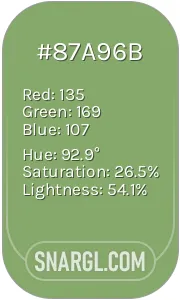 Asparagus
Asparagus Dark spring green
Dark spring green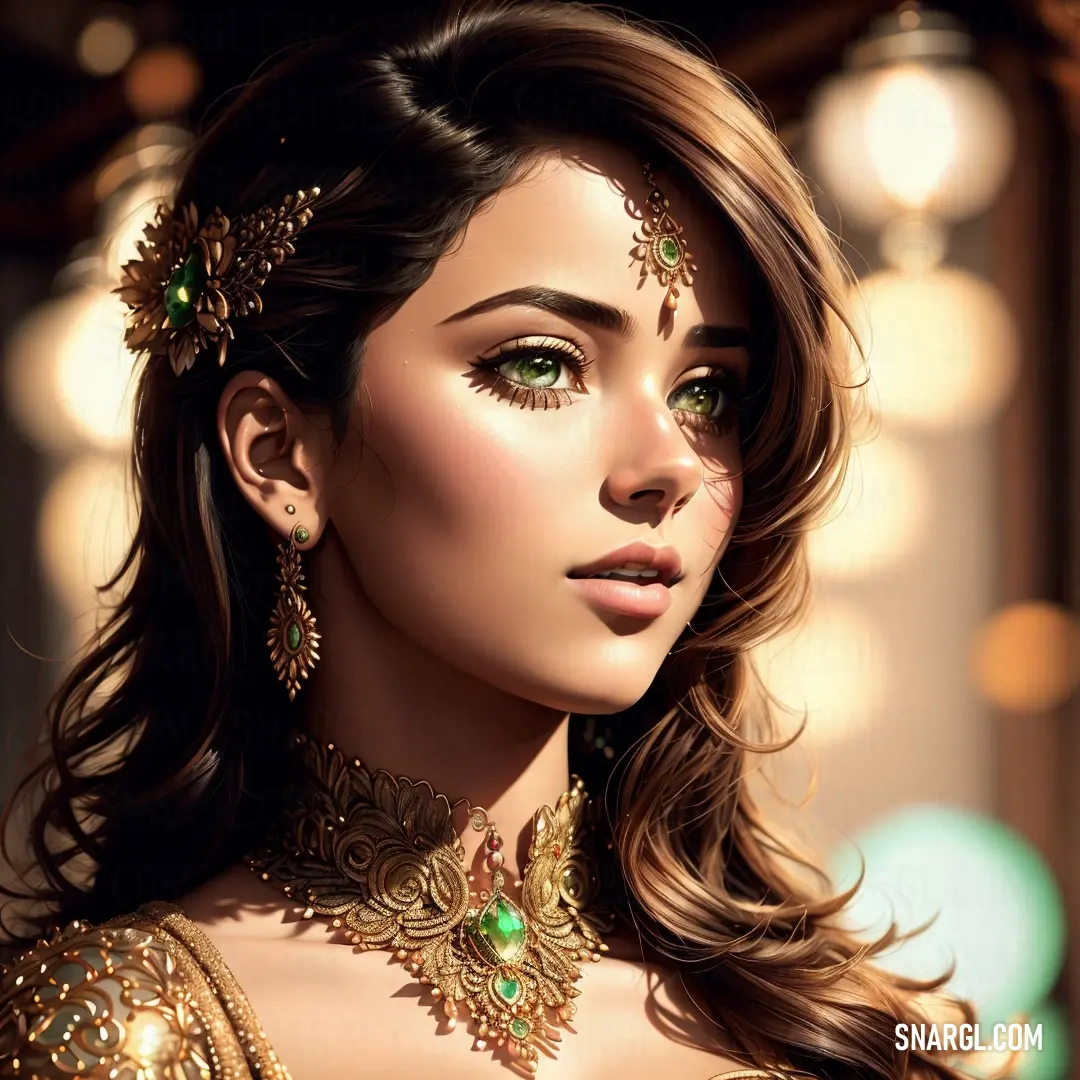
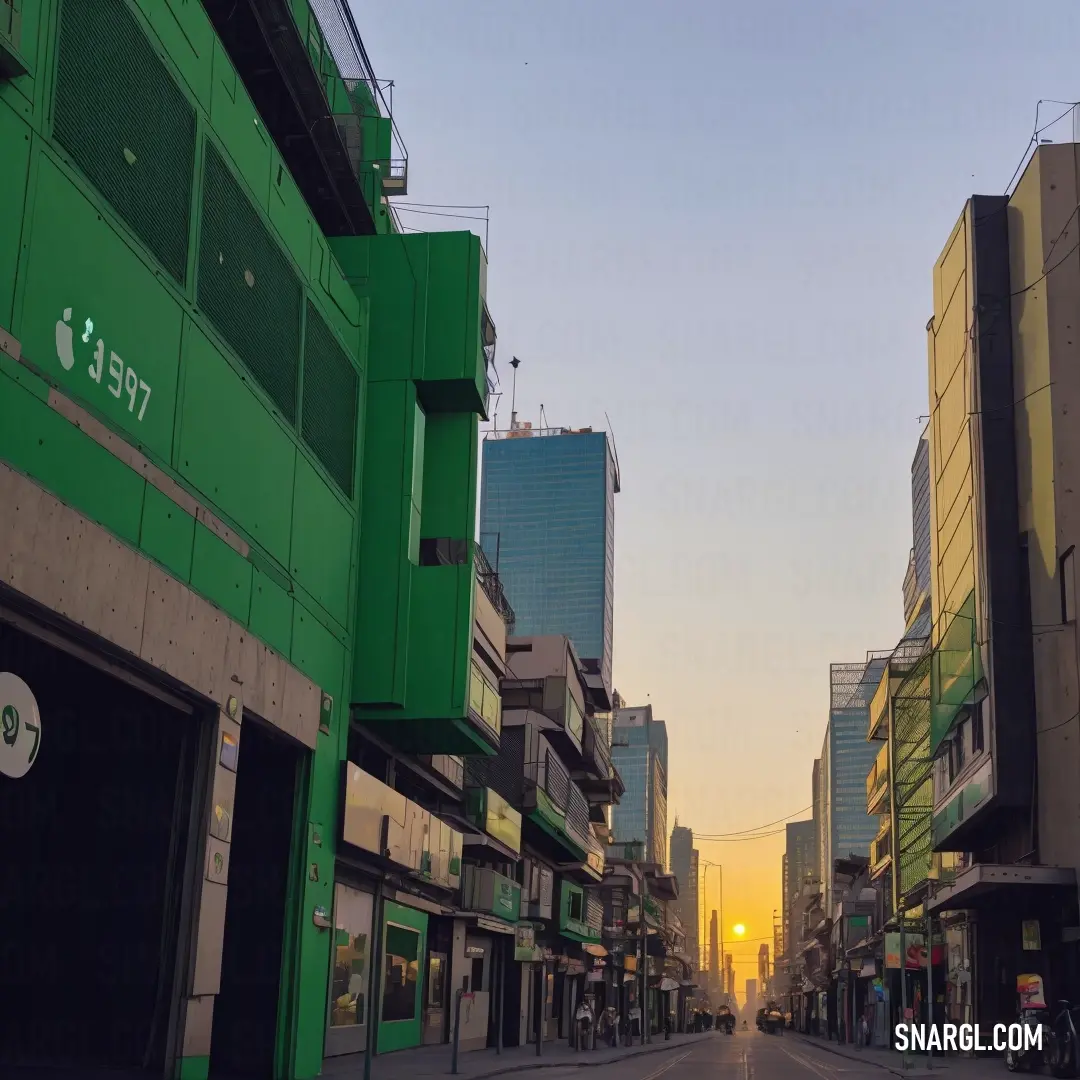
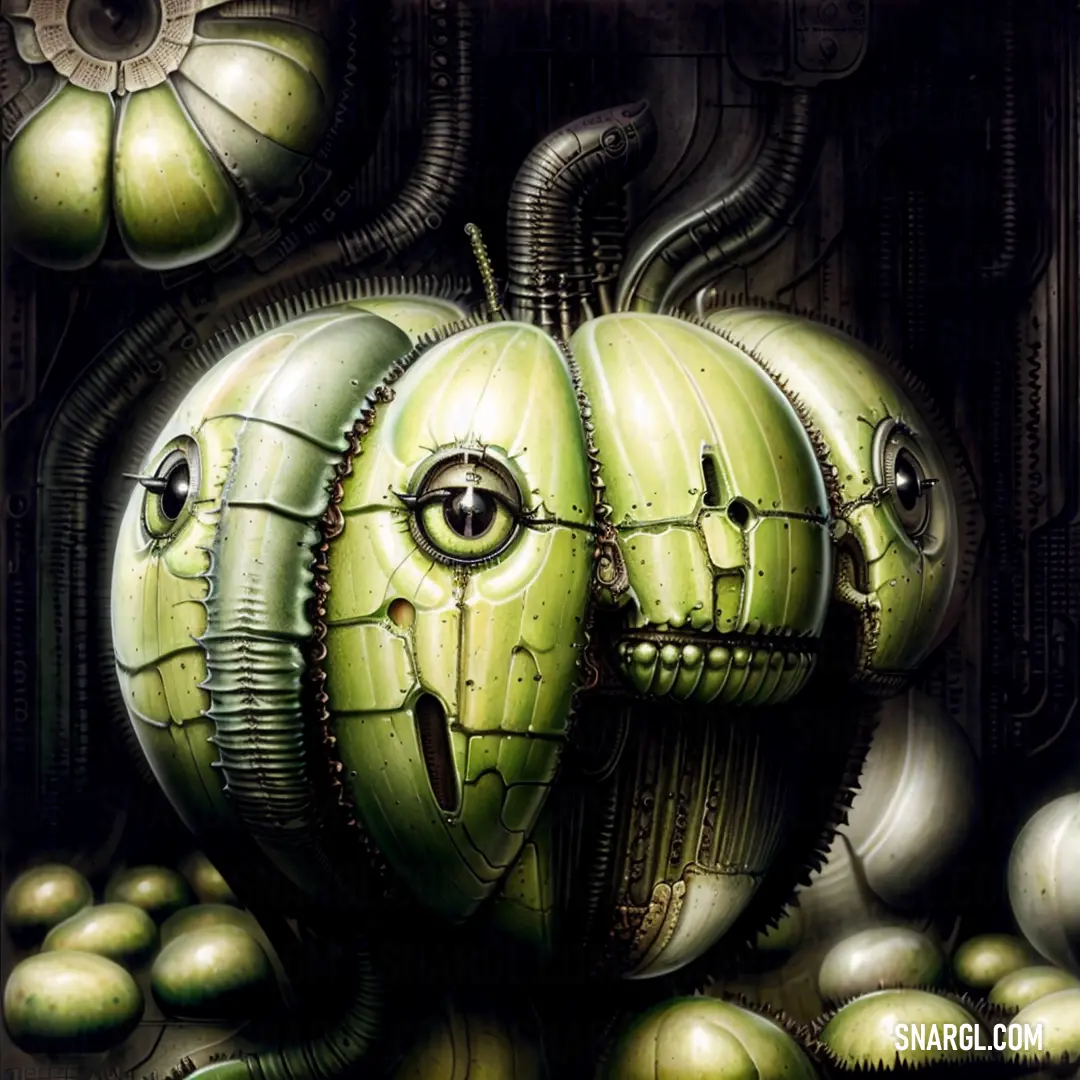
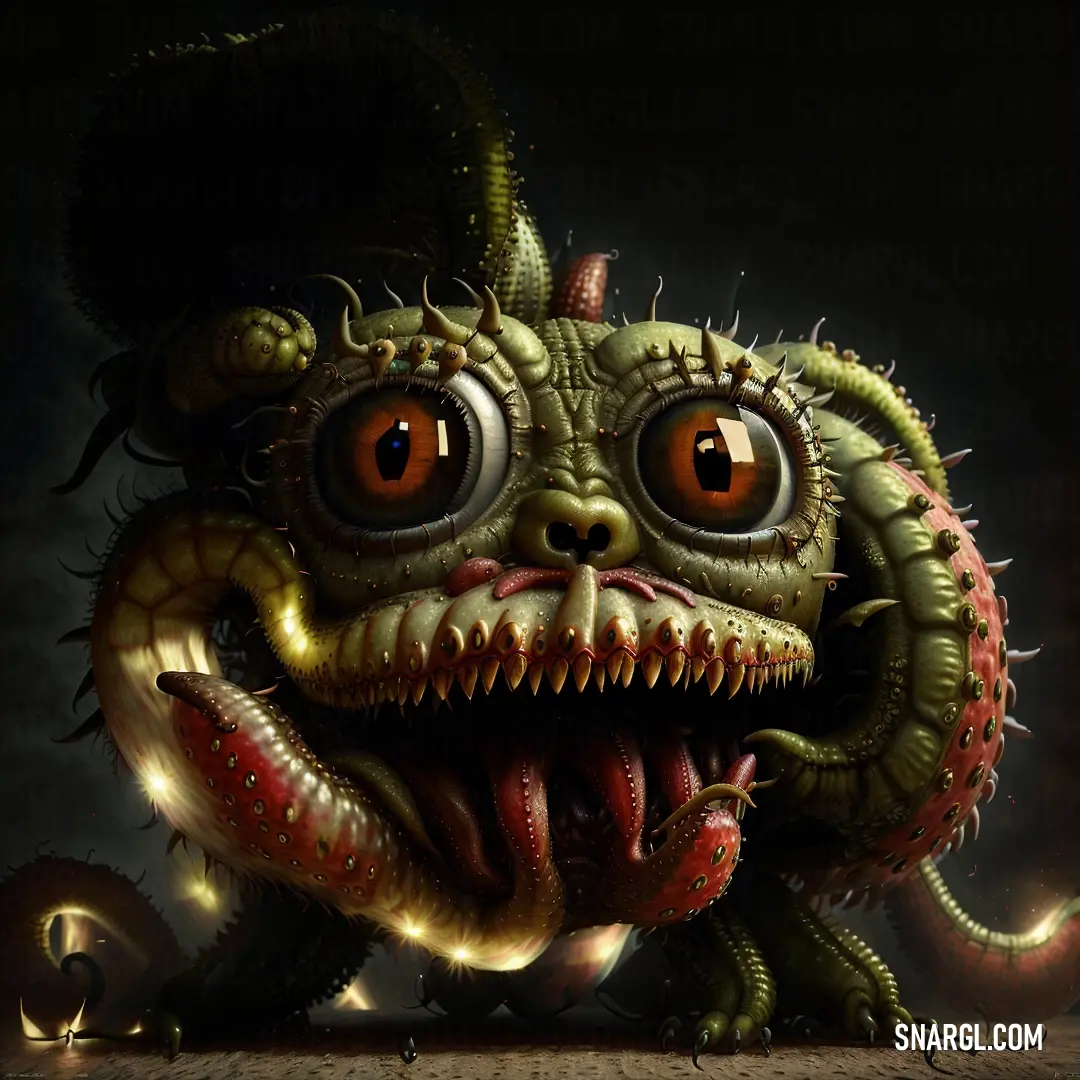


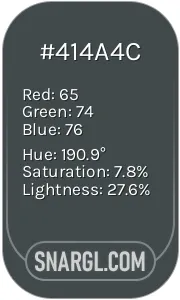 Outer Space
Outer Space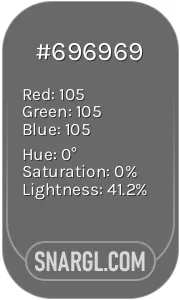 Dim gray
Dim gray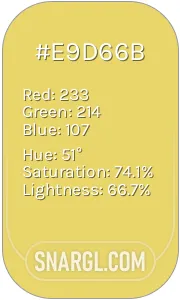 Arylide yellow
Arylide yellow
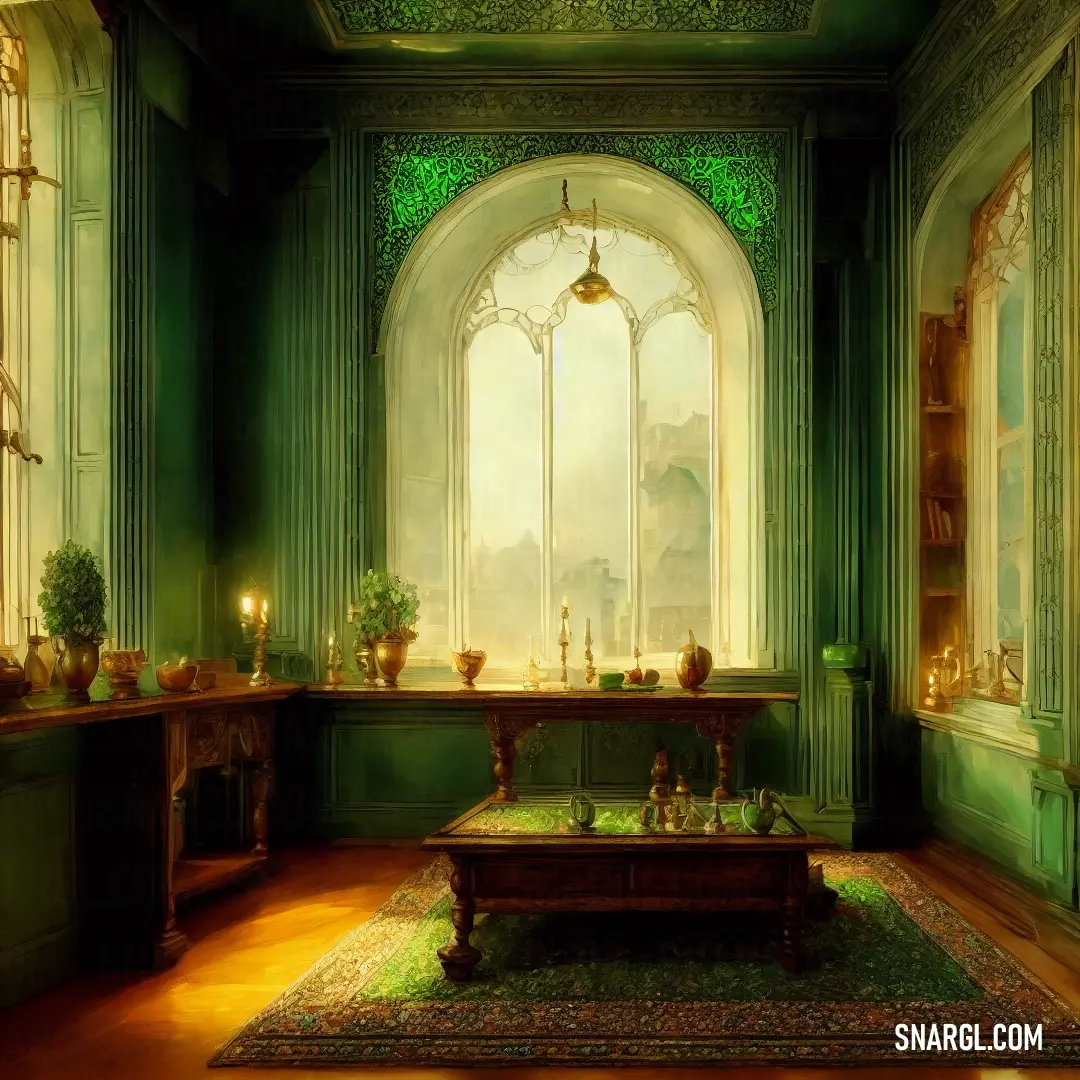
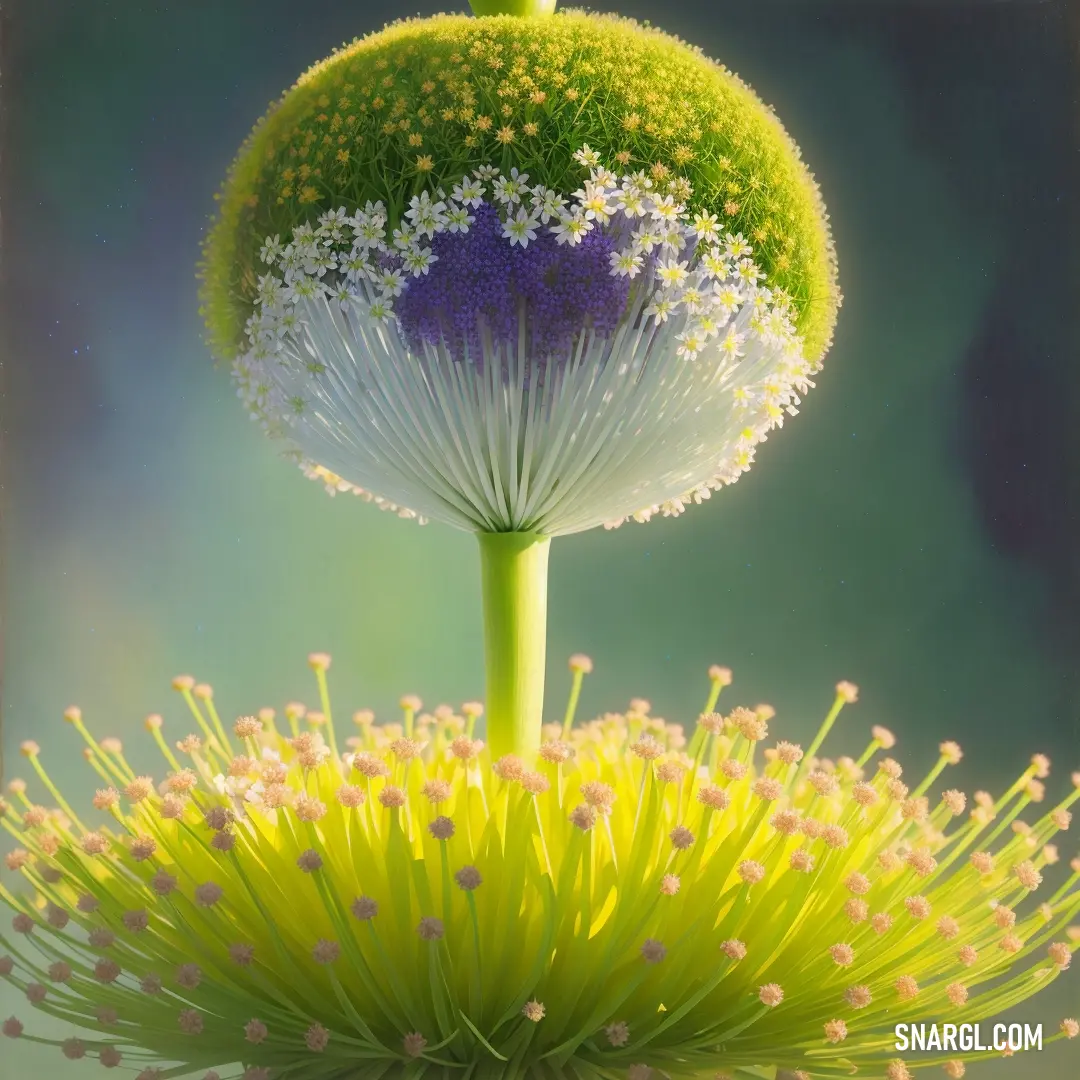


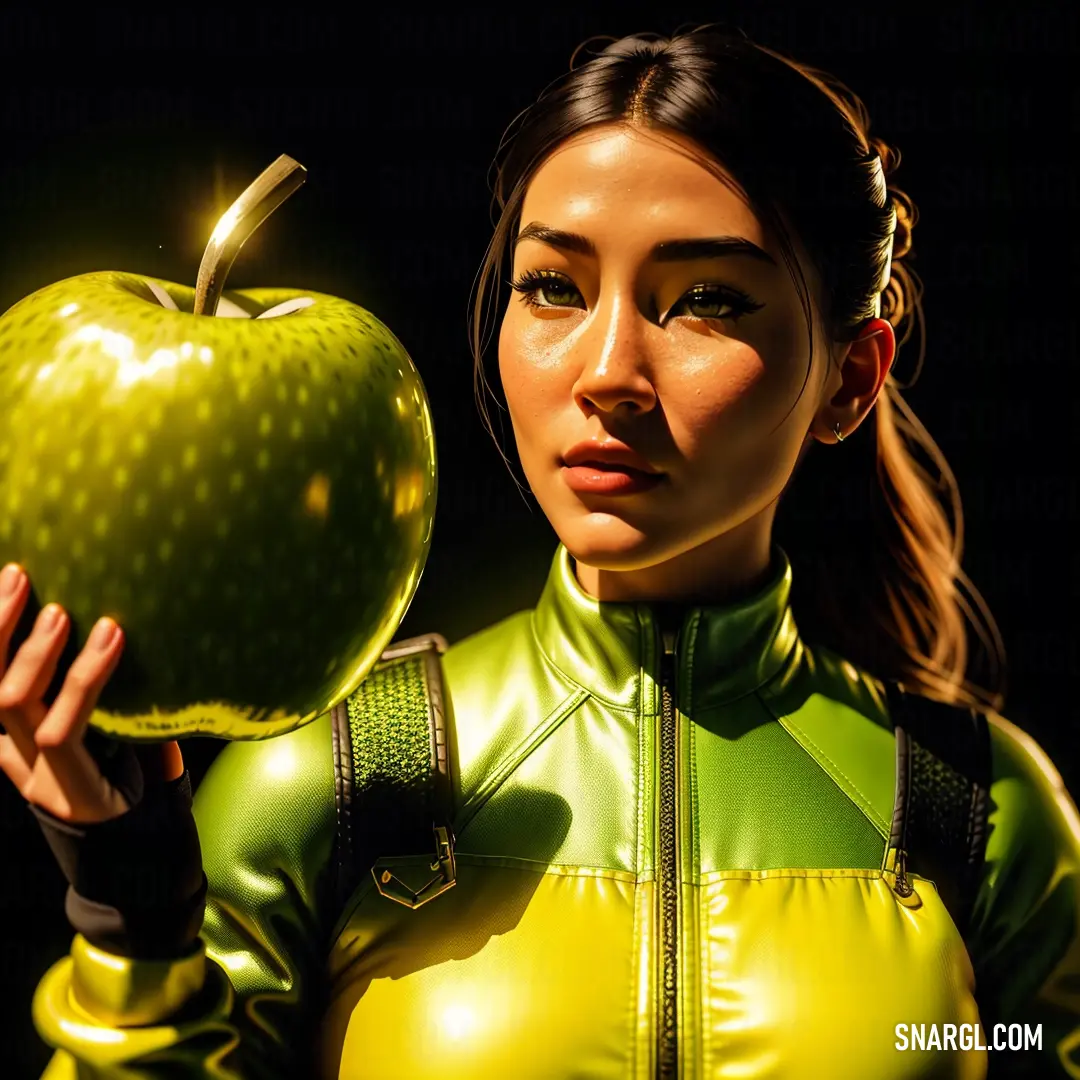
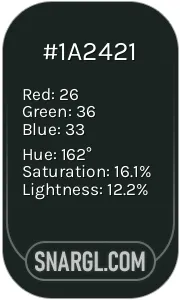 Dark jungle green
Dark jungle green Pale goldenrod
Pale goldenrod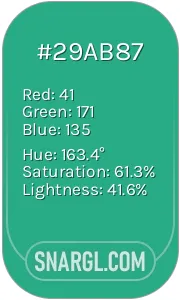 Jungle green
Jungle green Old Gold
Old Gold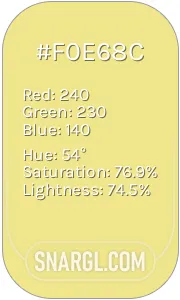 Light khaki
Light khaki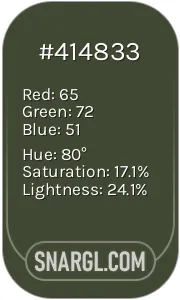 Rifle green
Rifle green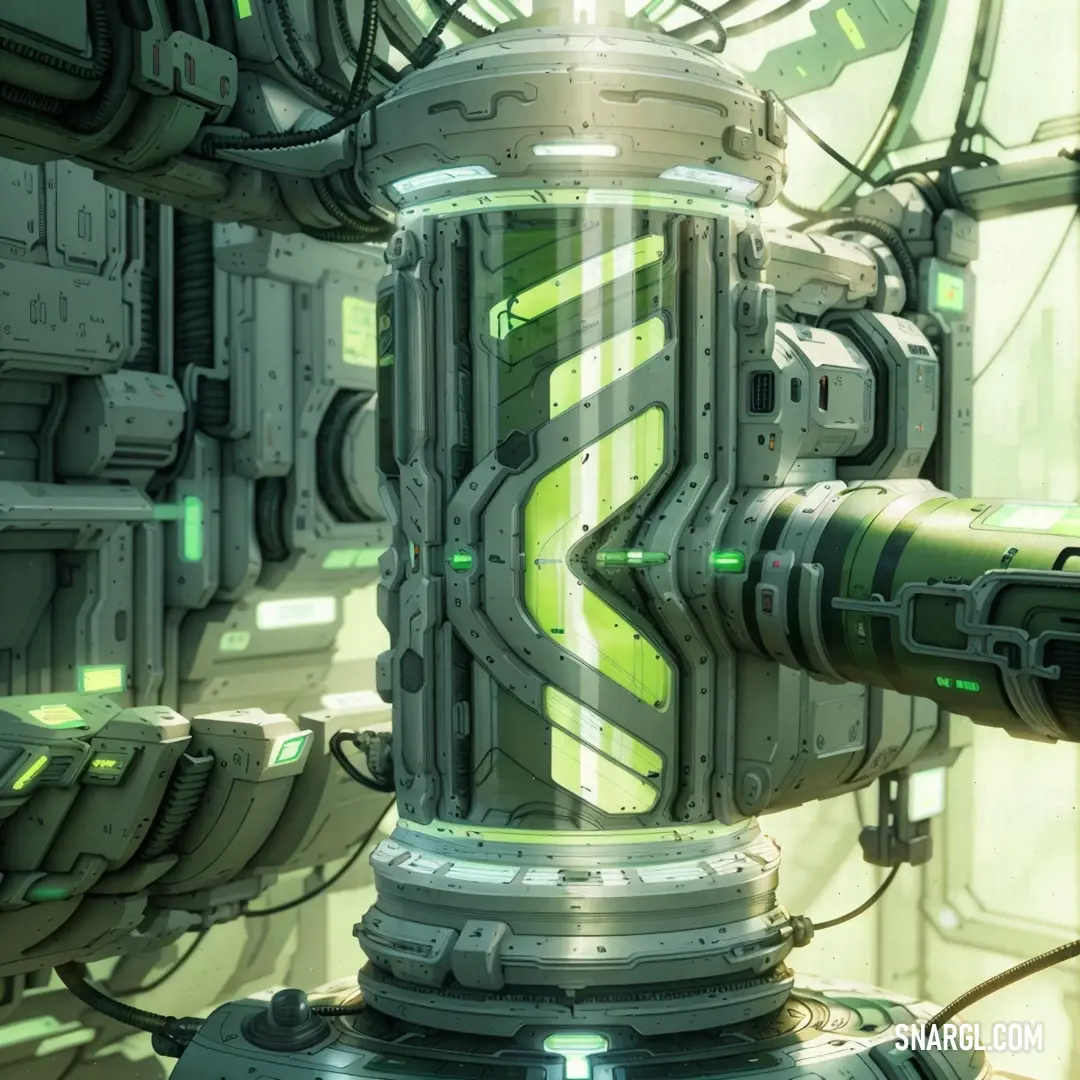
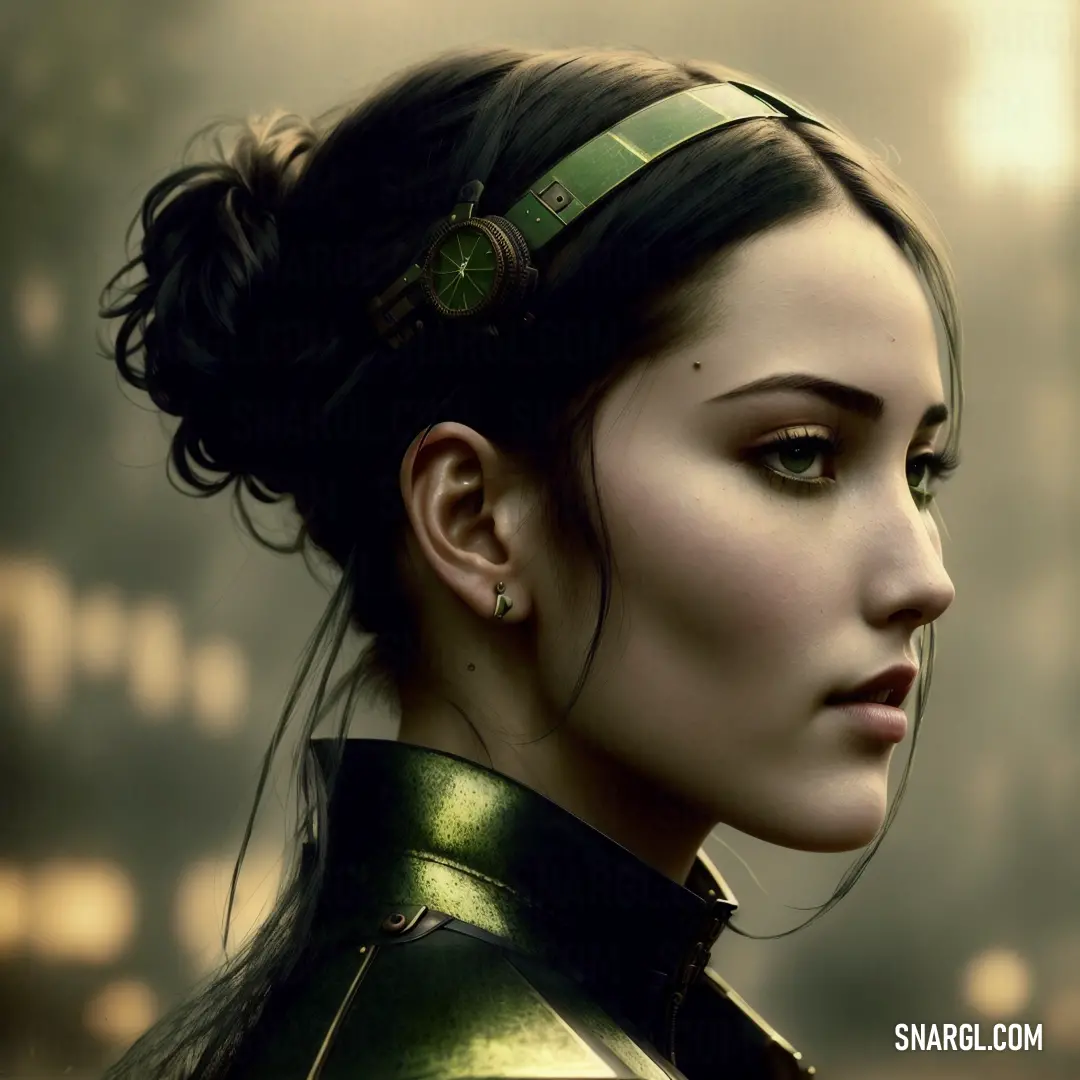
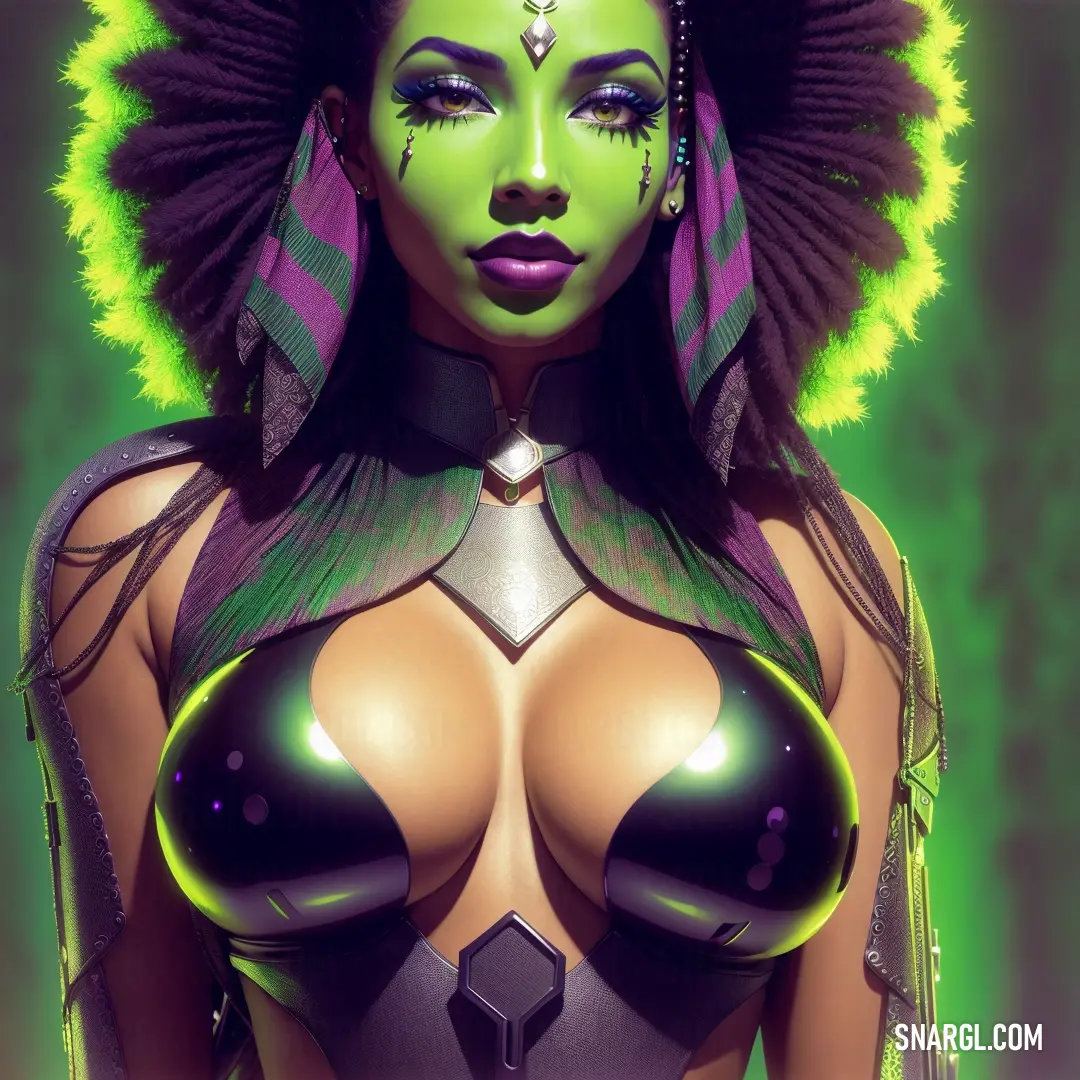

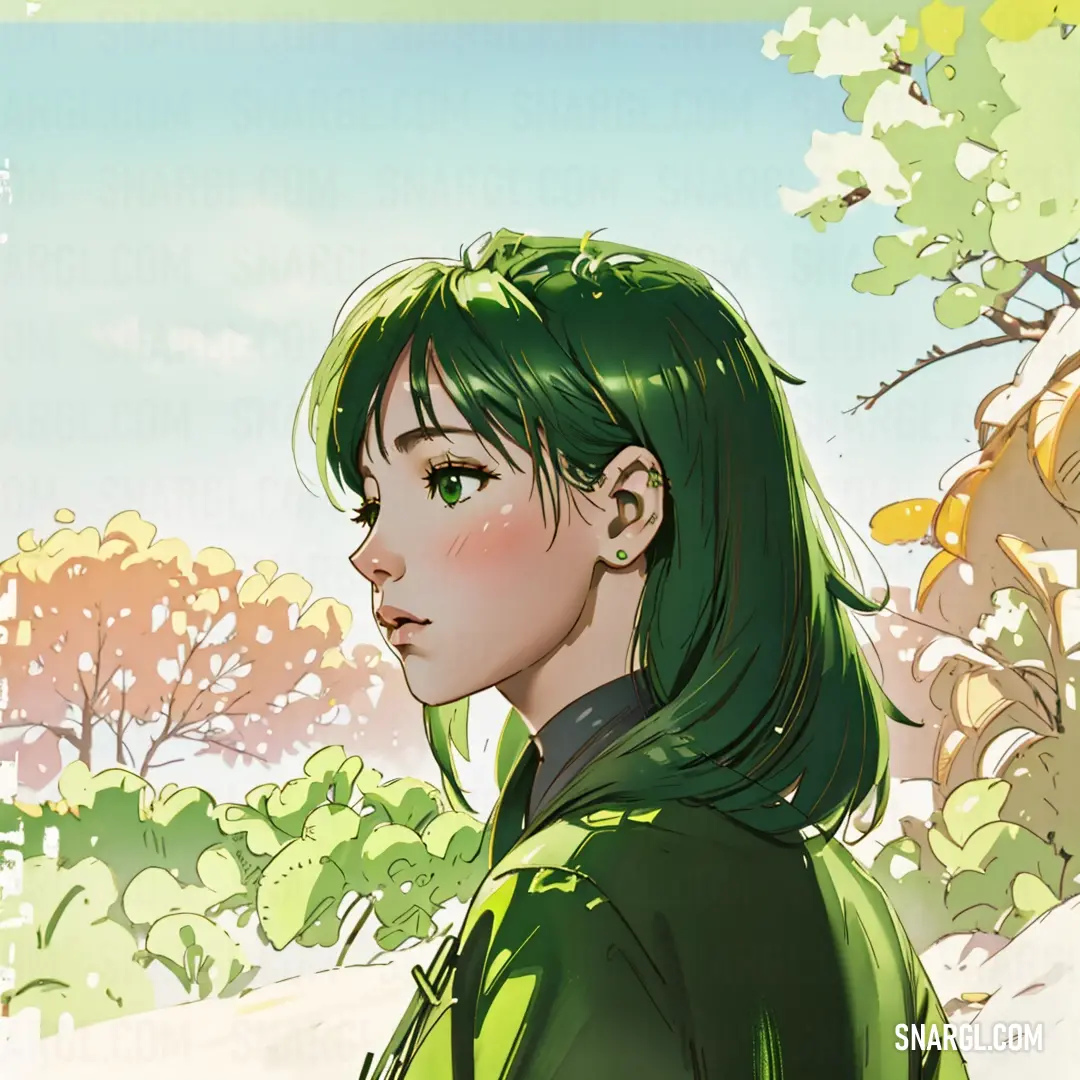
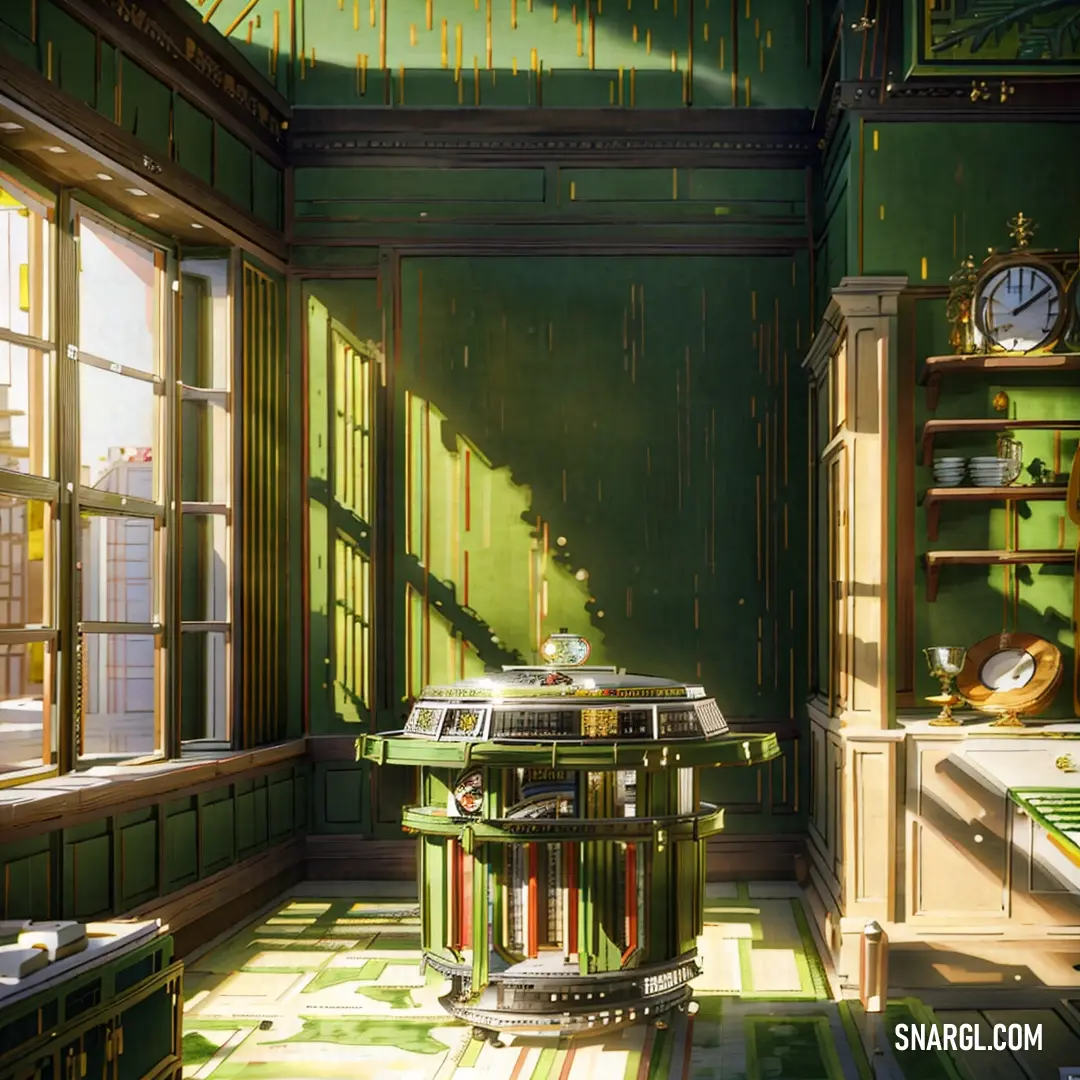
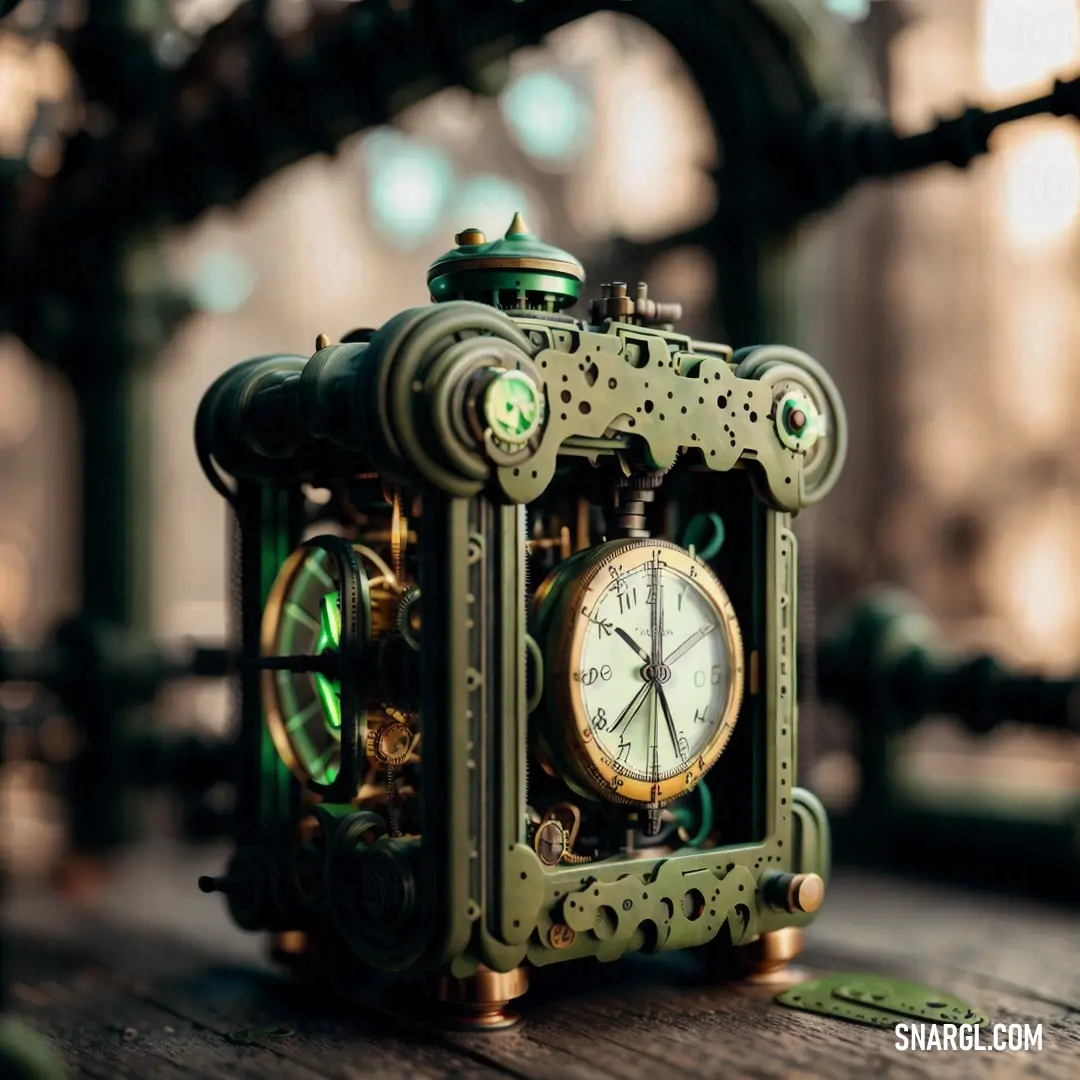
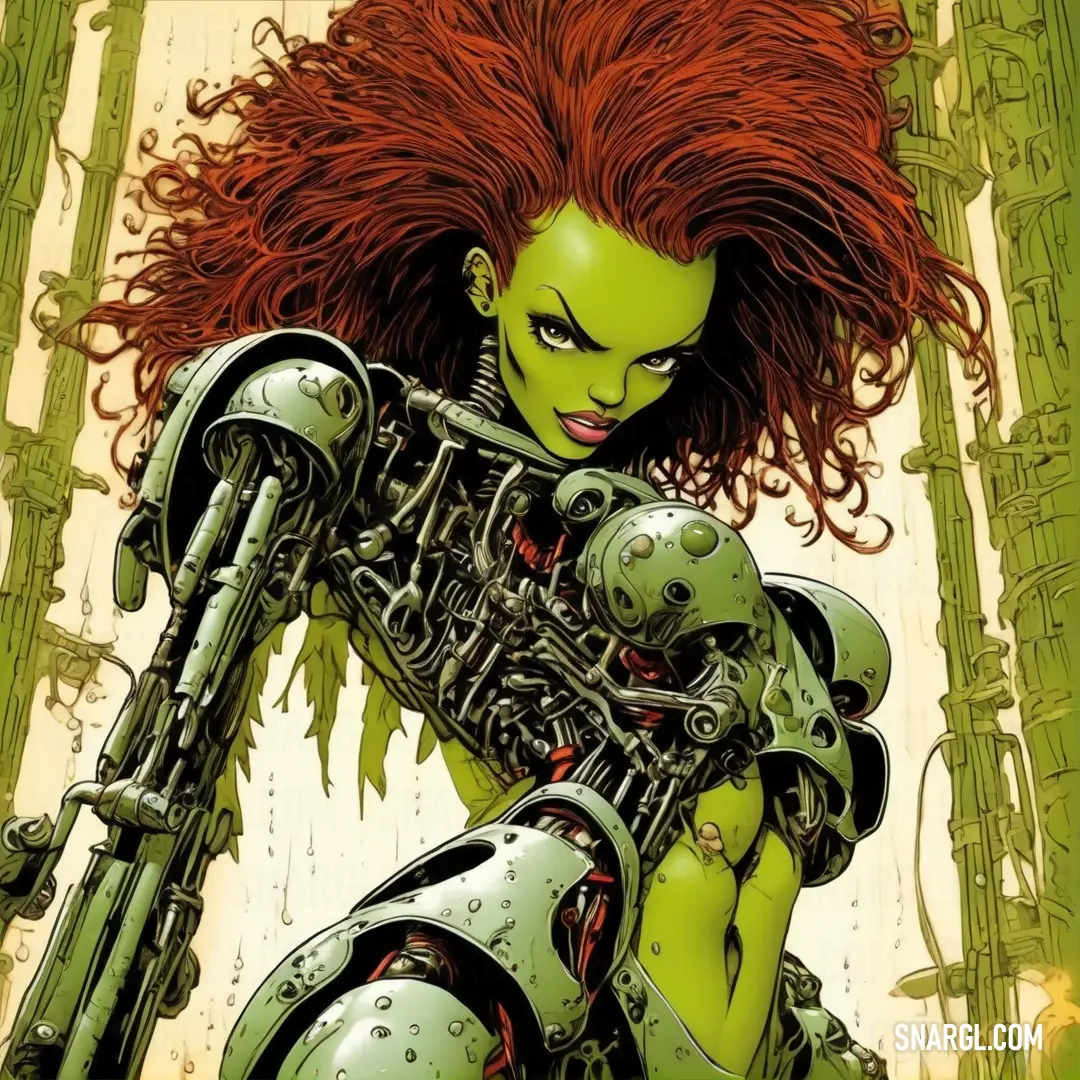

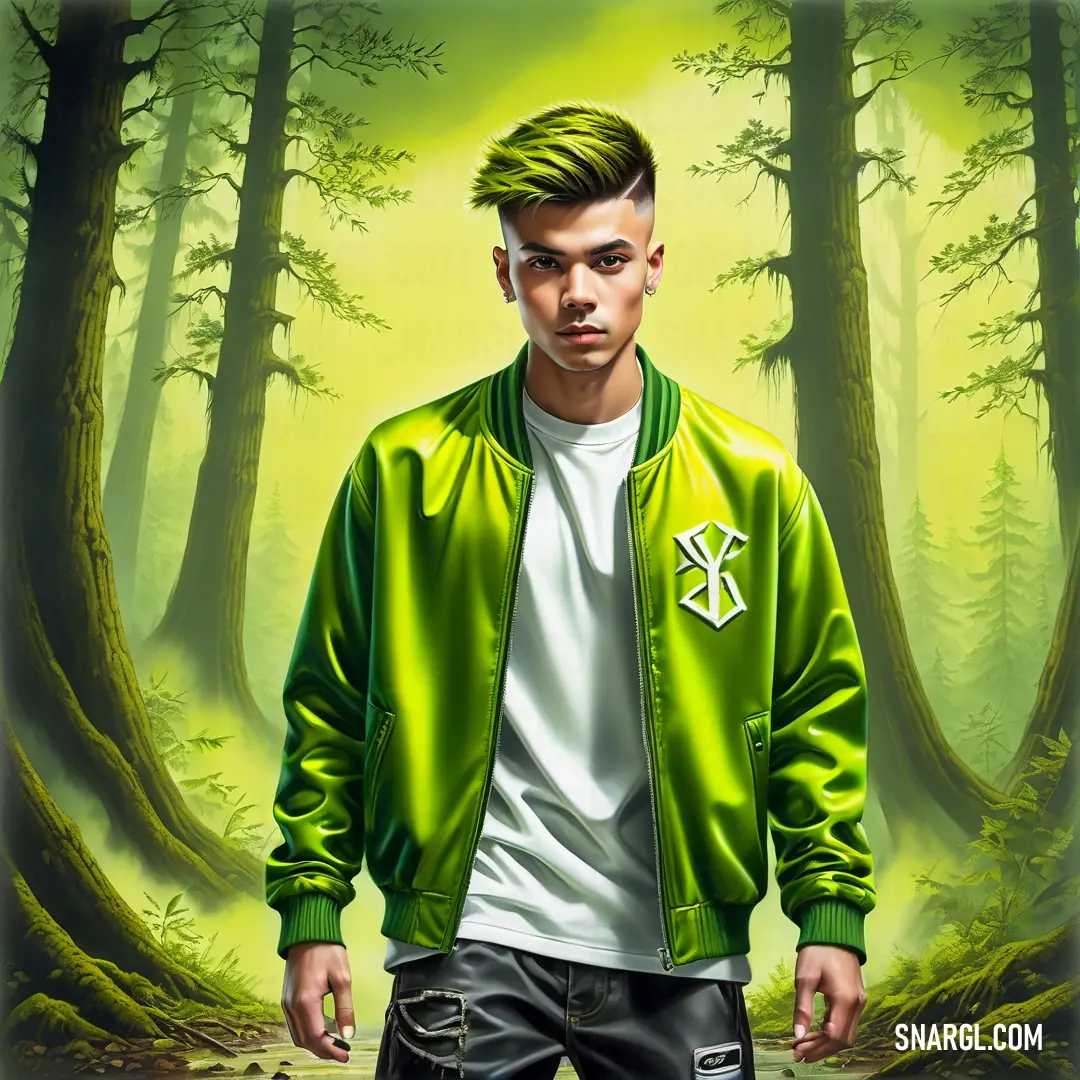
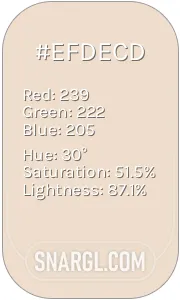 Almond
Almond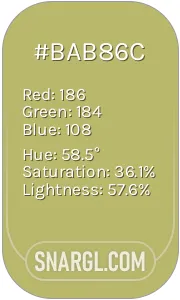 Olive Green
Olive Green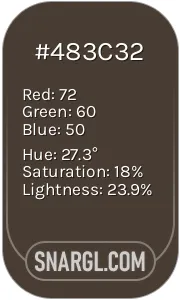 Dark lava
Dark lava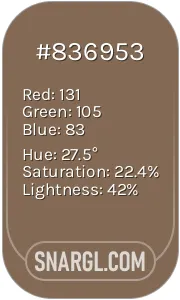 Pastel brown
Pastel brown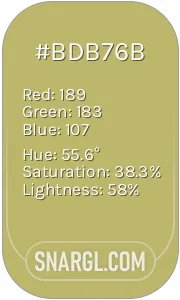 Dark khaki
Dark khaki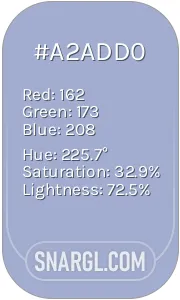 Wild blue yonder
Wild blue yonder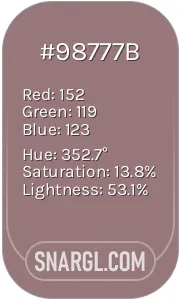 Bazaar
Bazaar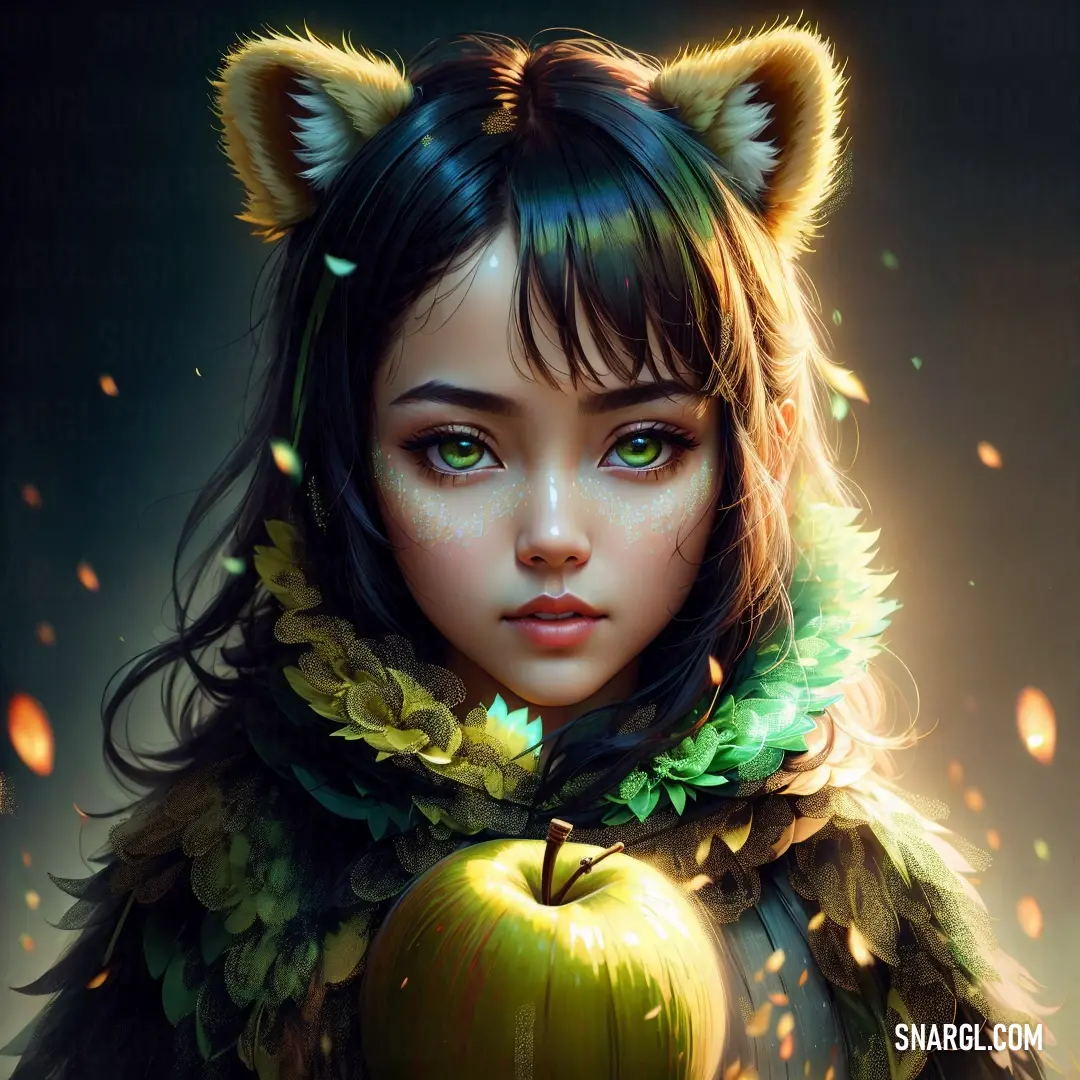

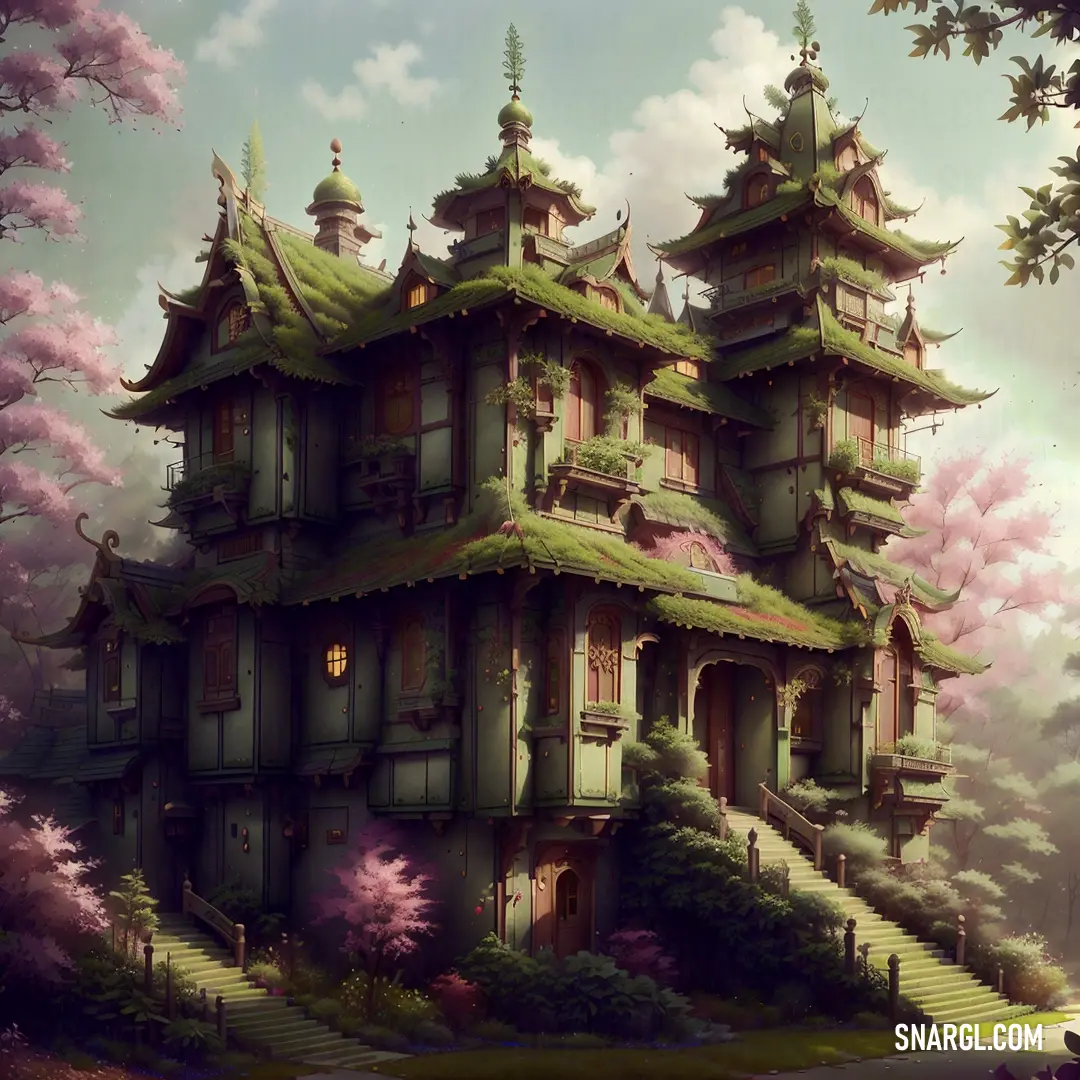
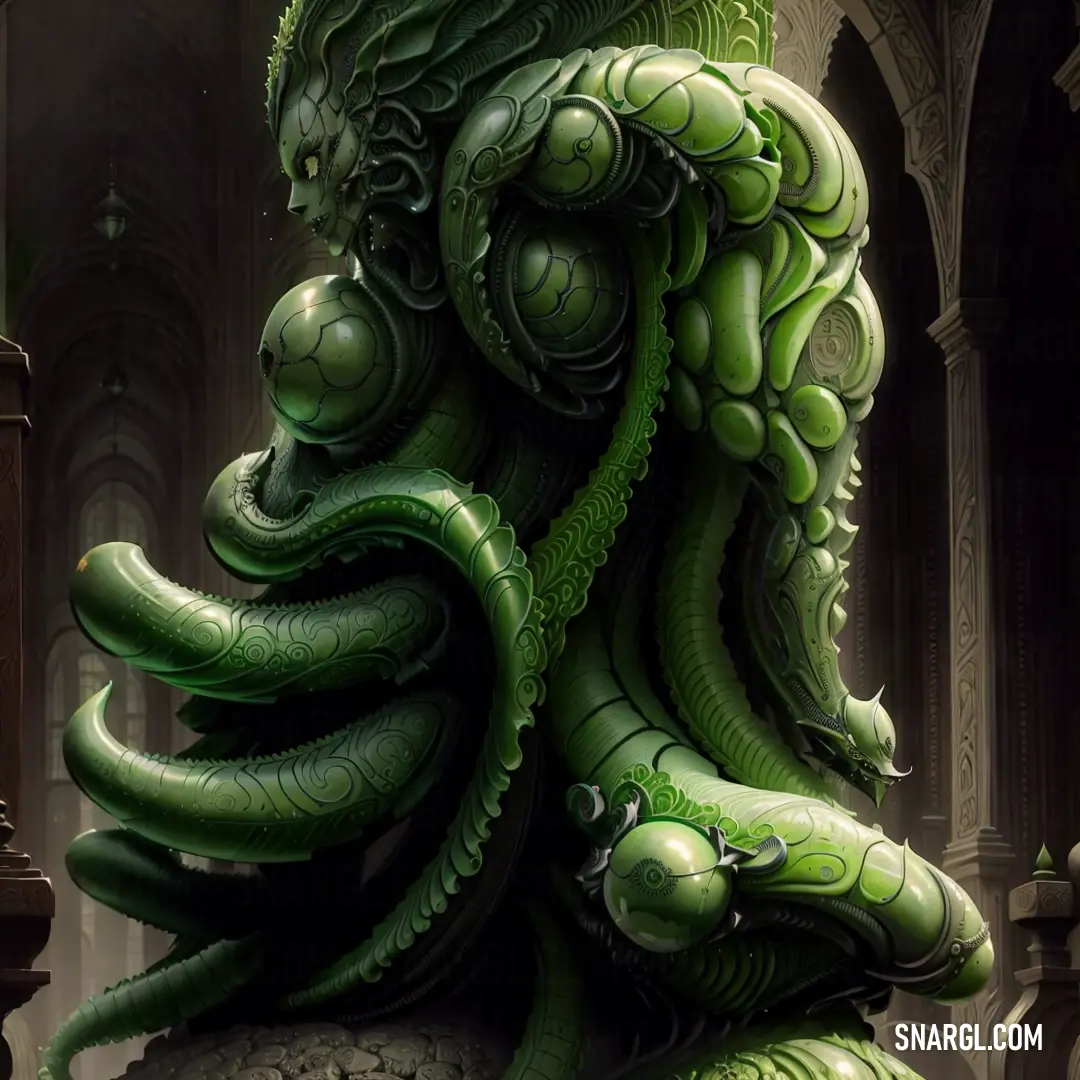
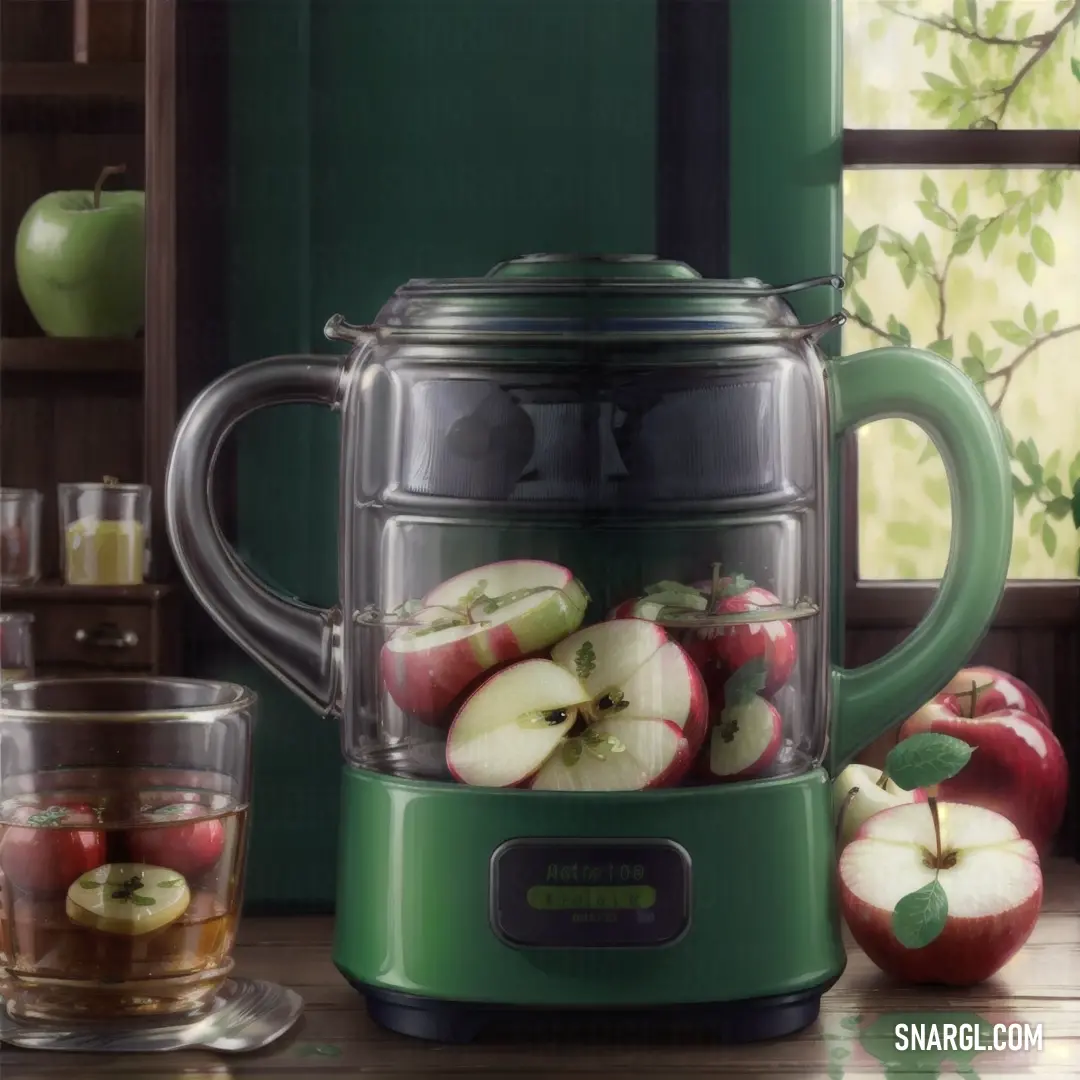
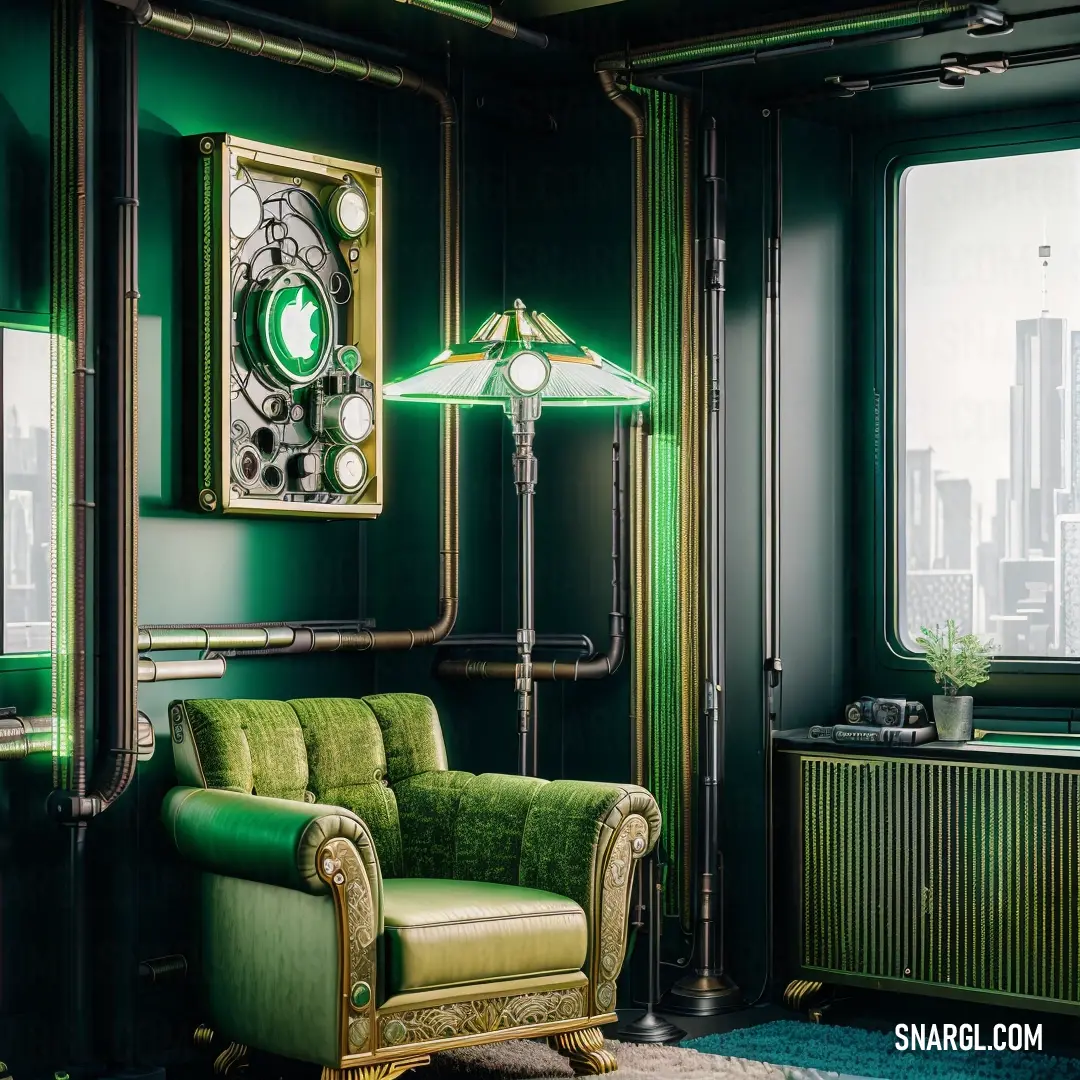

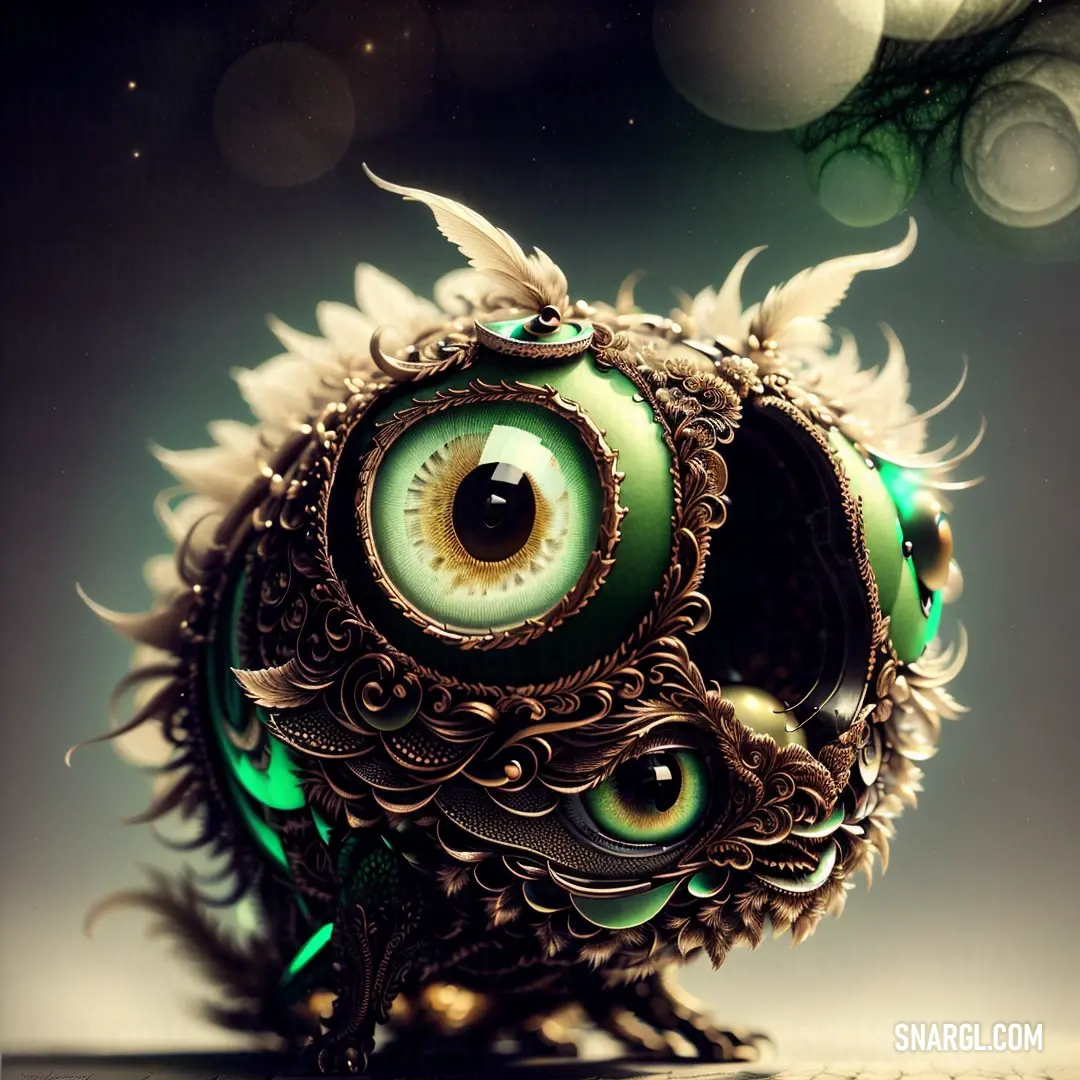
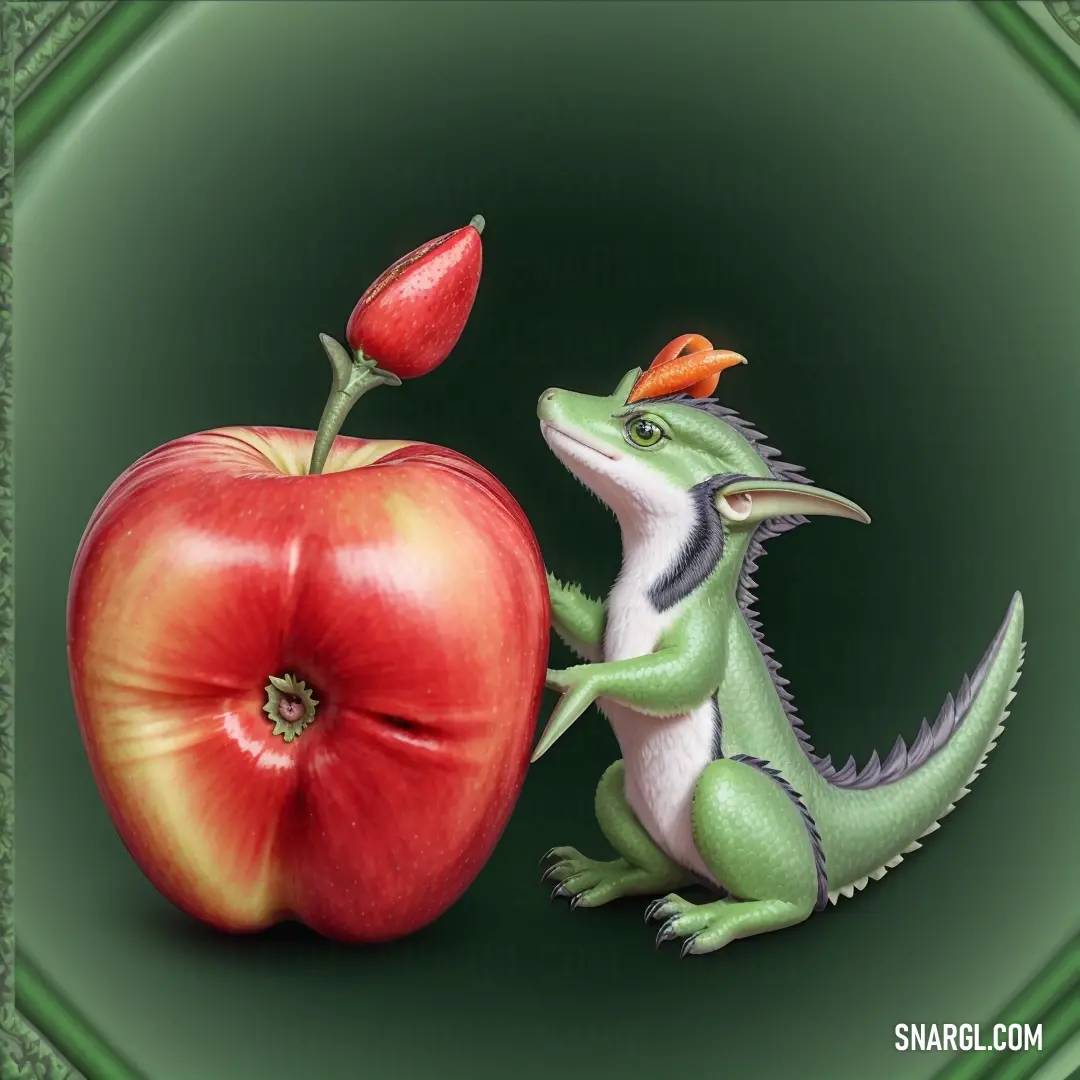

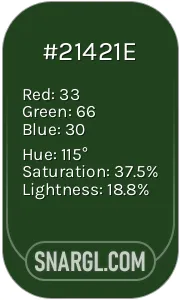 Myrtle
Myrtle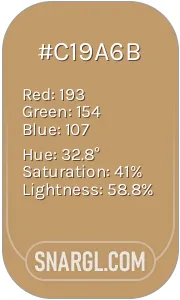 Camel
Camel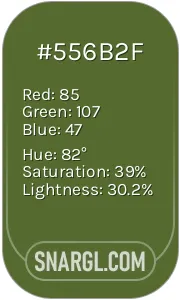 Dark olive
Dark olive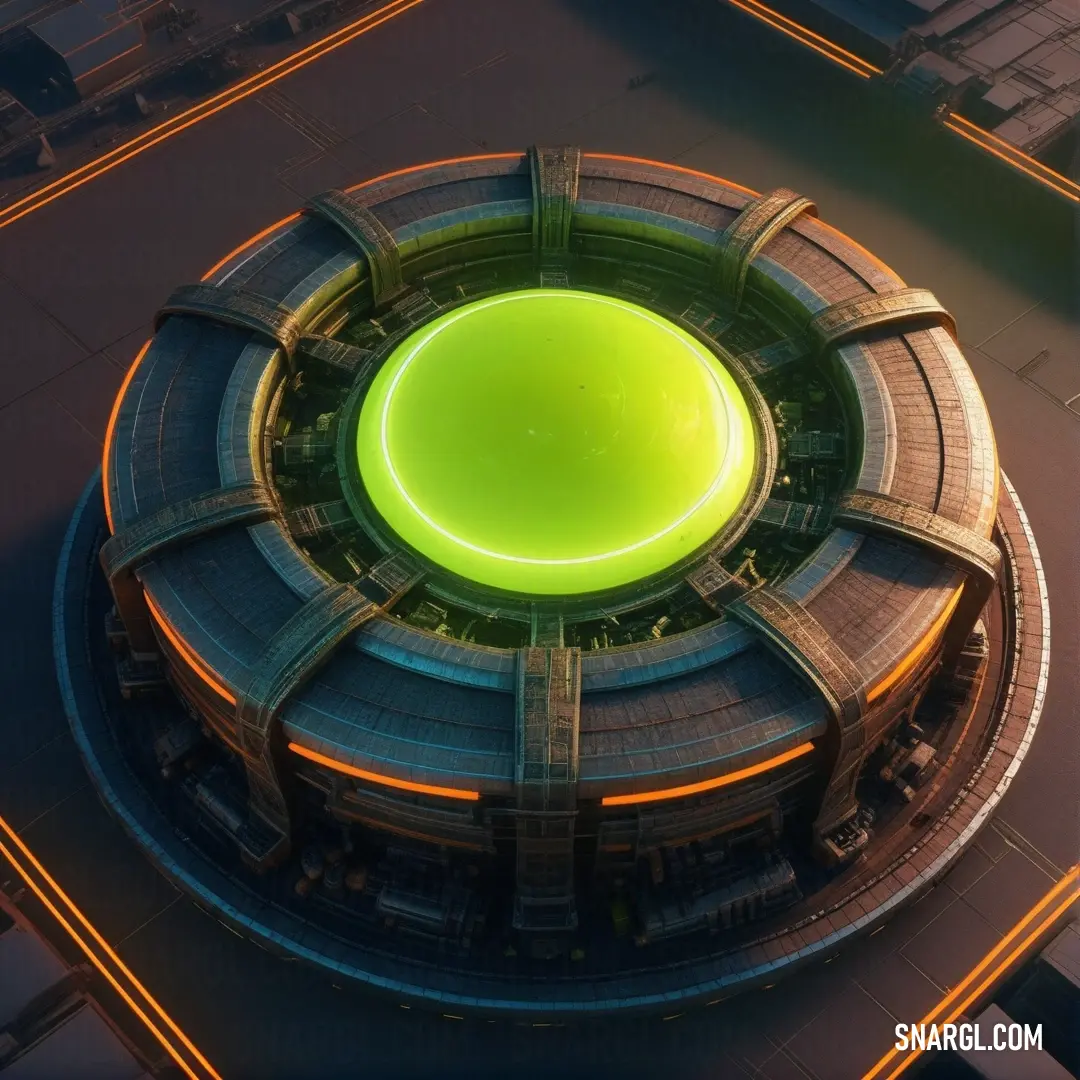


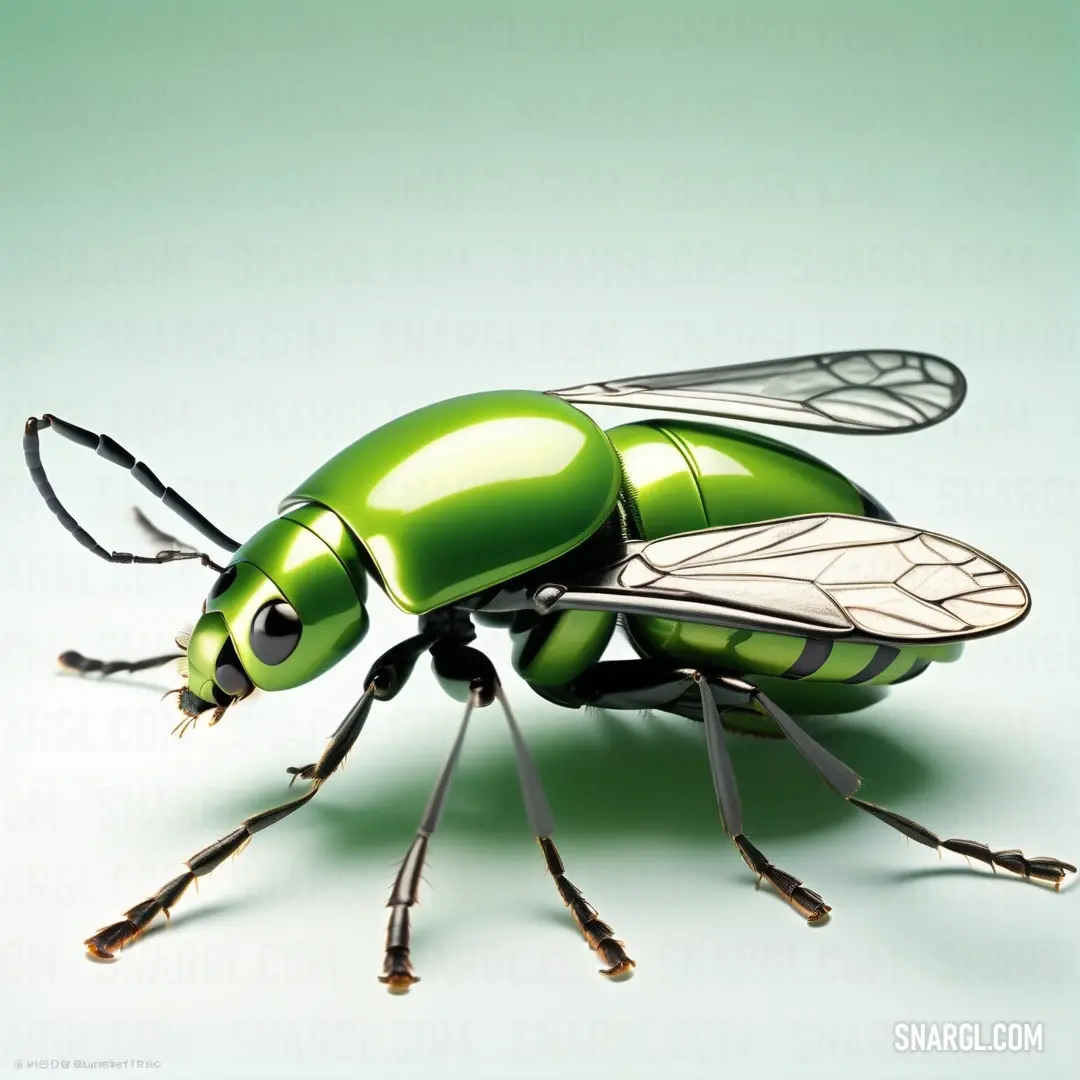
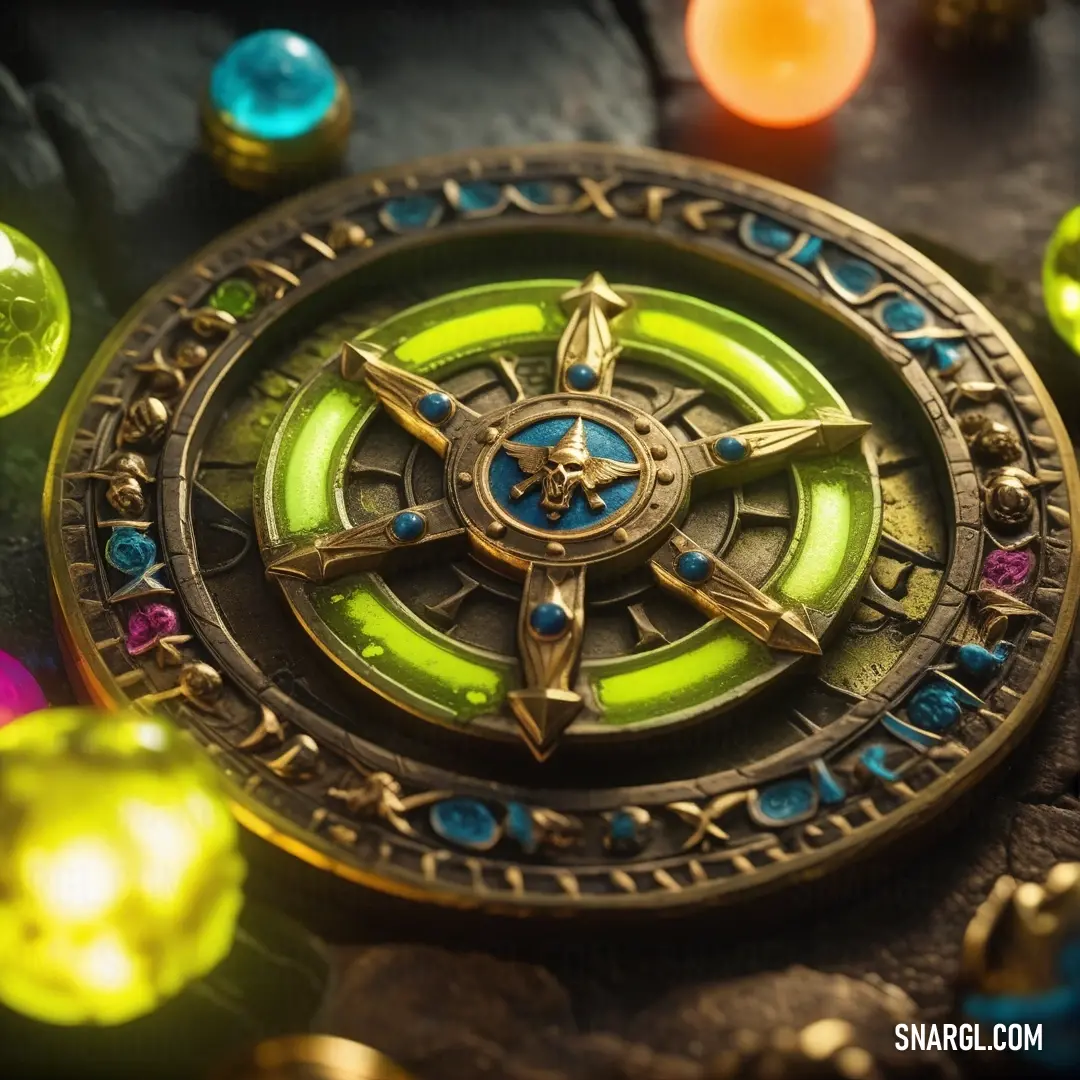
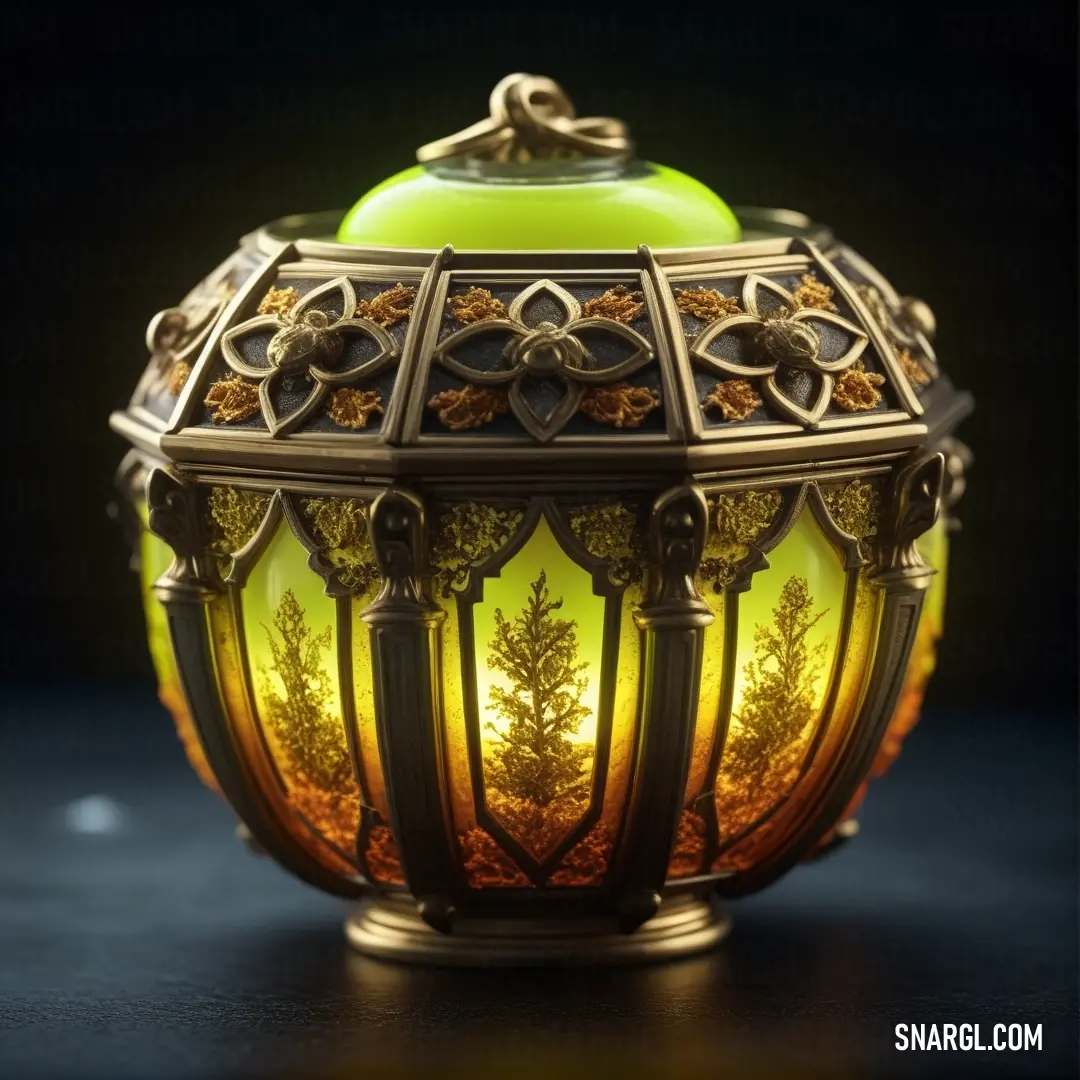

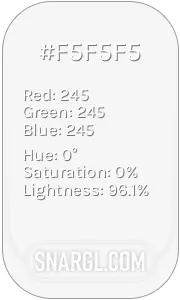 White smoke
White smoke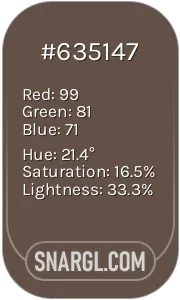 Umber
Umber Tumbleweed
Tumbleweed Sunglow
Sunglow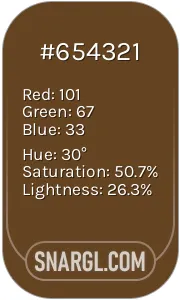 Dark brown
Dark brown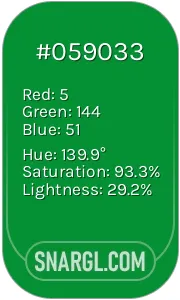 North Texas Green
North Texas Green



























